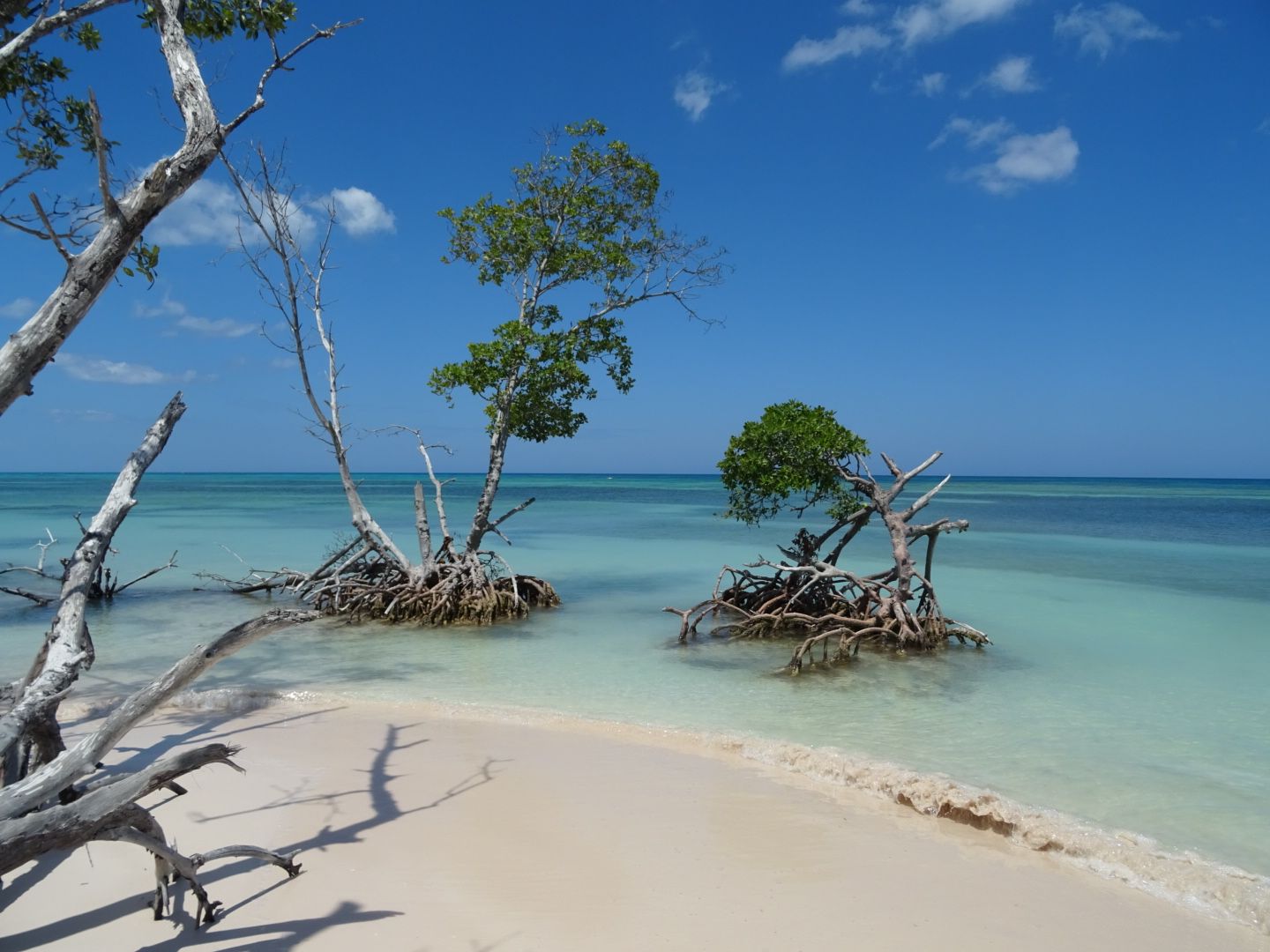Colombia
ئېلان قىلىندى: 23.06.2023
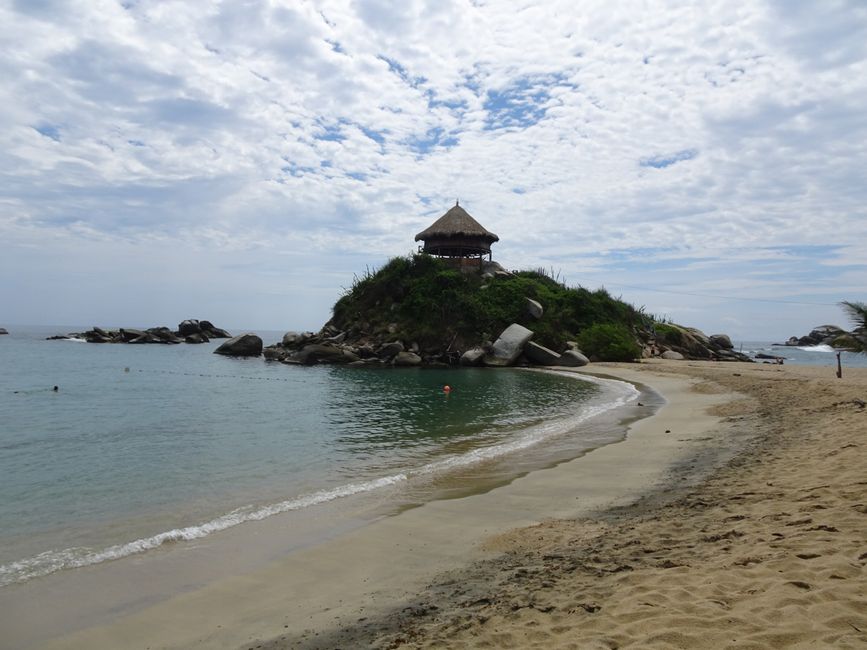
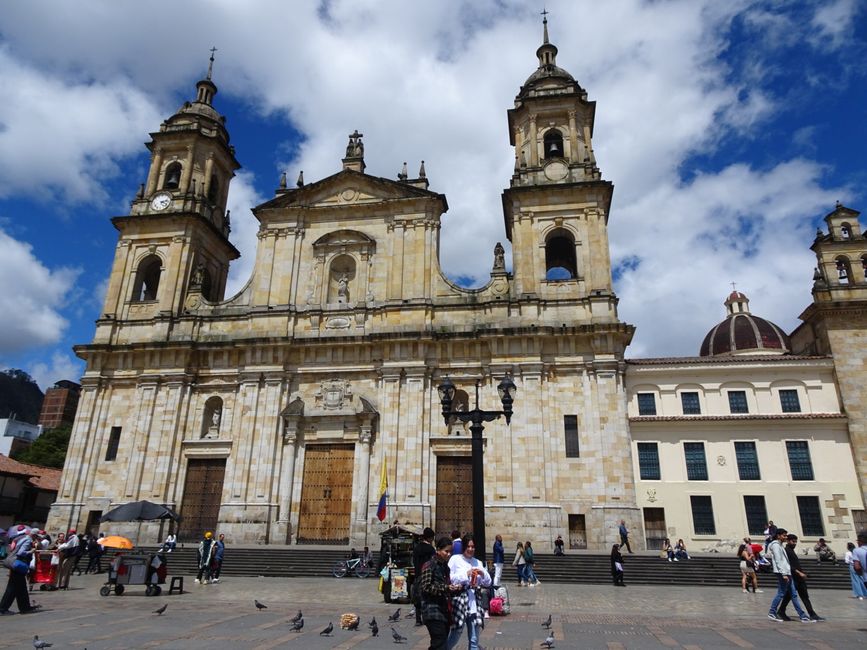
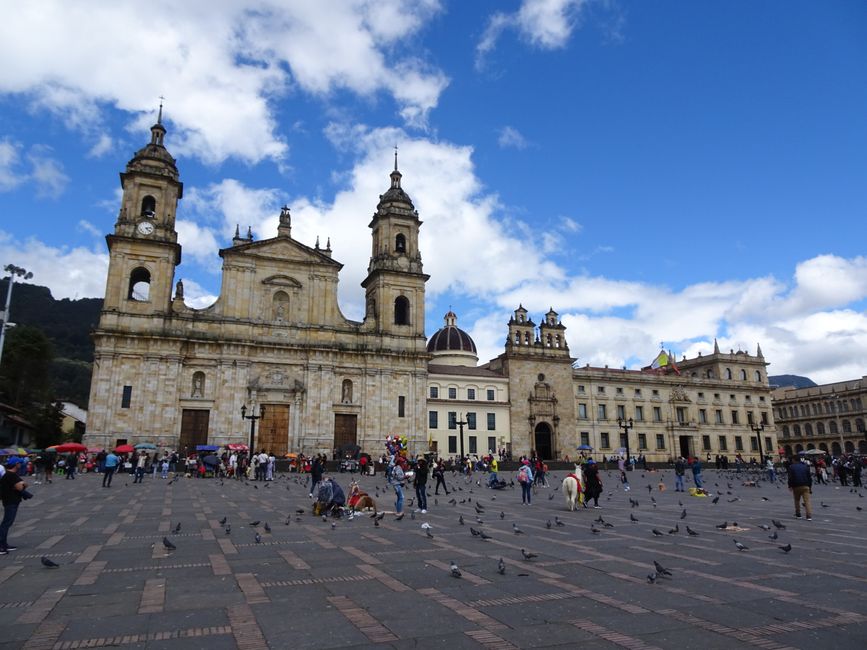
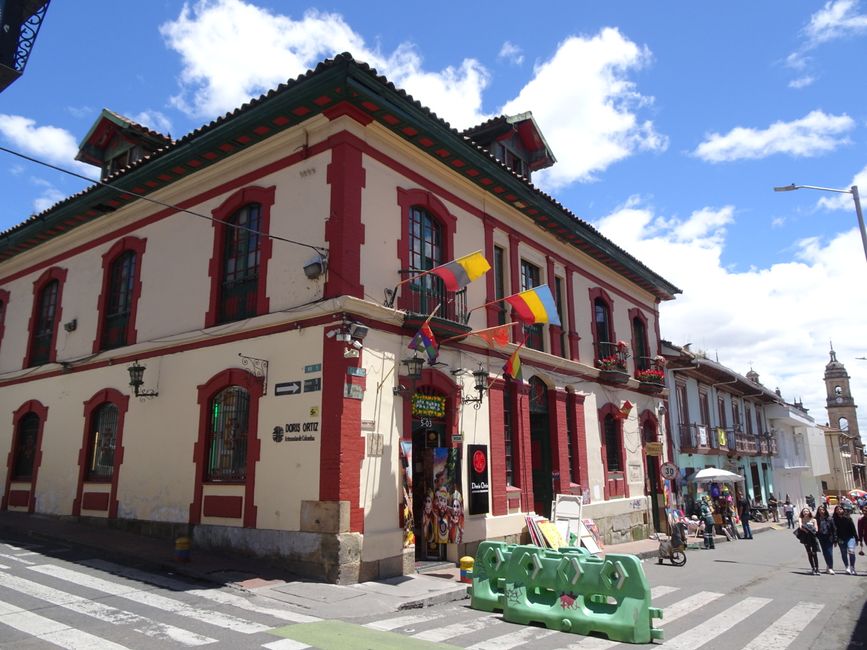
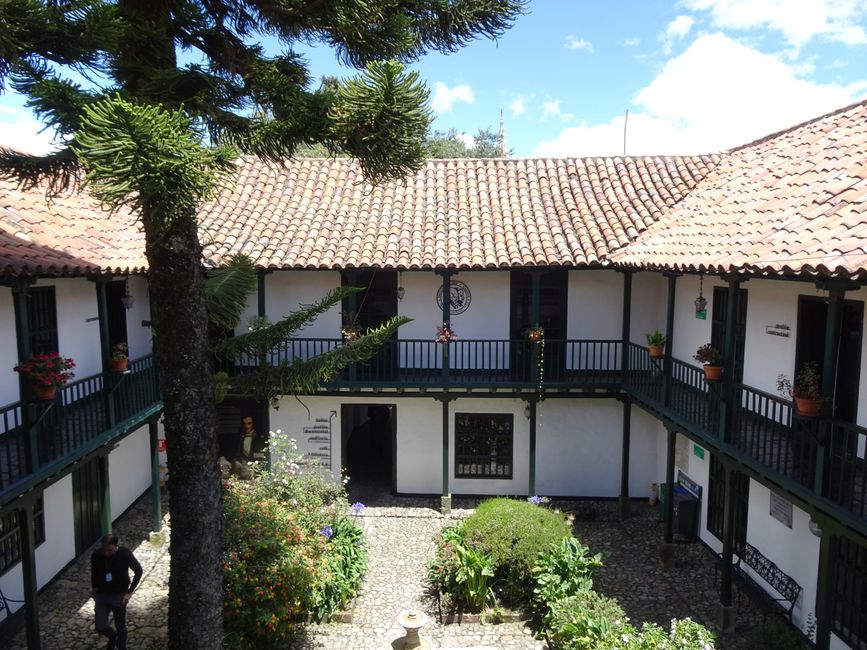
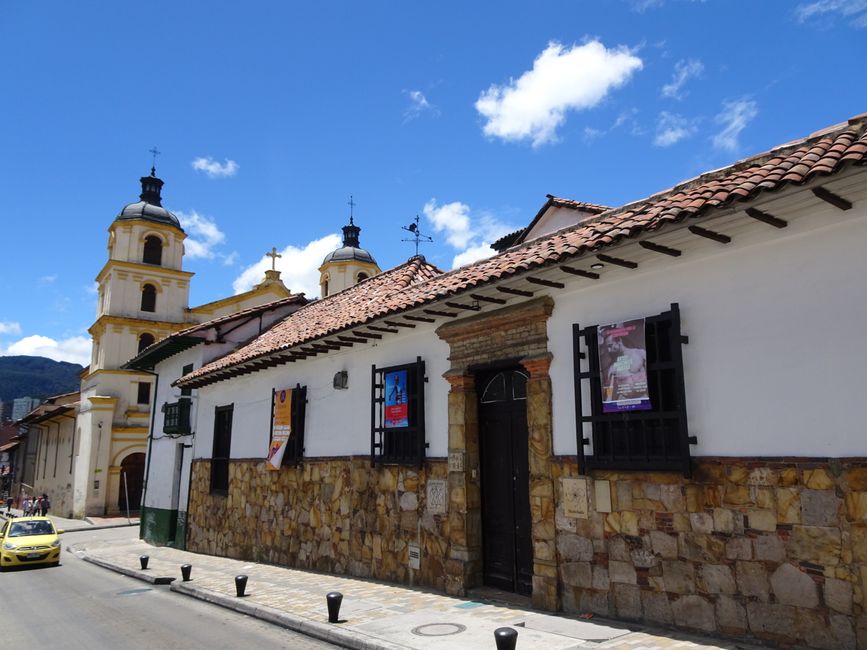
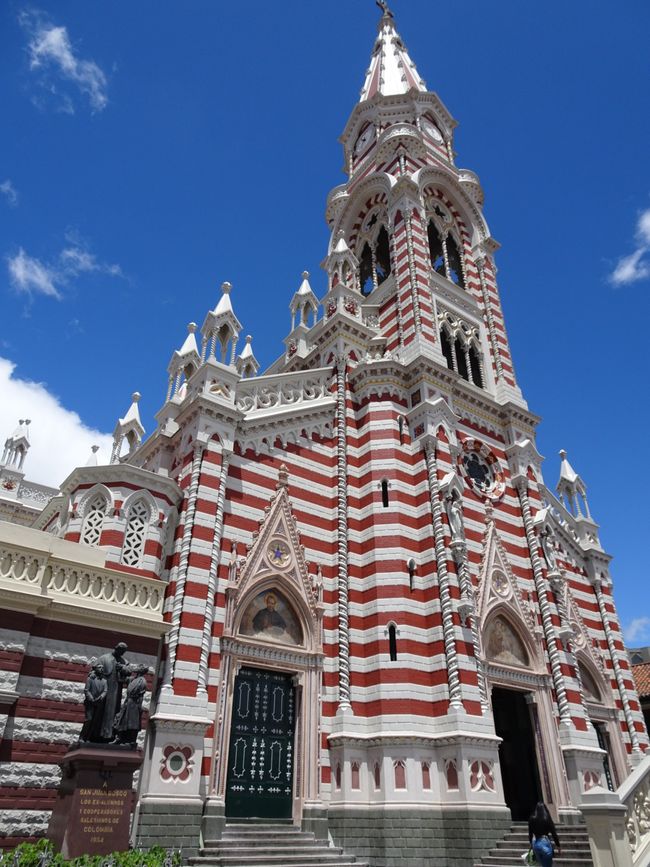
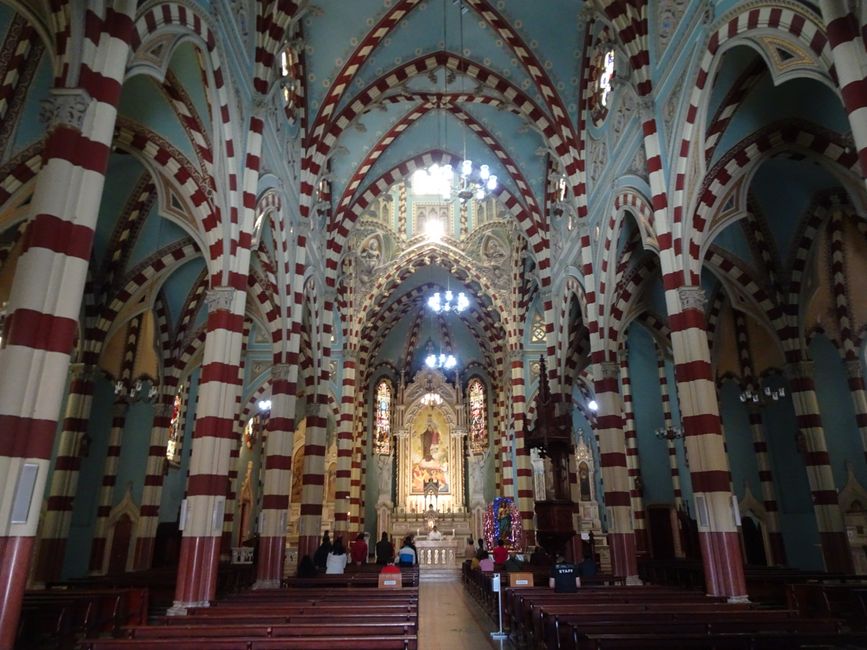
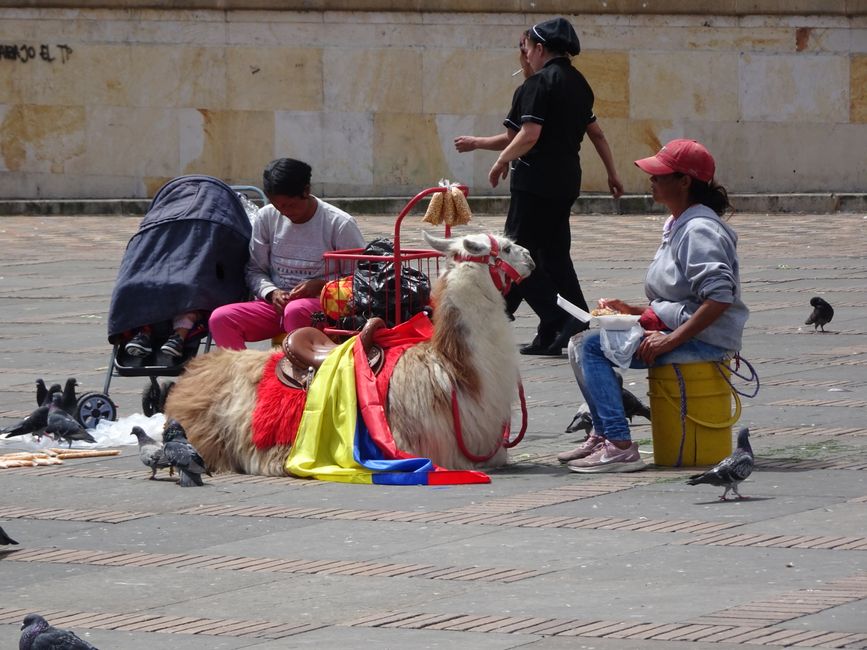
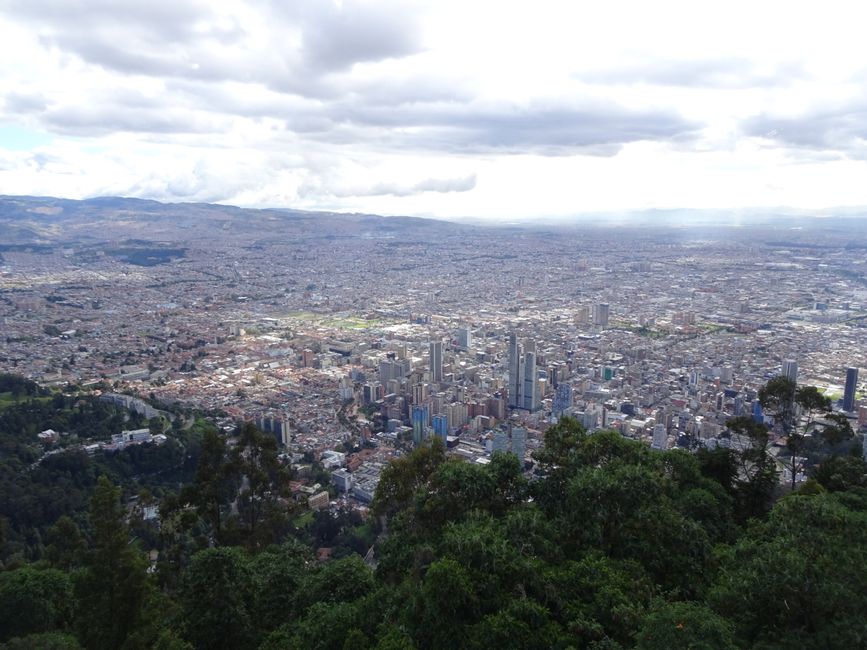
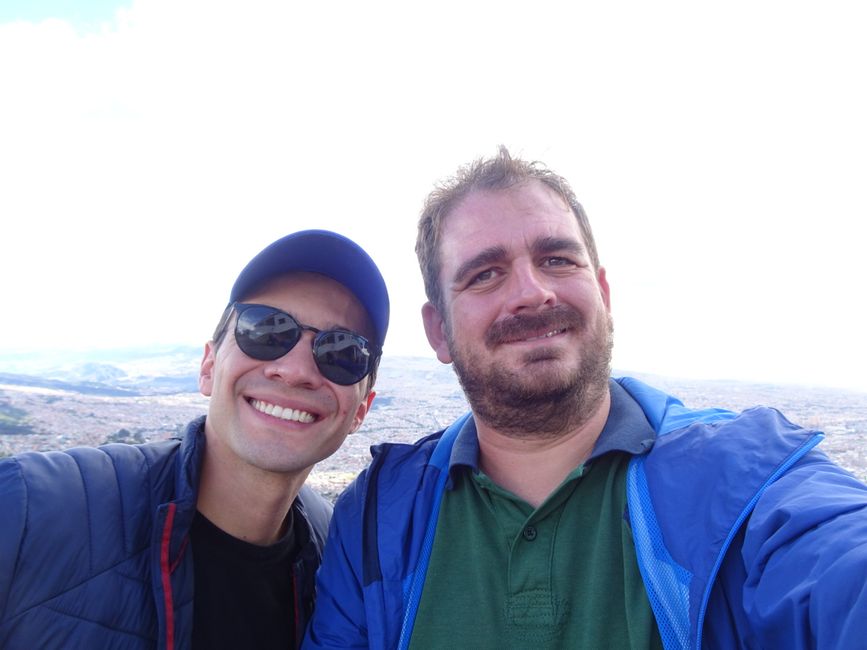
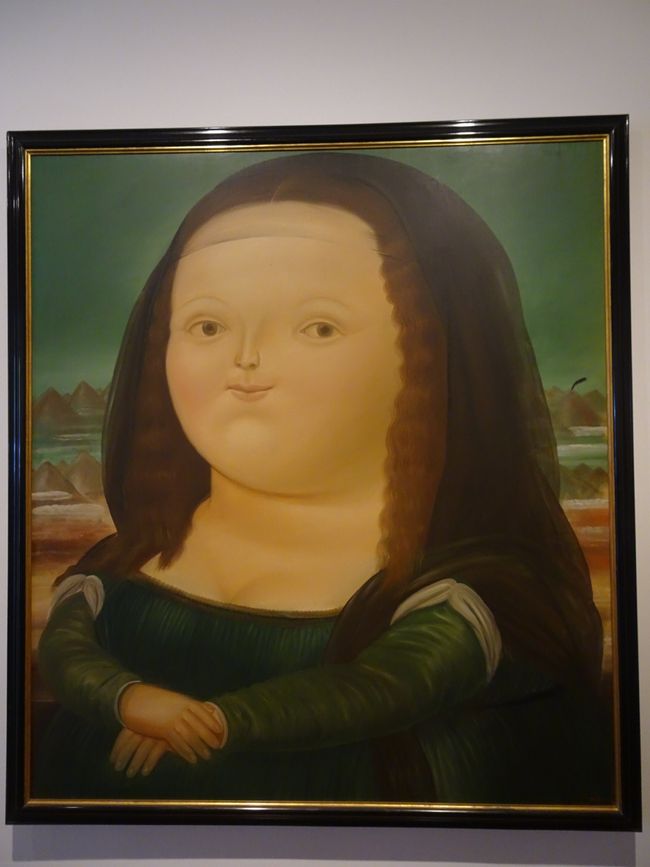

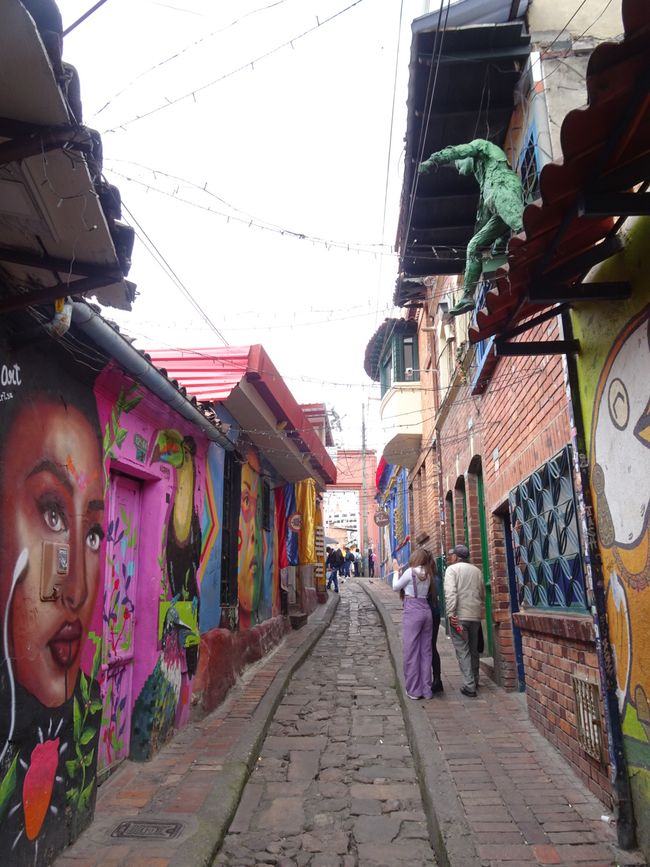
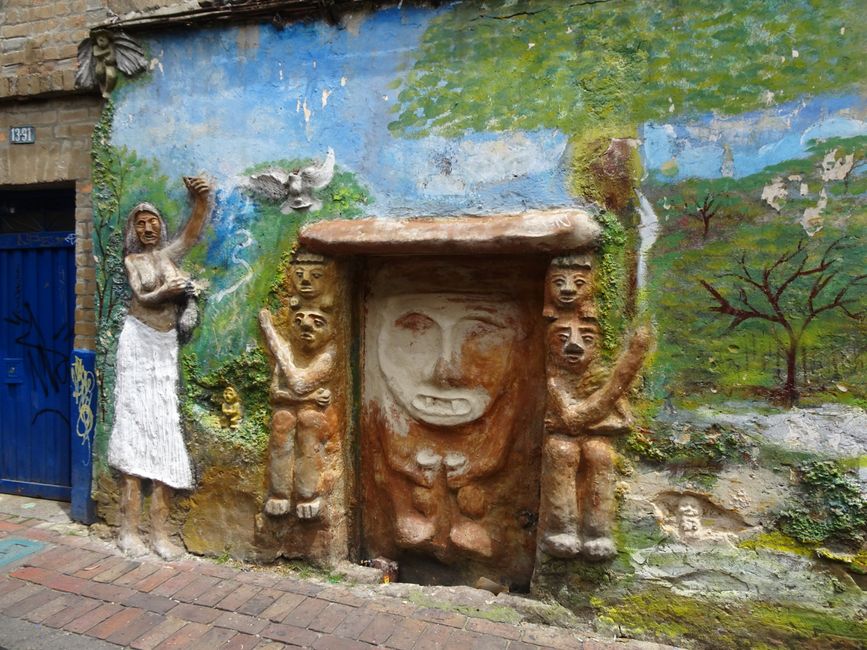
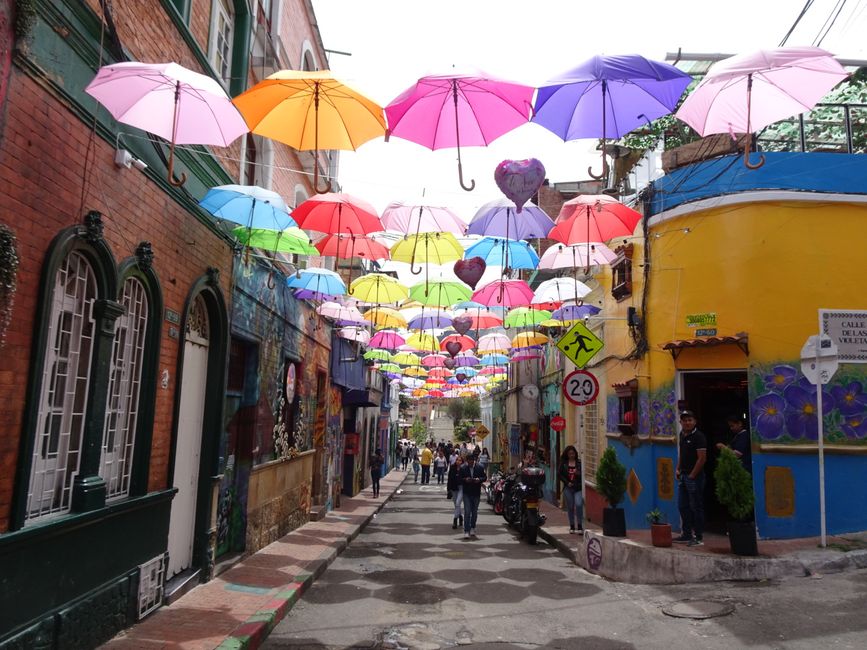
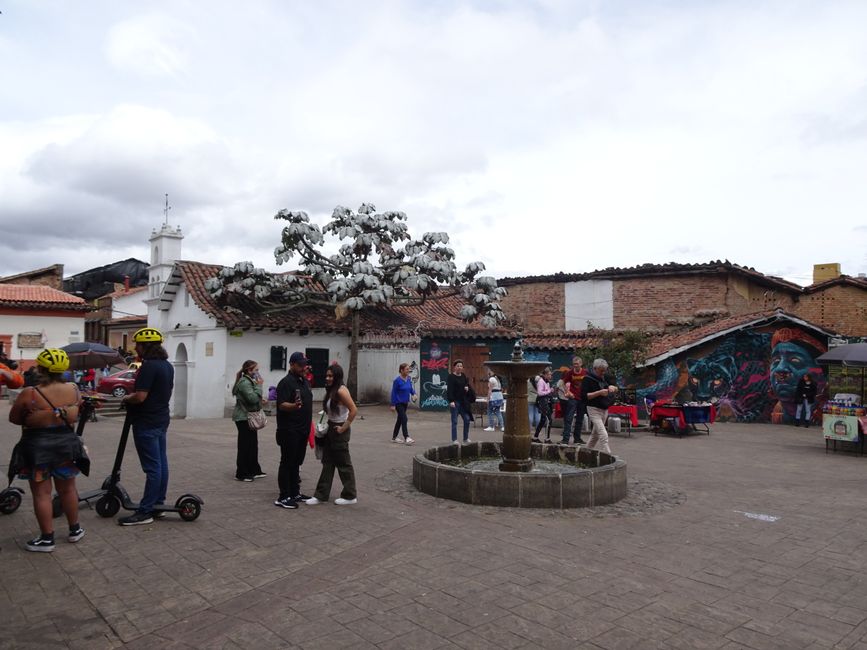
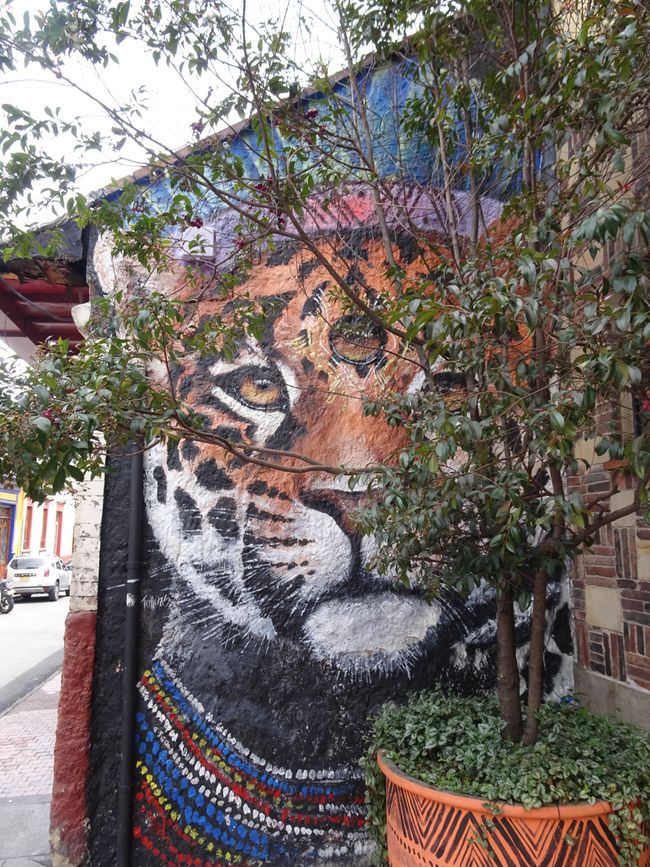
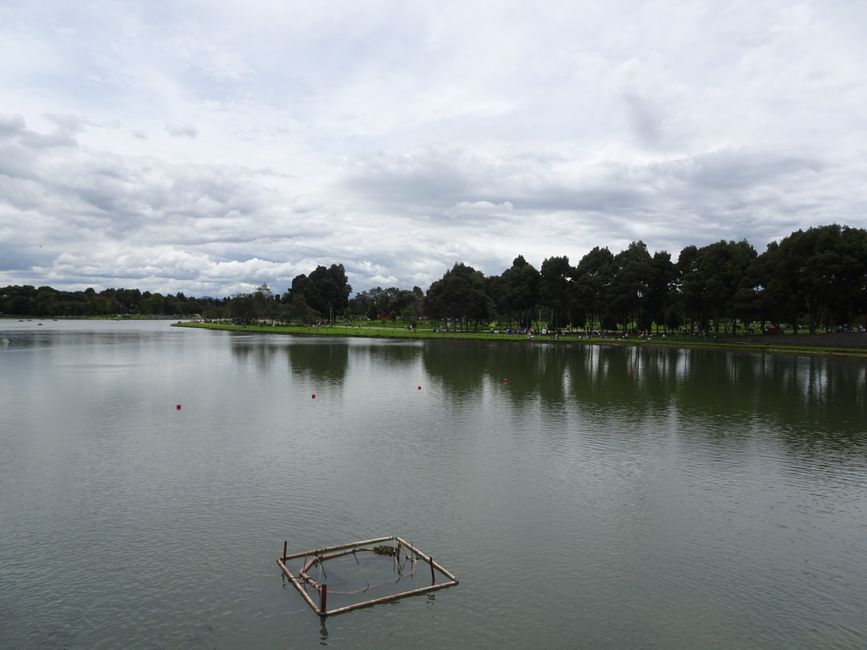
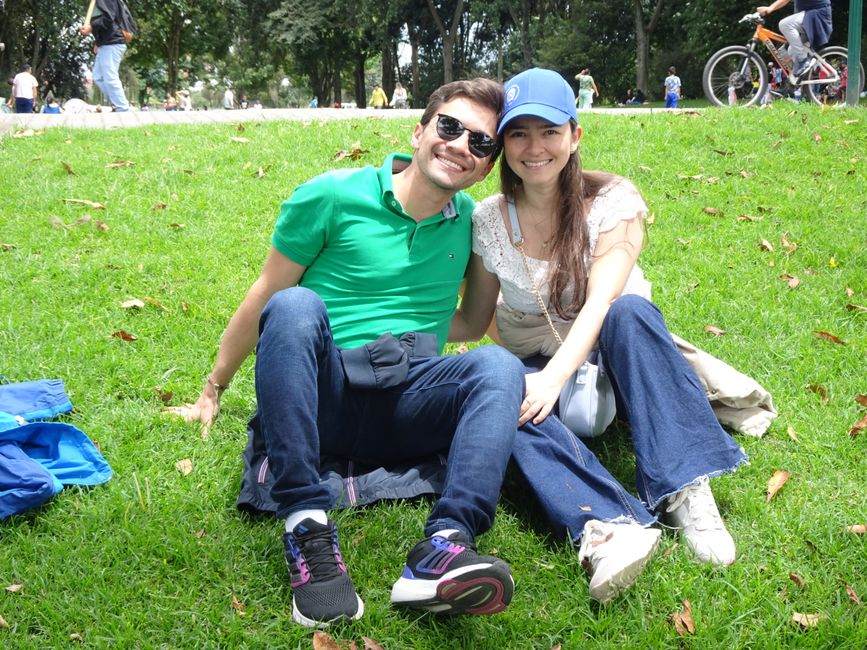
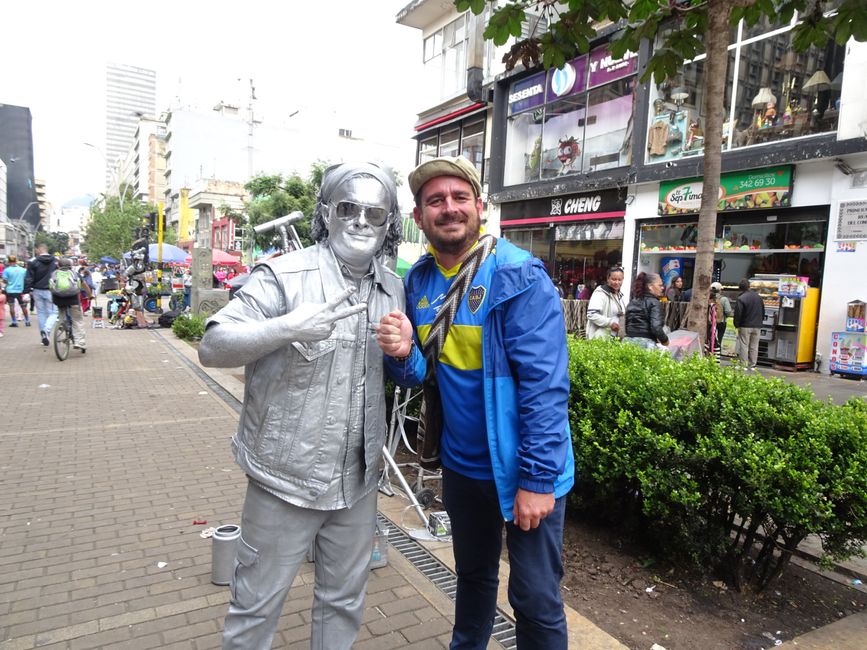
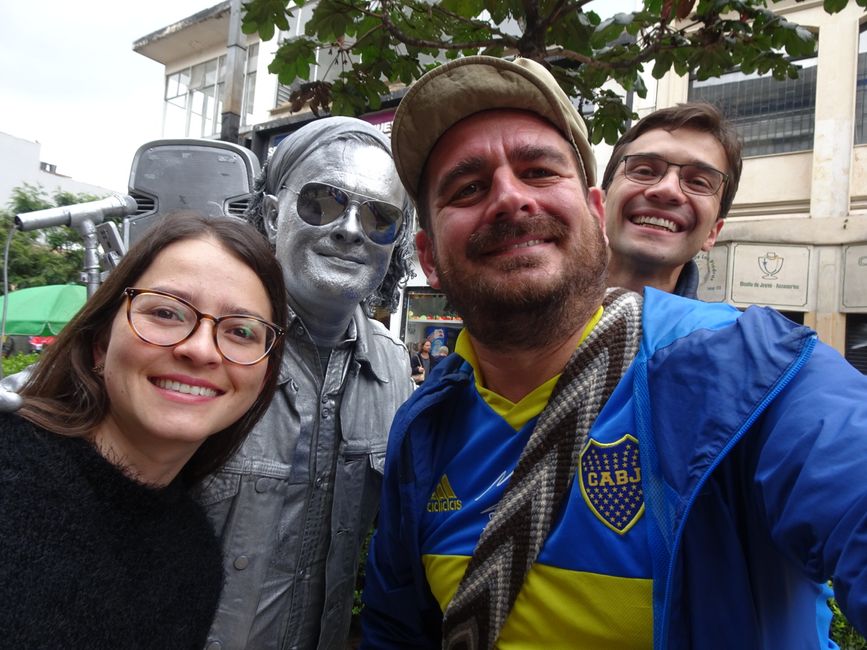
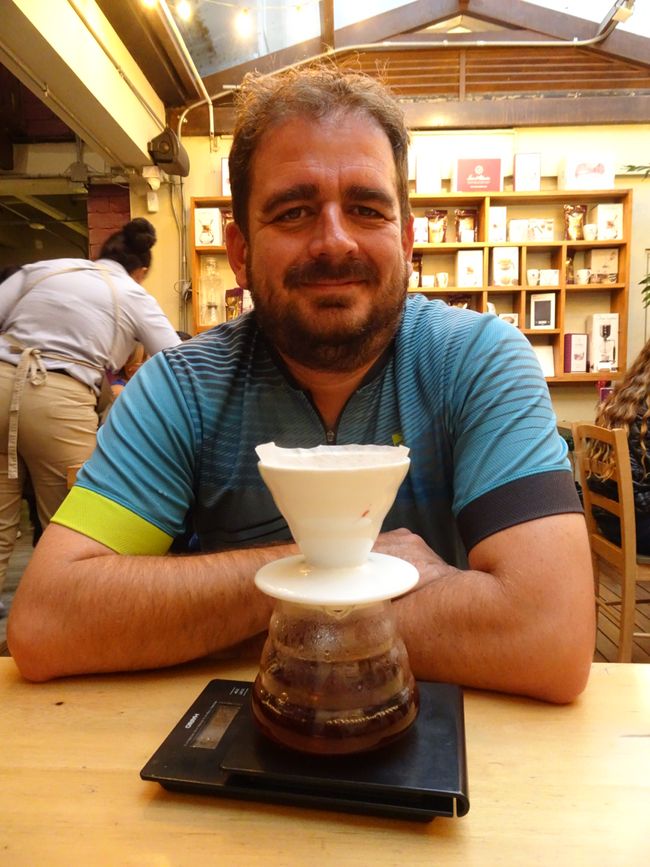
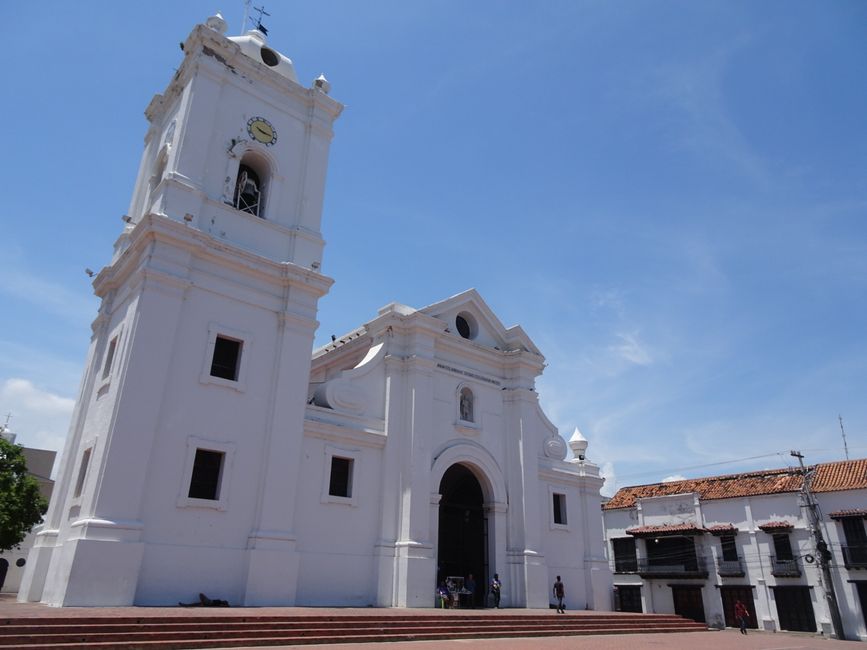
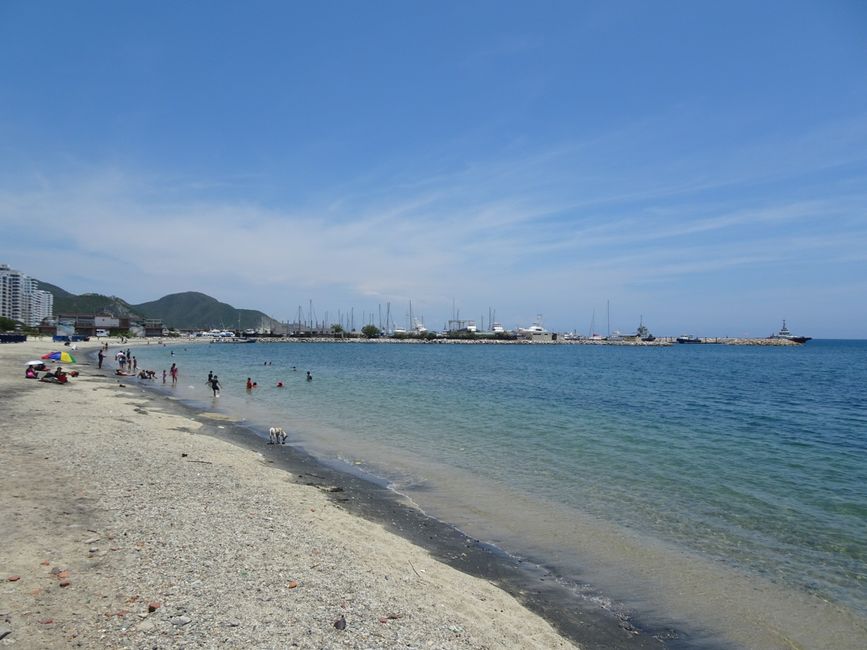
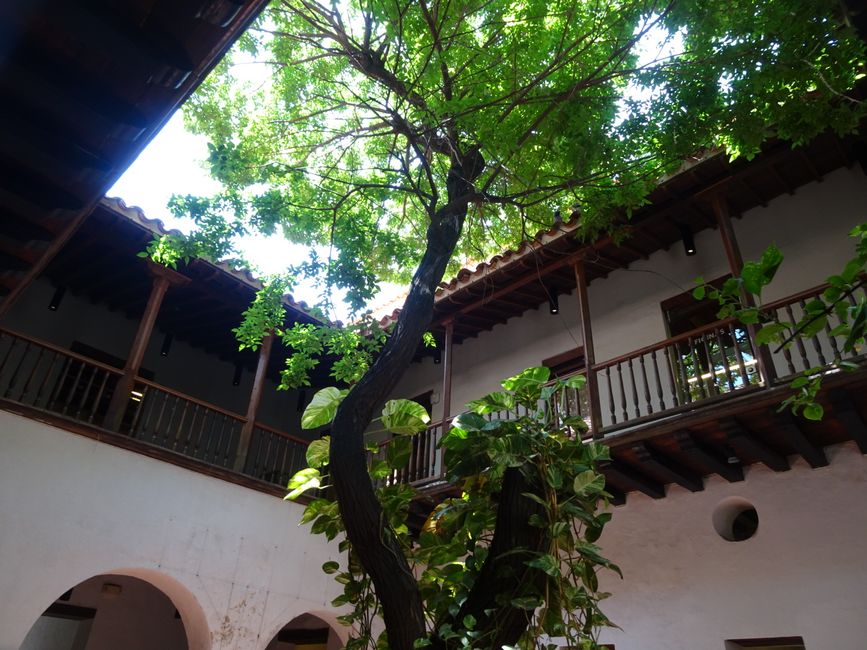
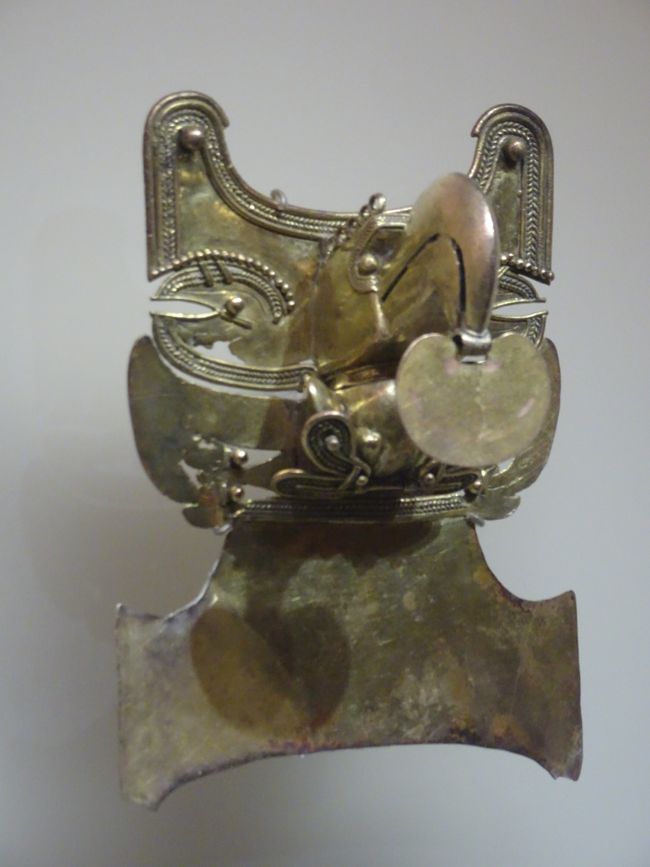
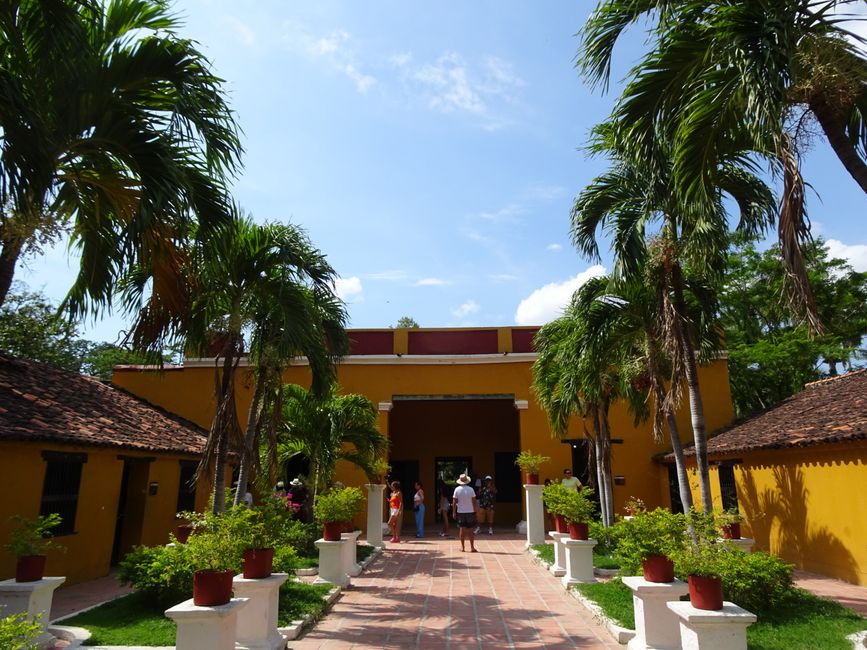
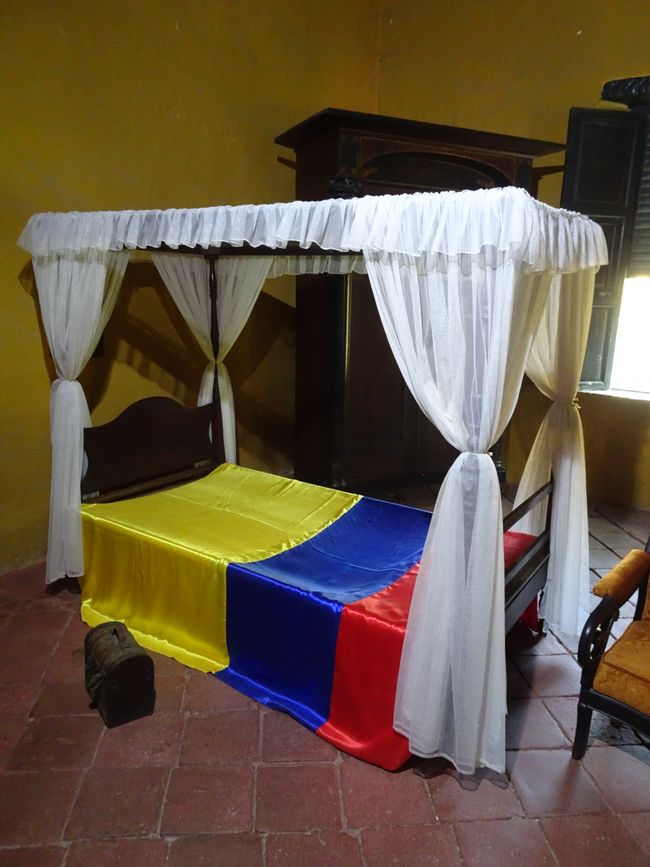
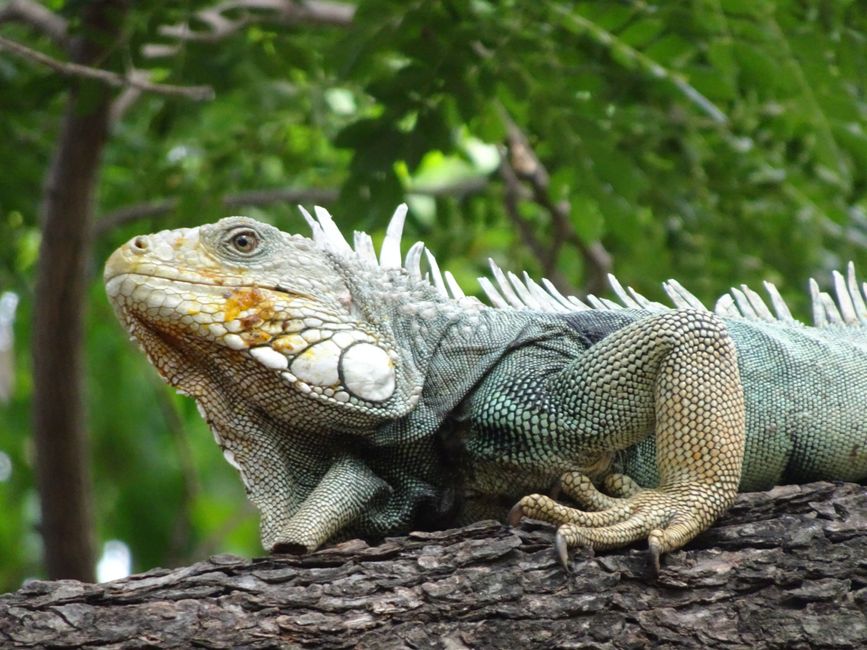
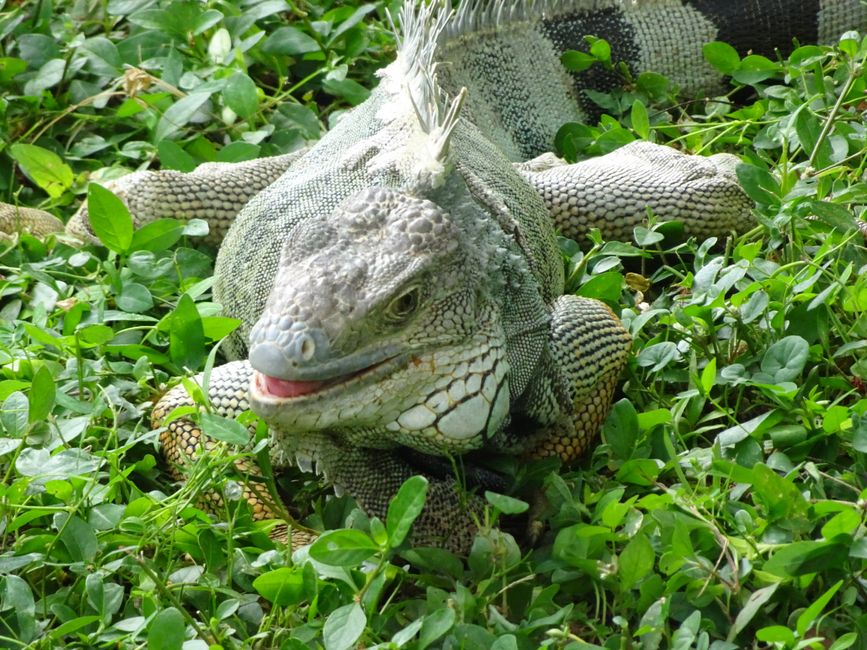
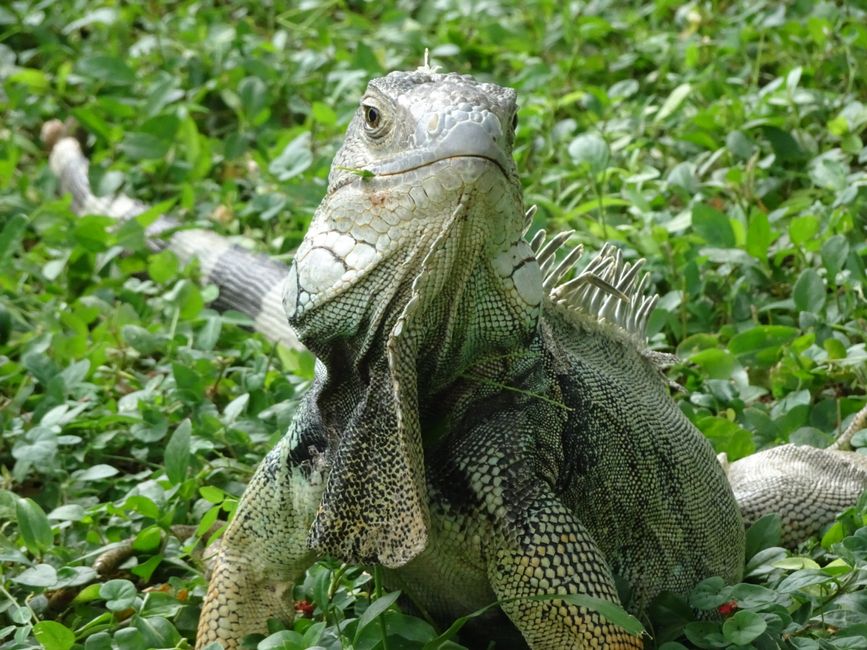
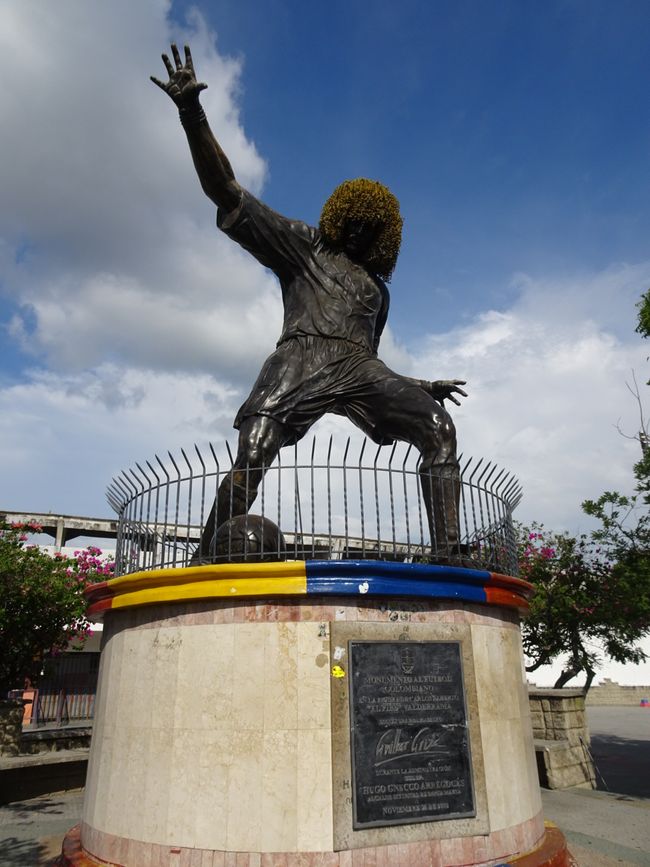
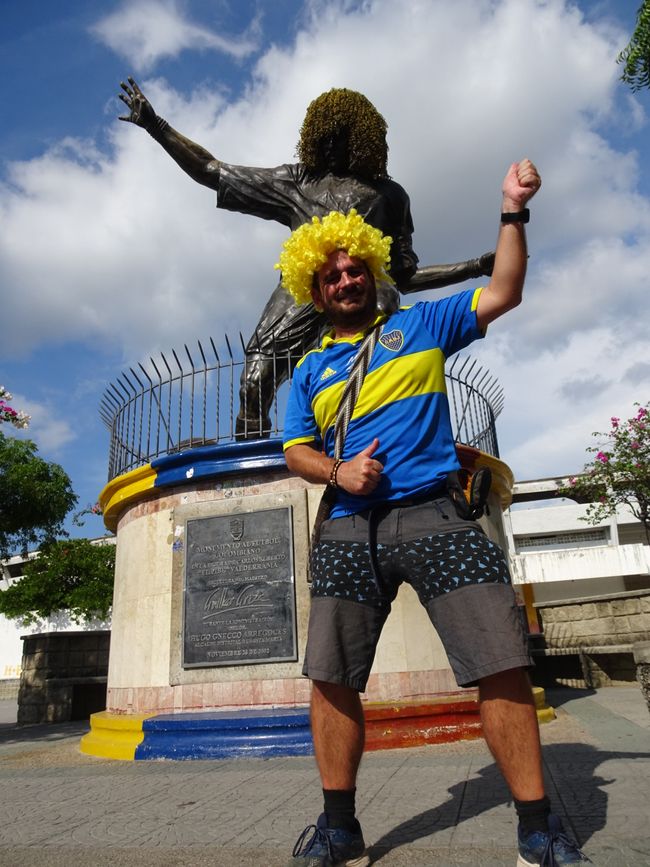
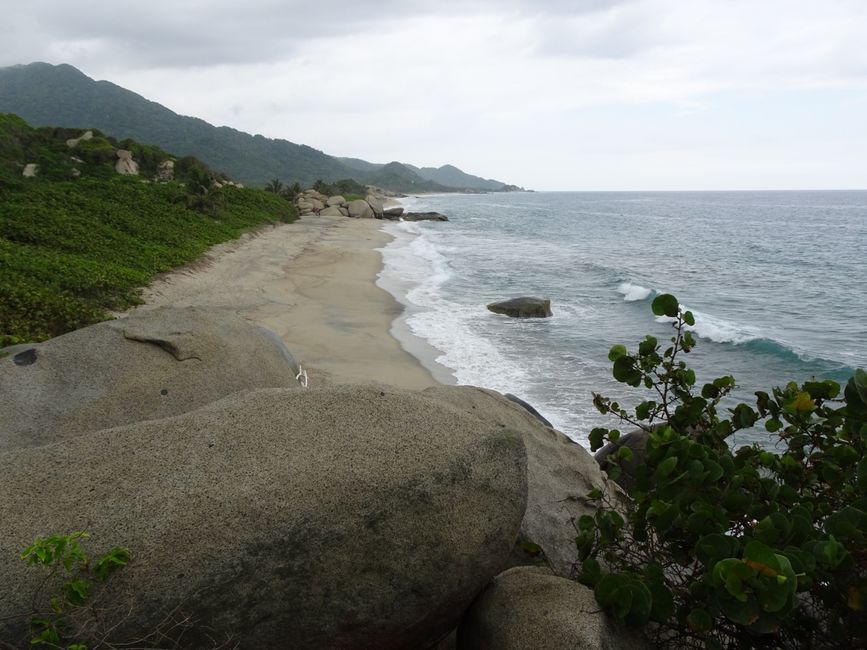
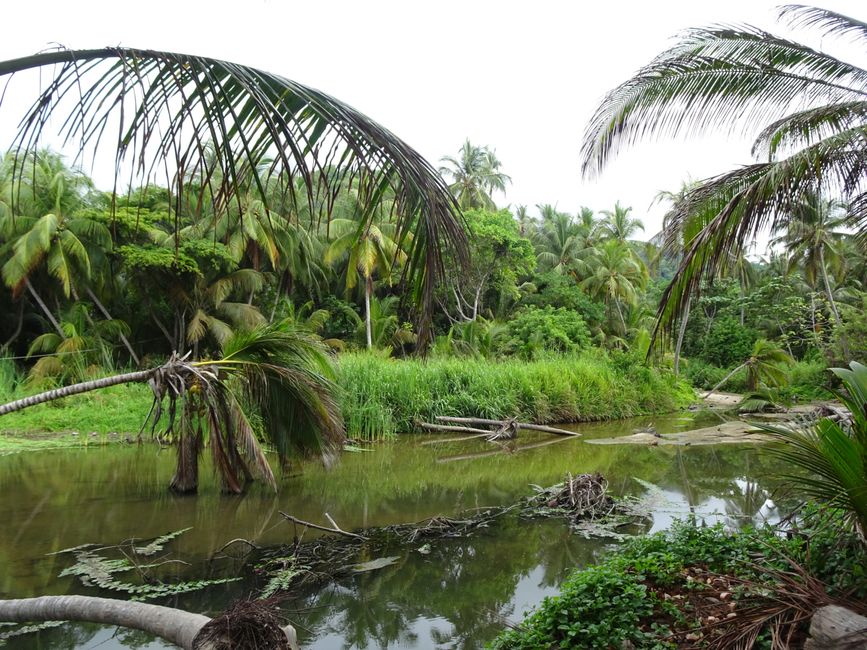
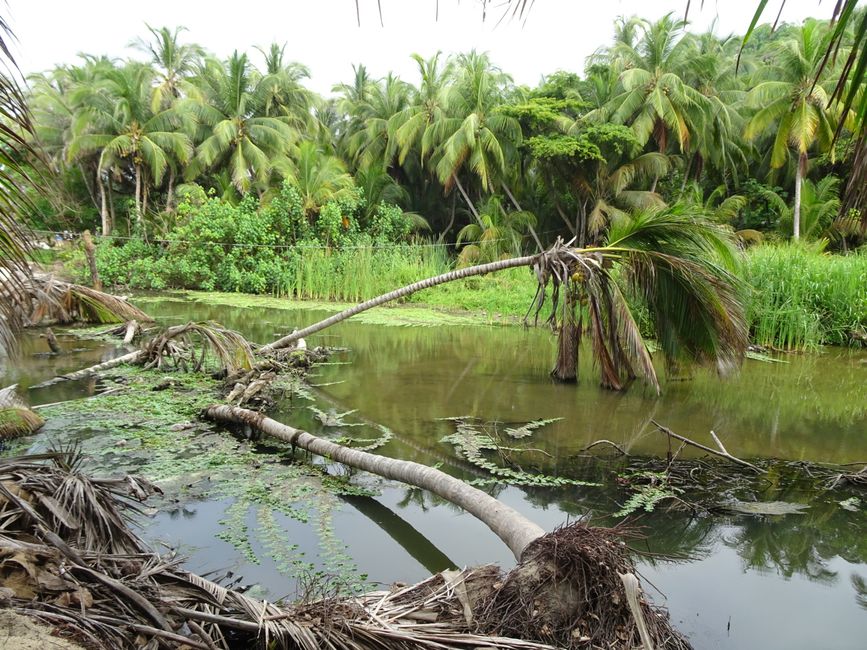
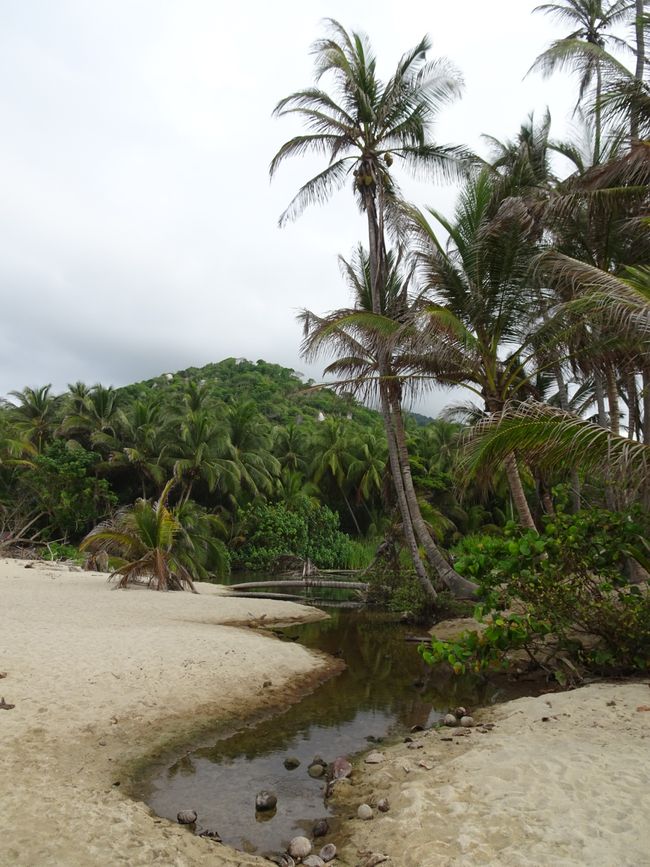
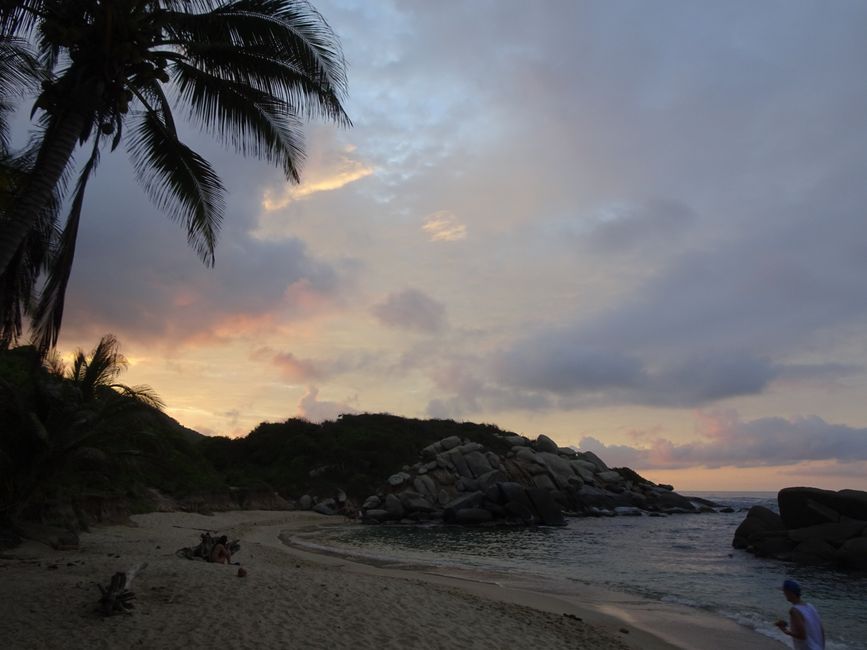
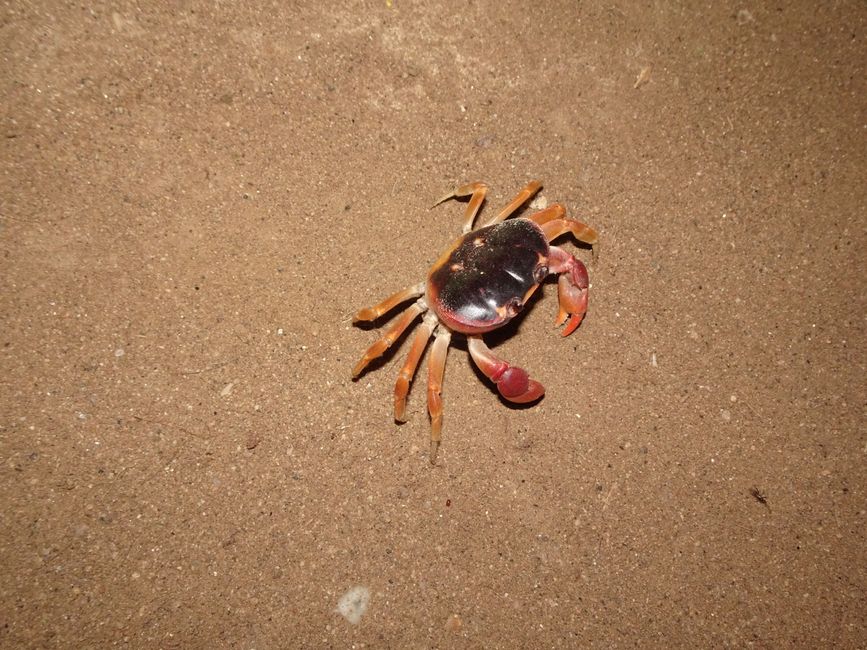
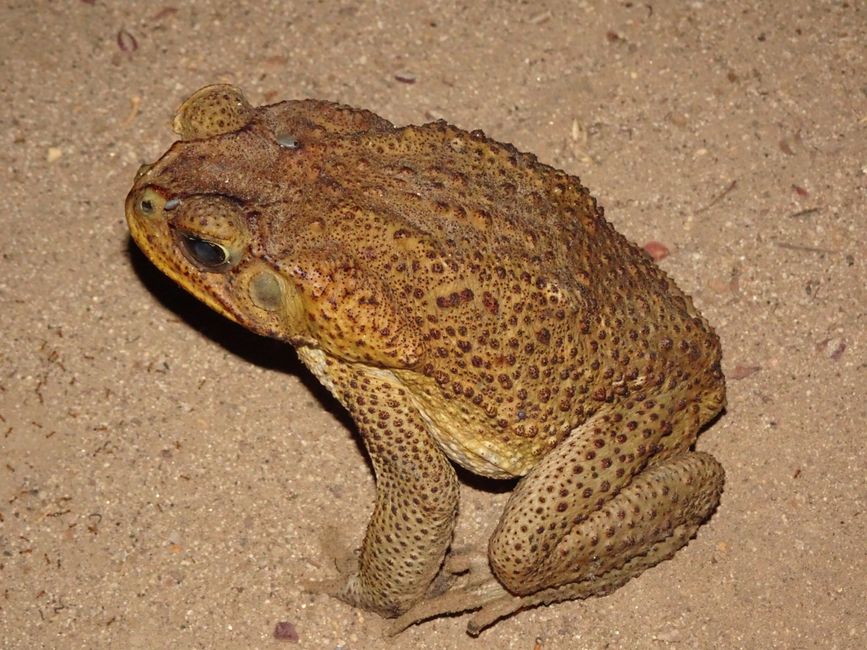
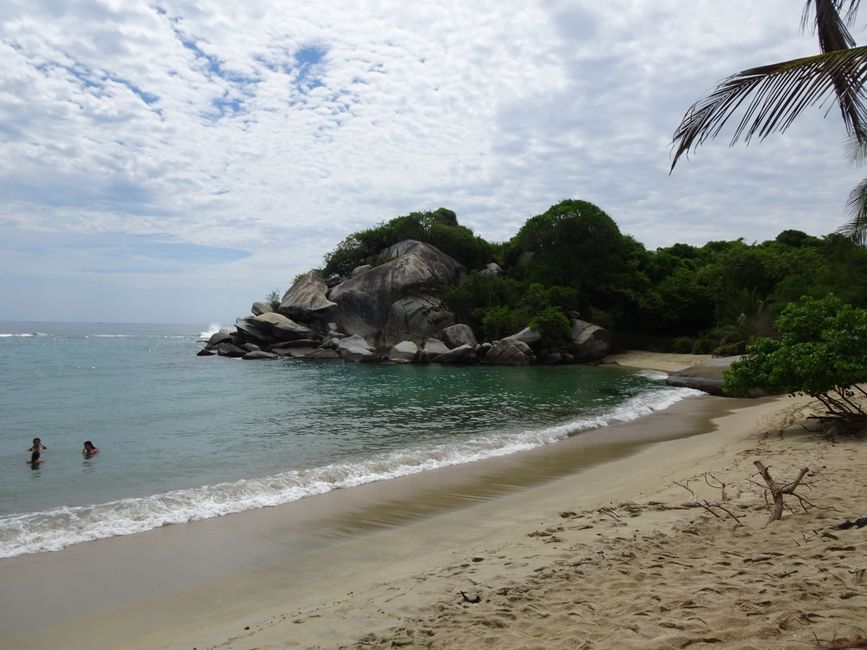
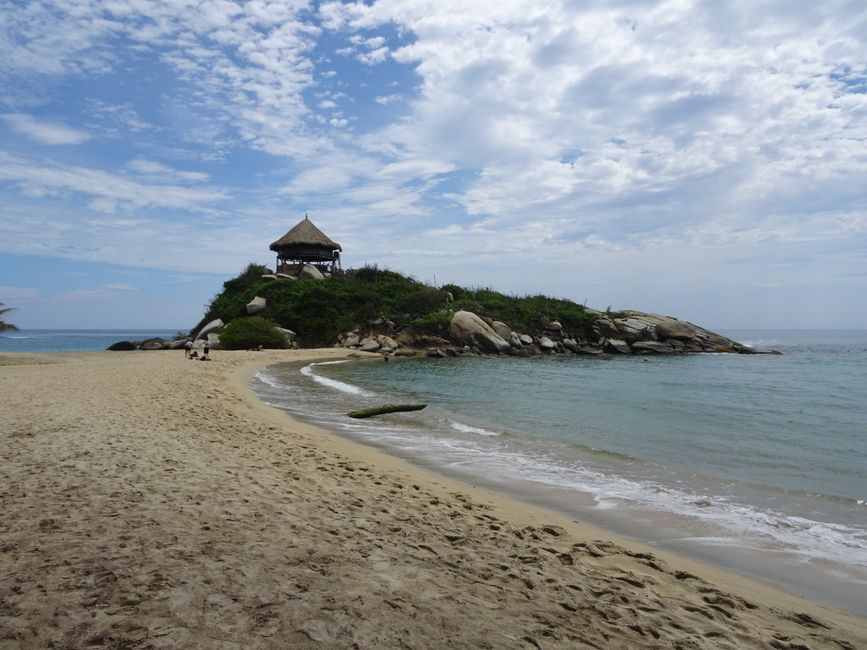
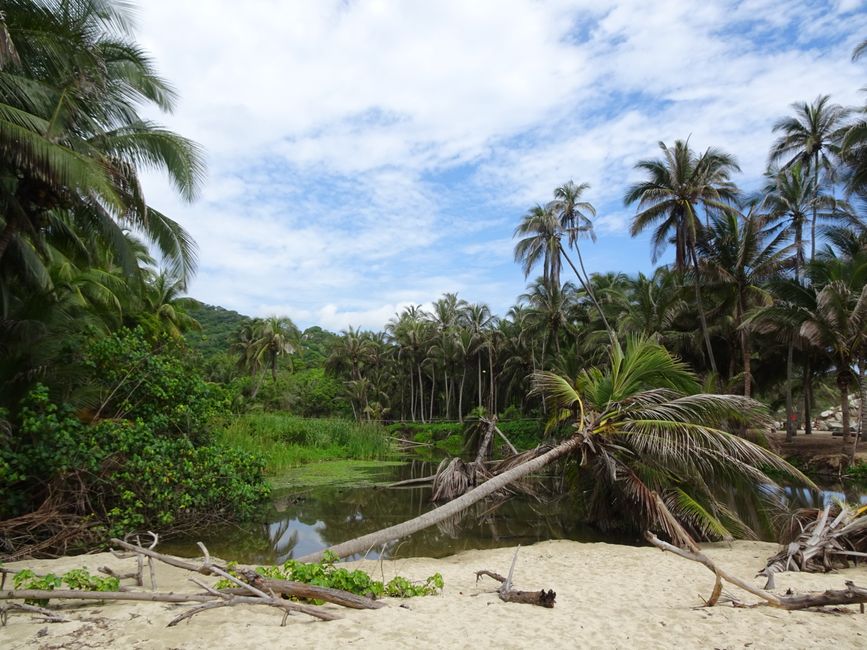
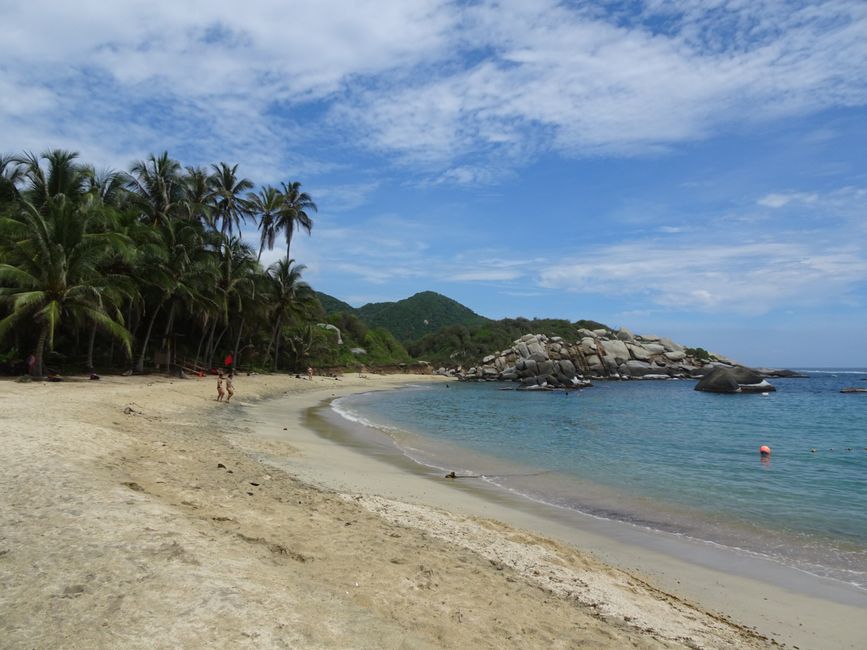
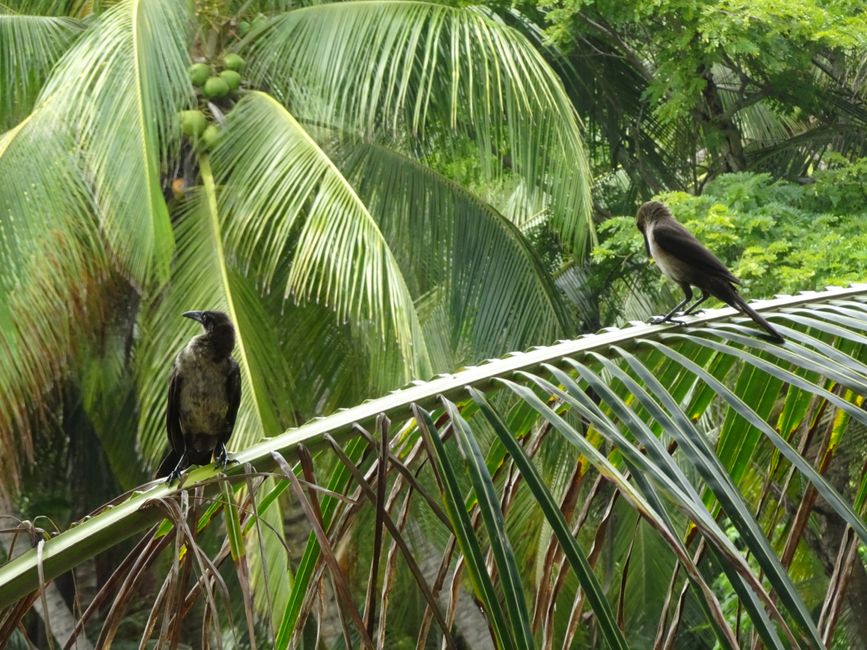
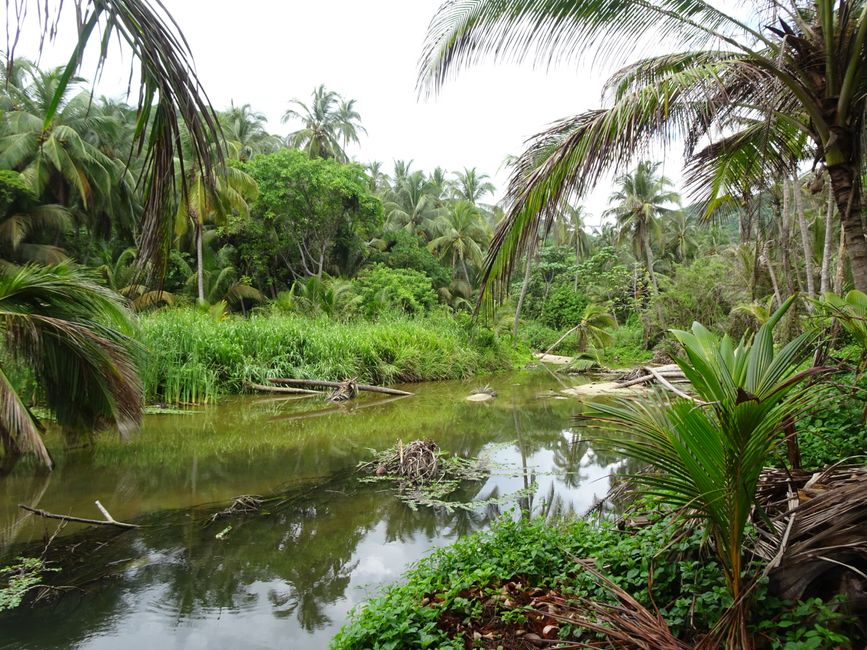
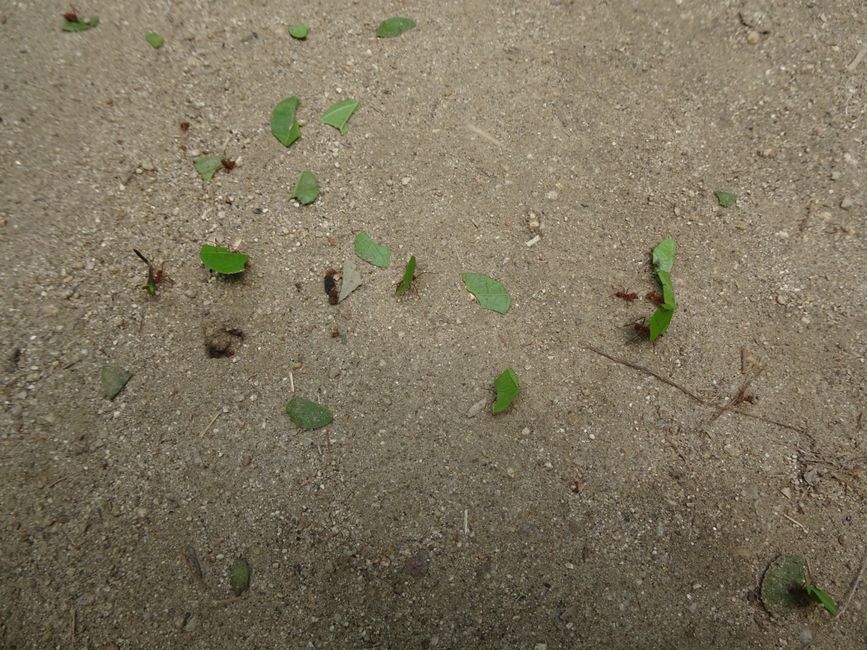
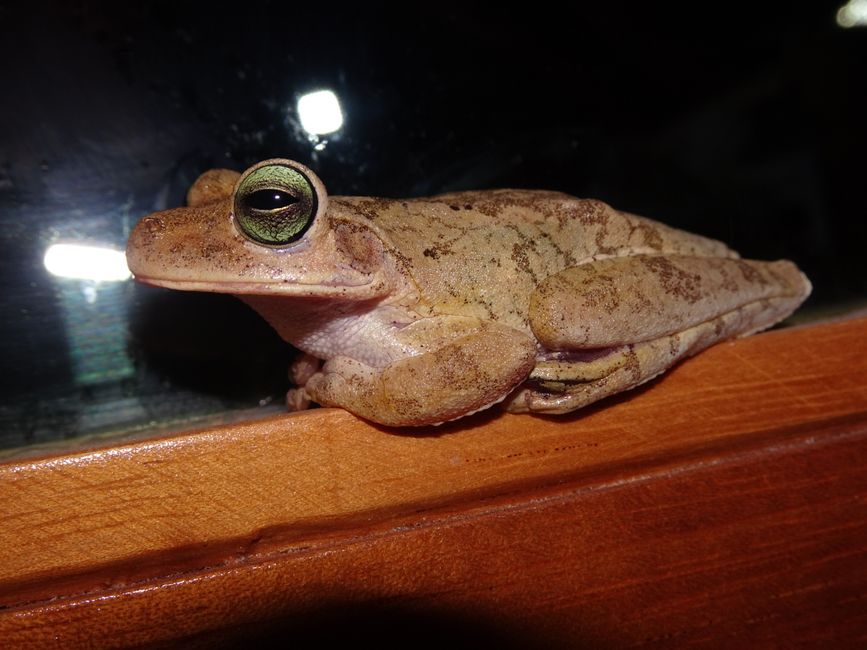
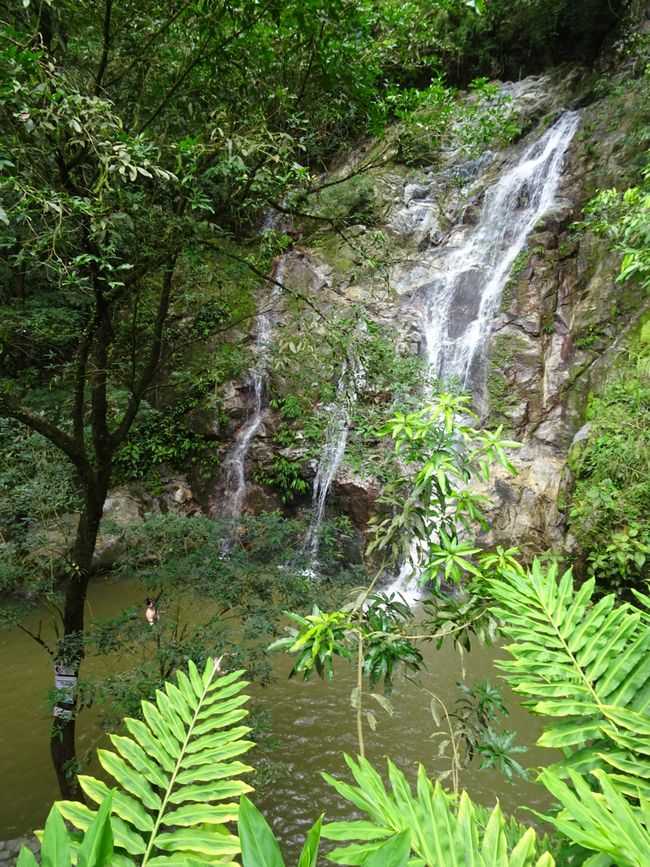
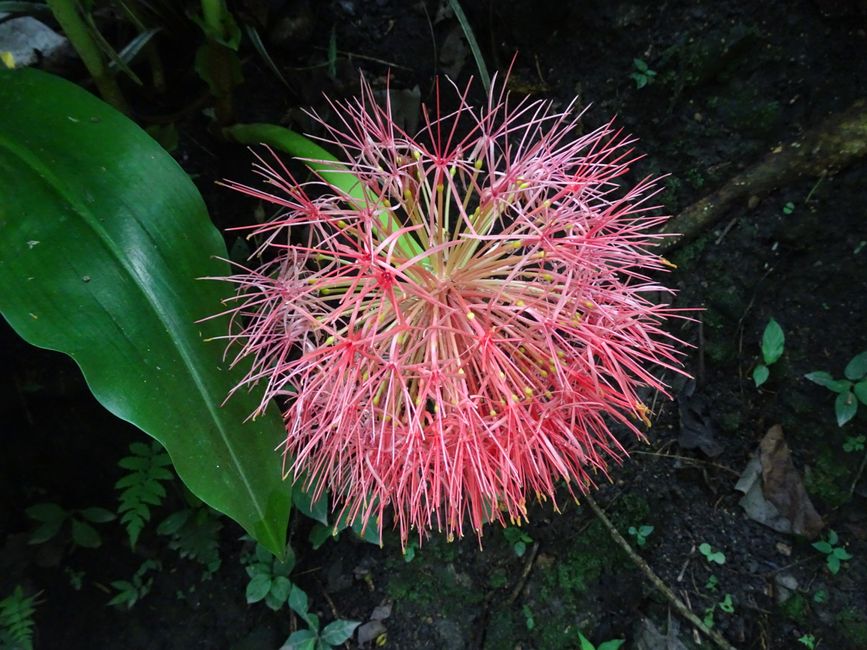
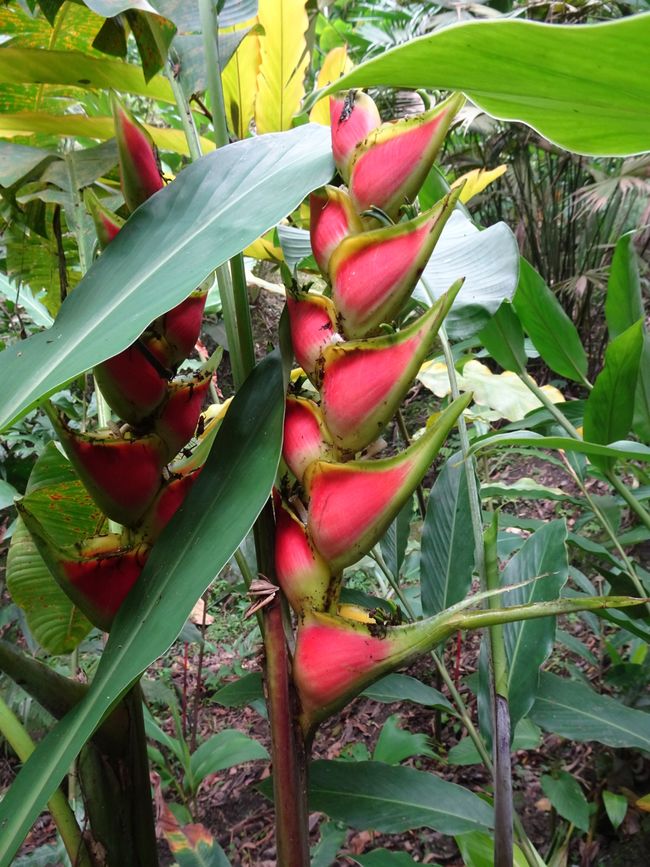
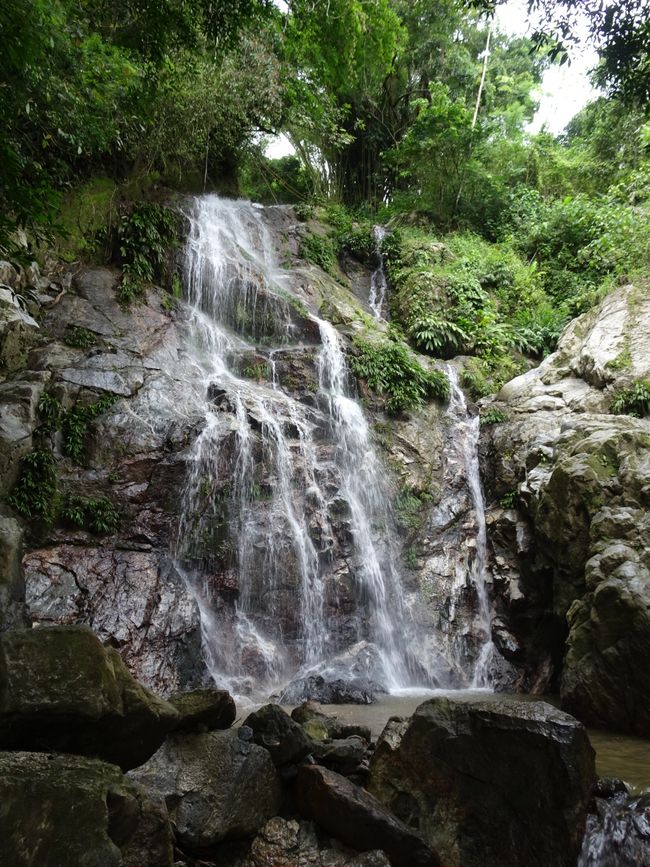
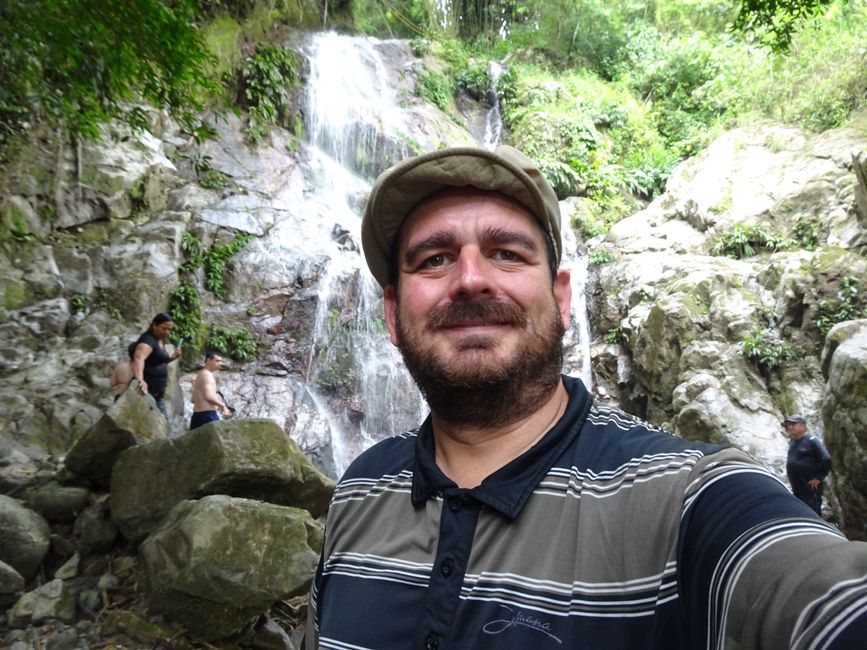
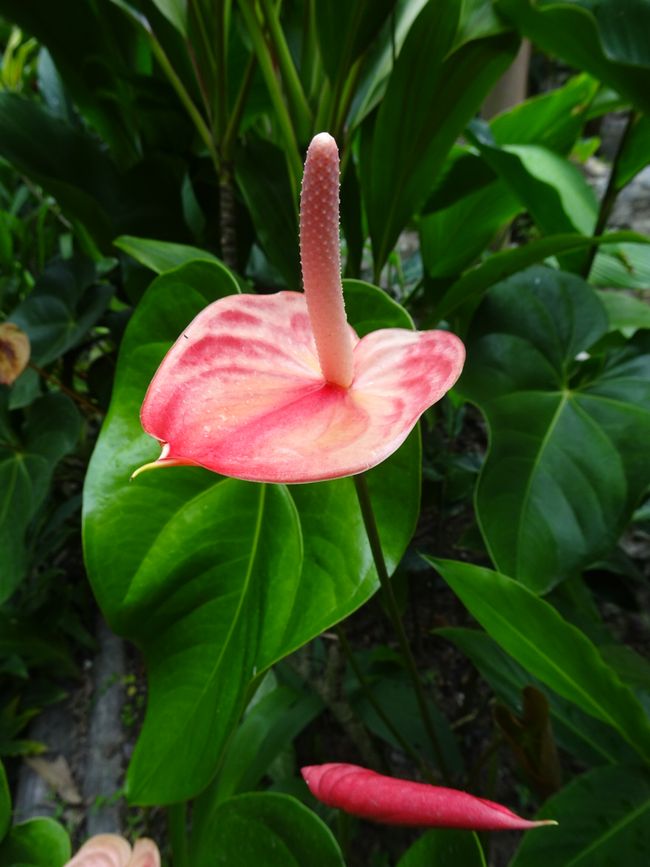
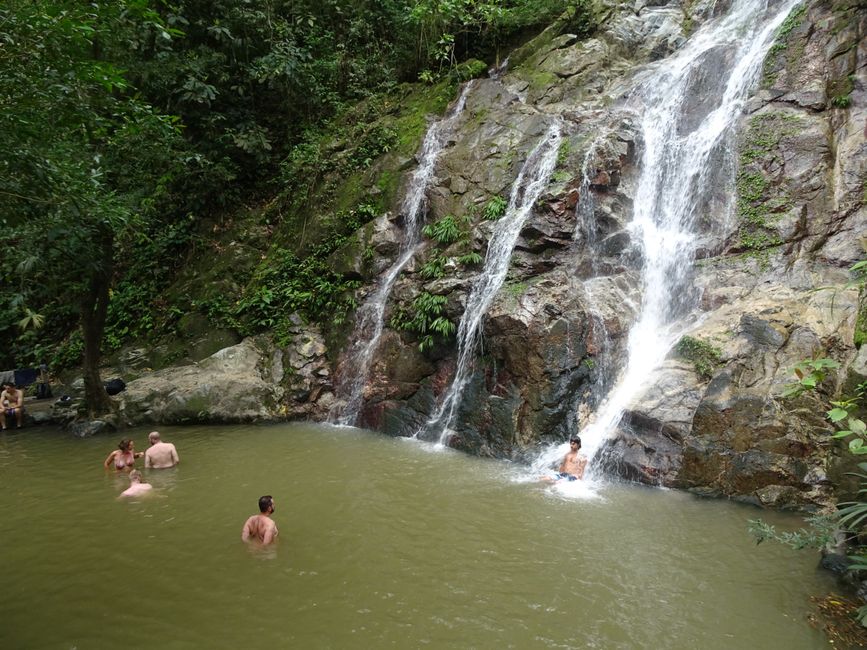
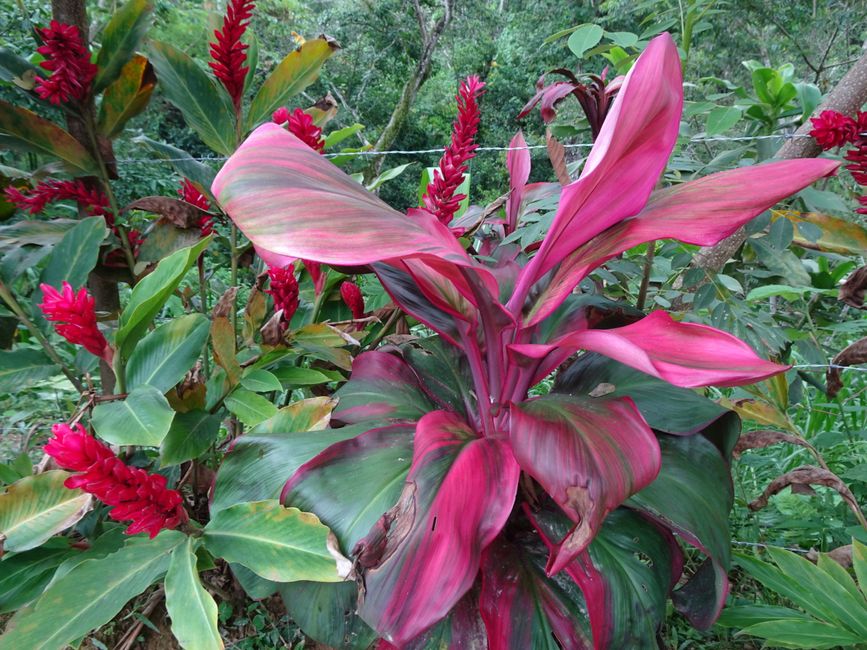
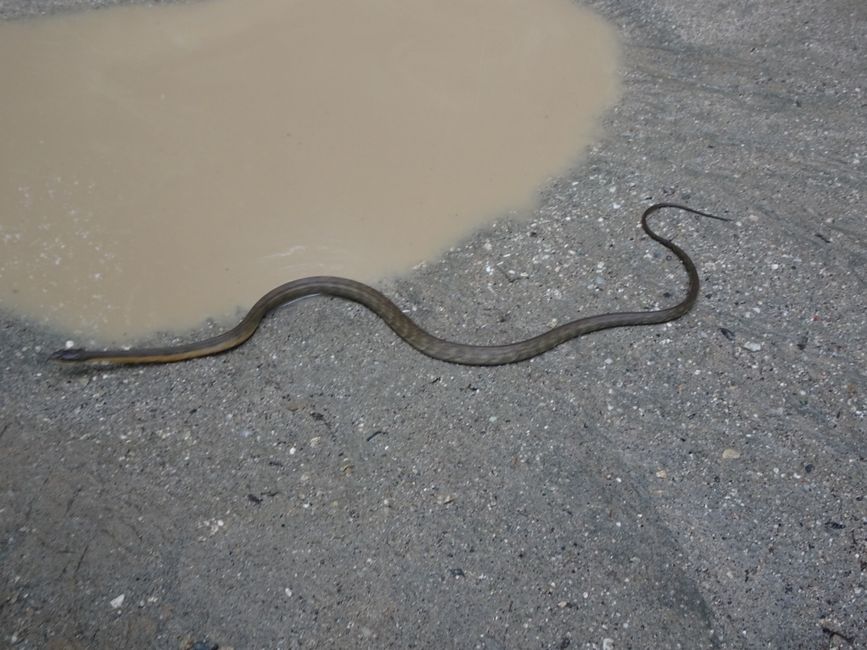
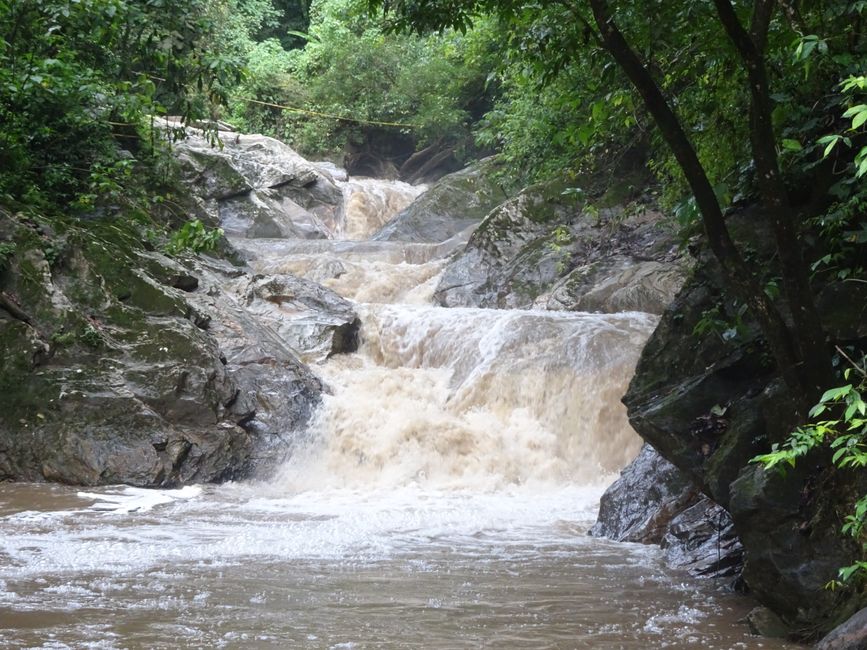
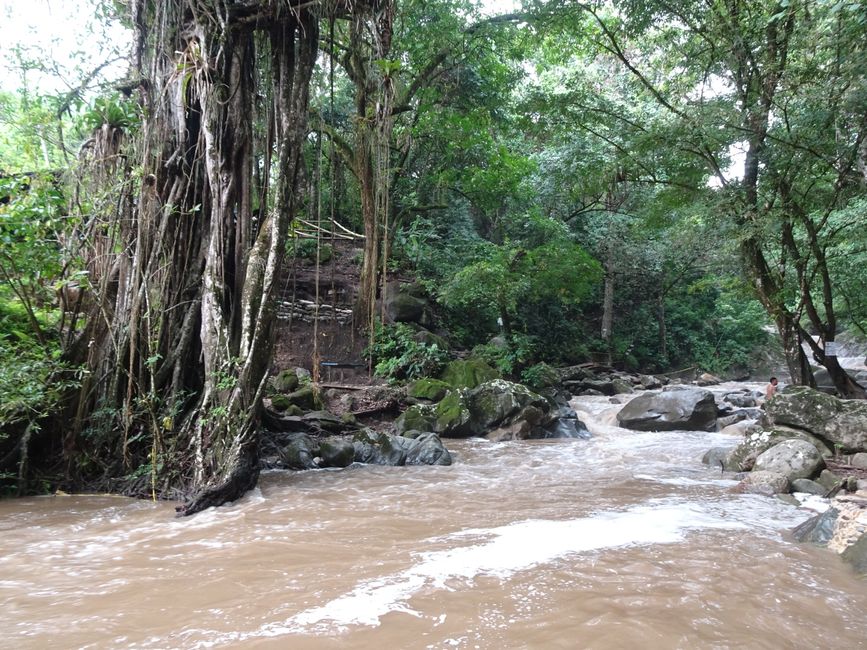
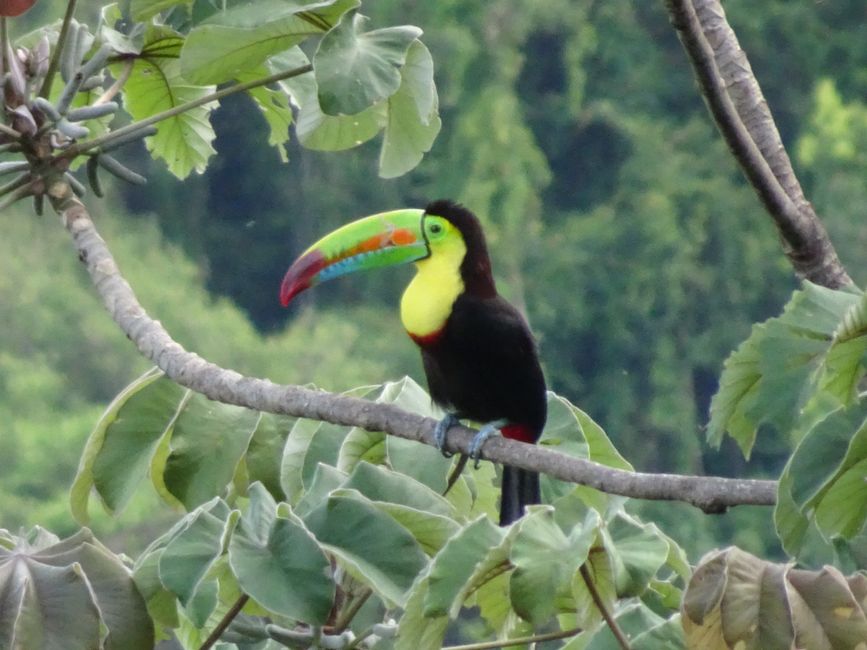
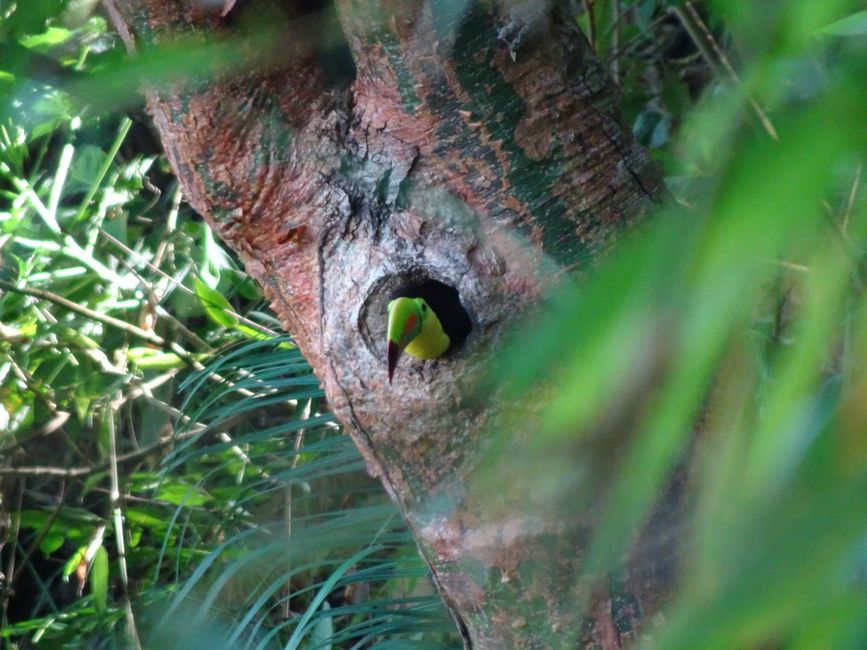
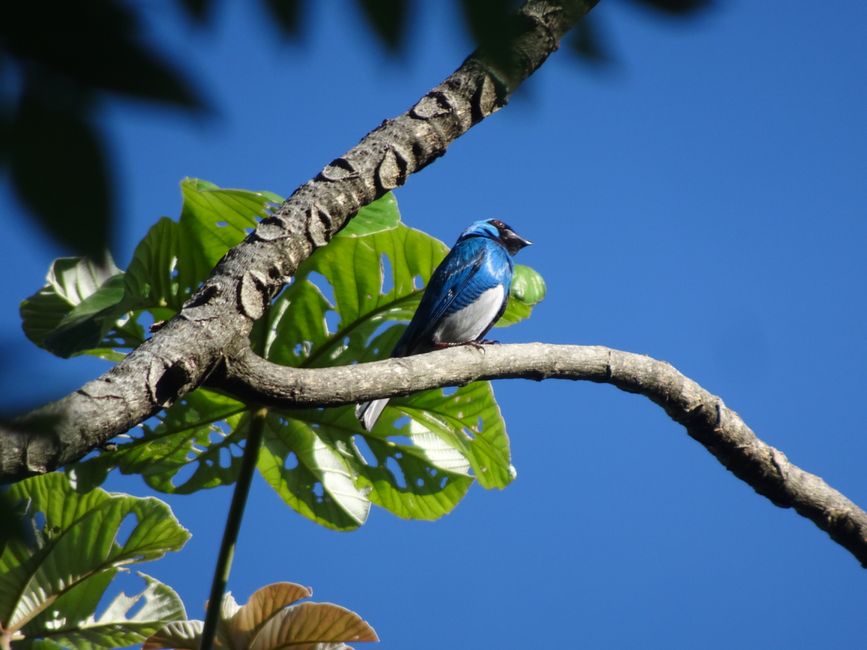
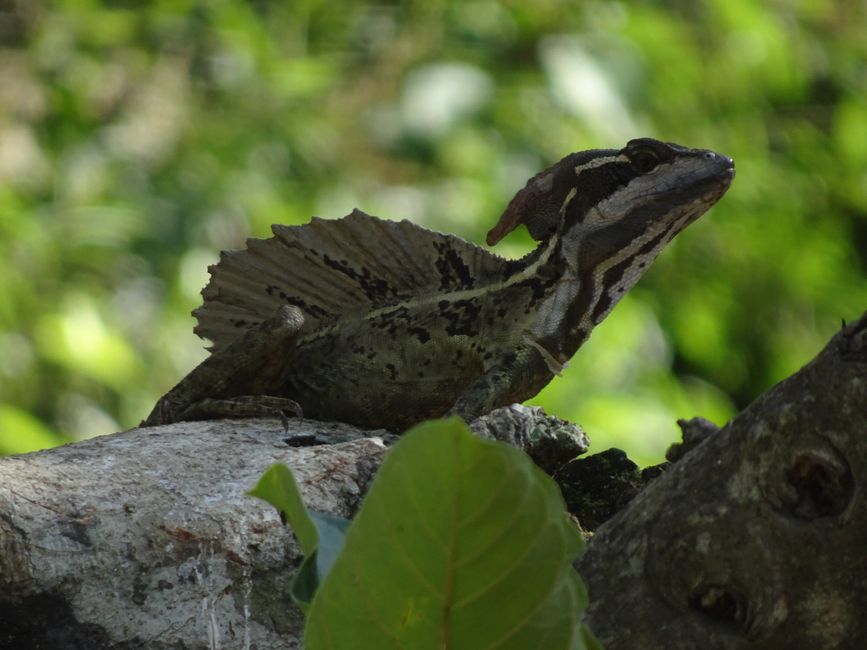
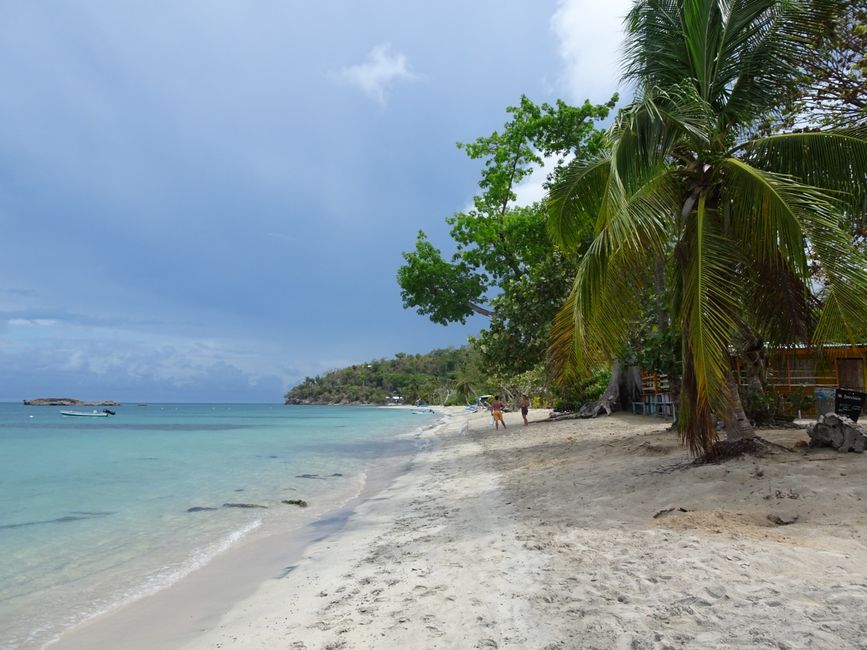
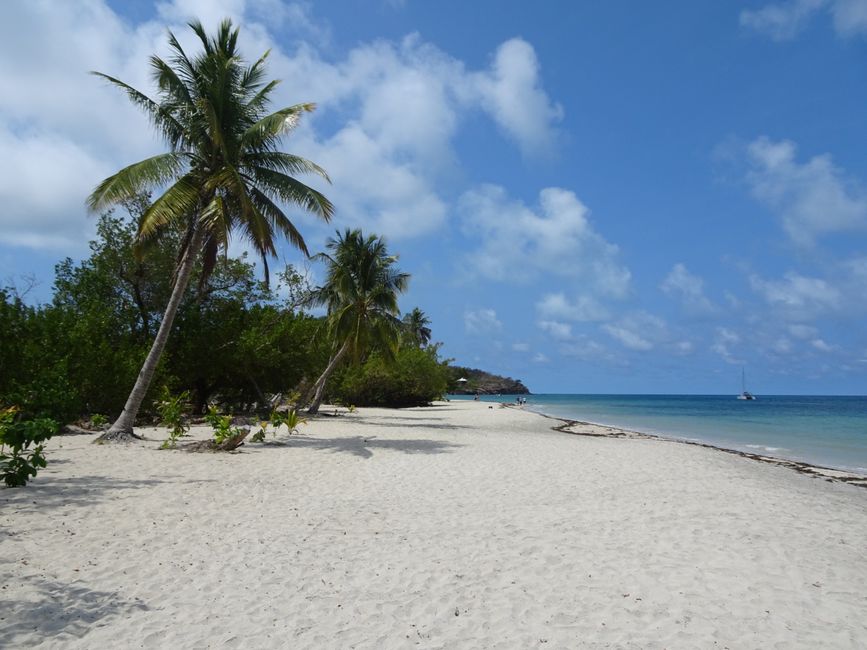
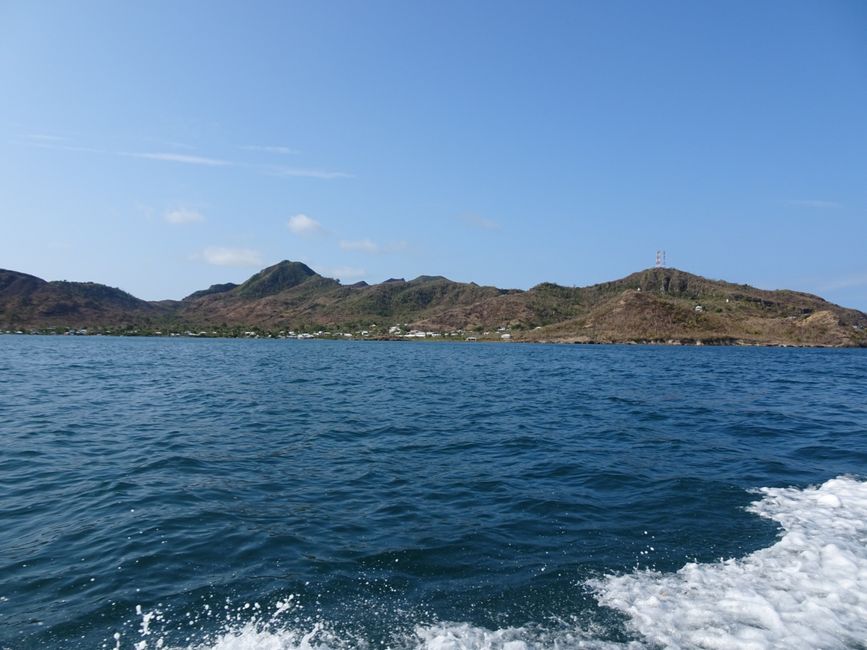
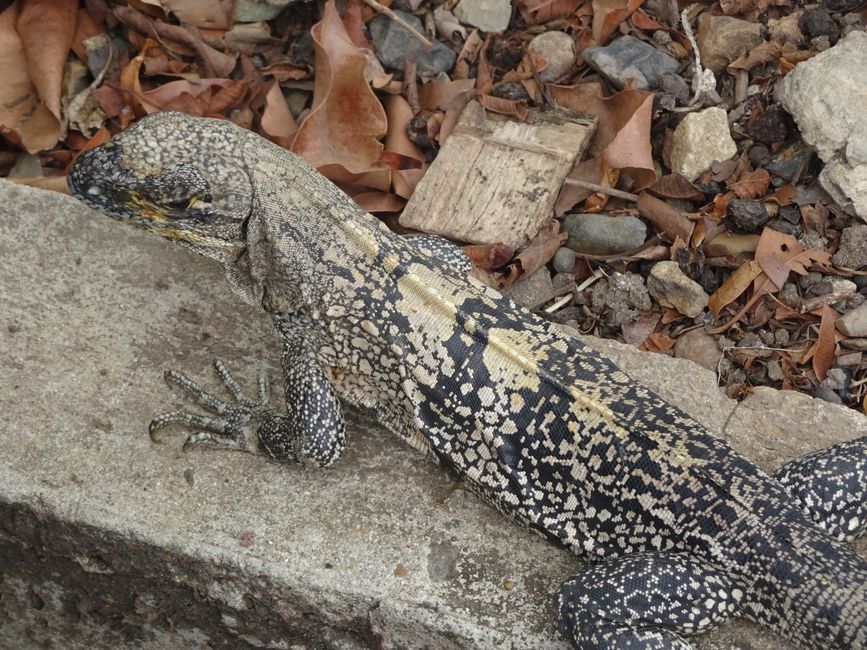
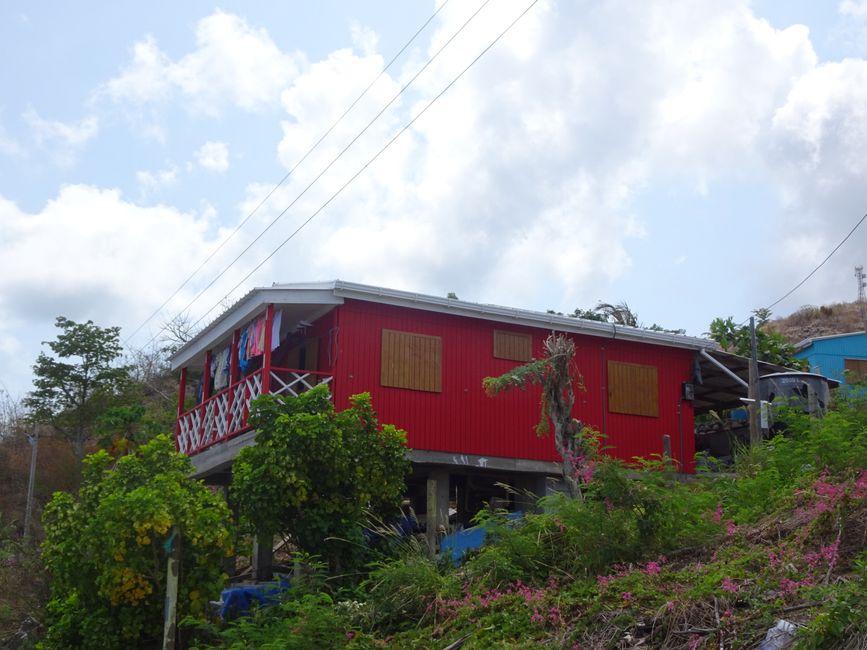
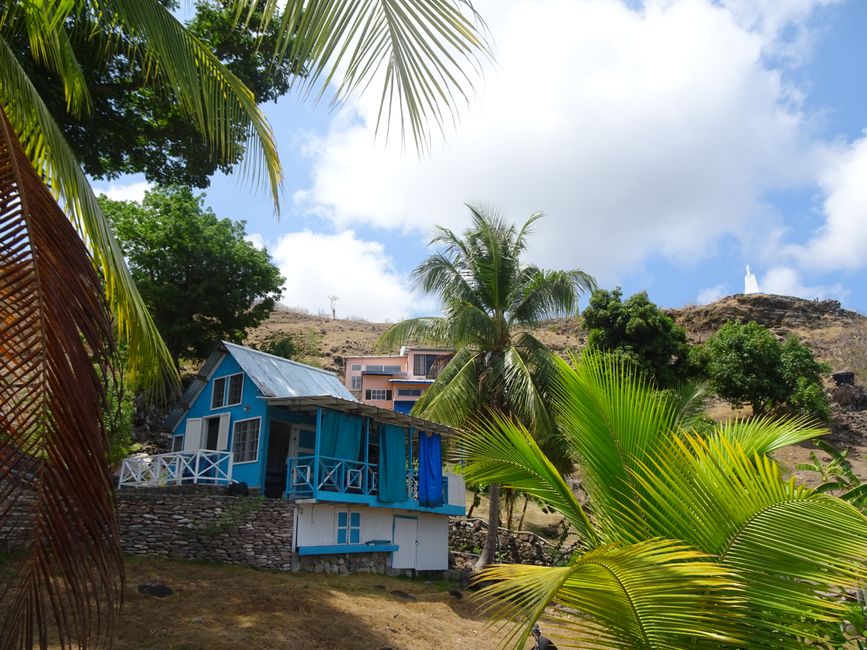
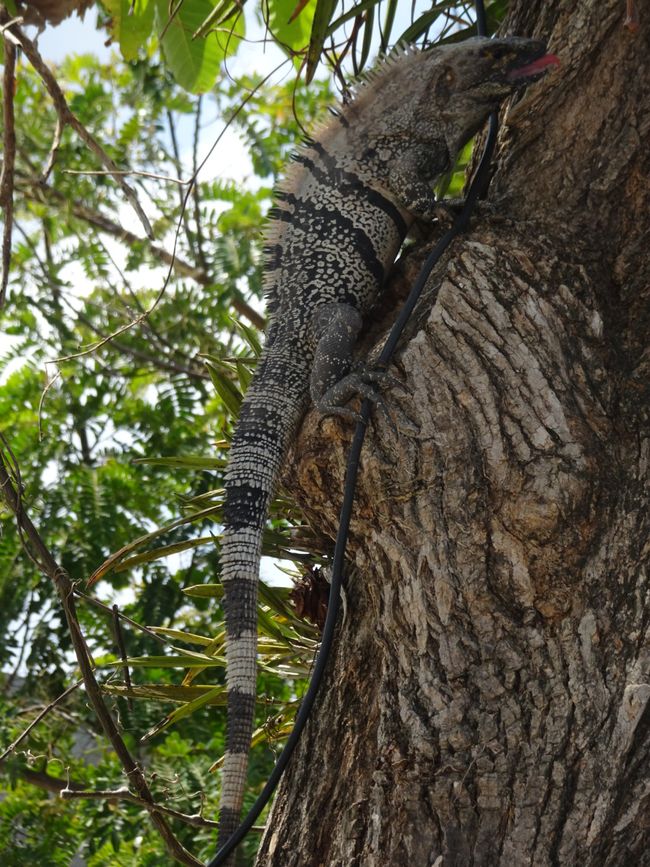
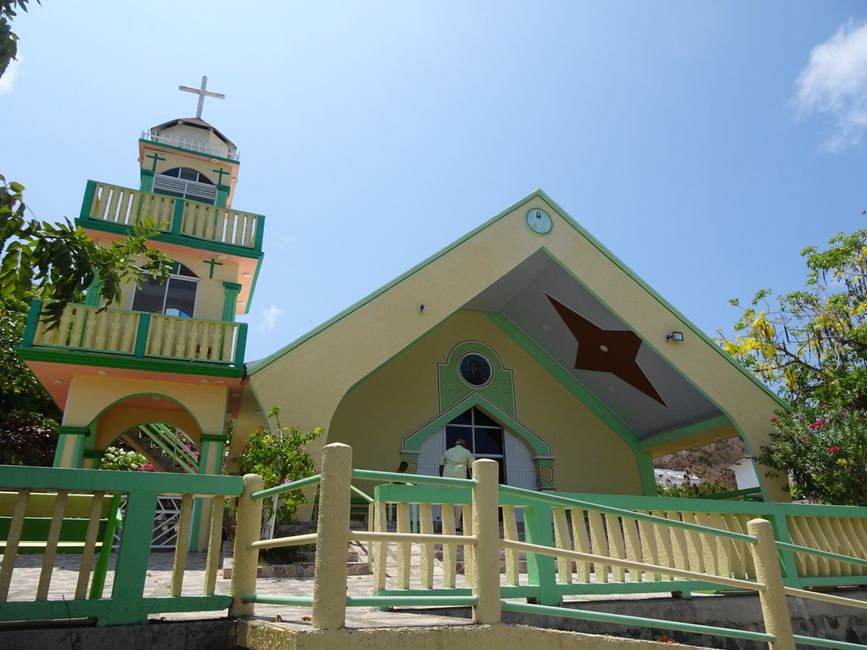
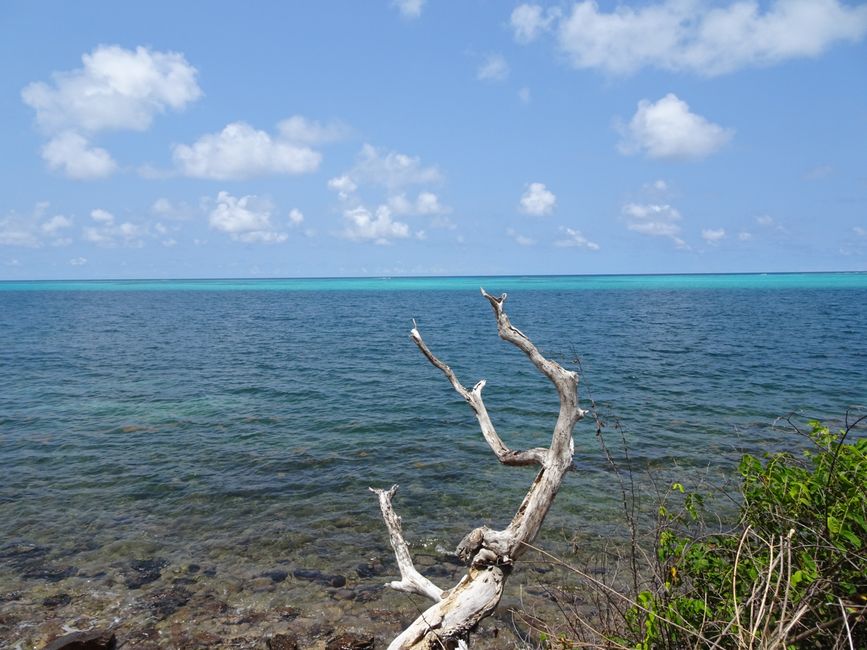
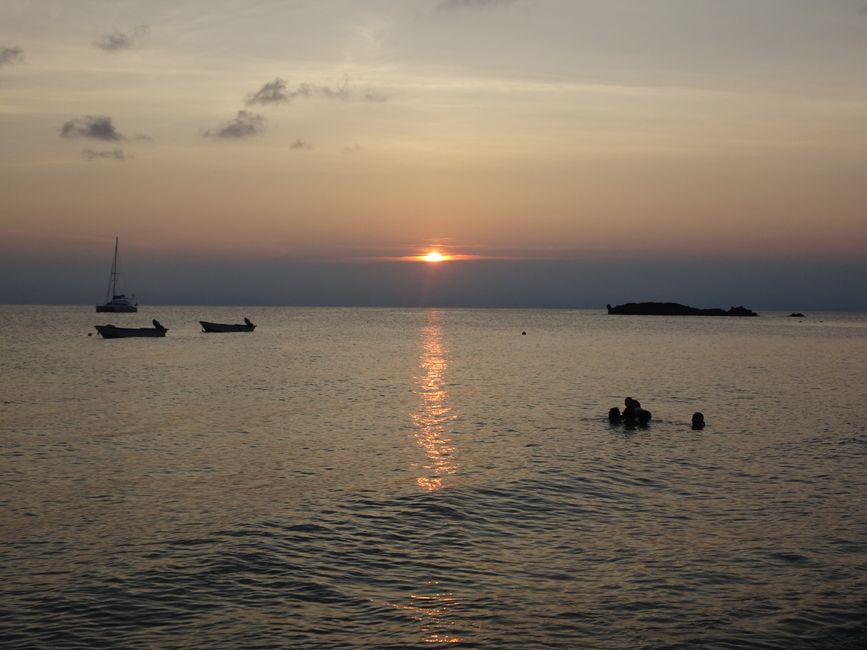
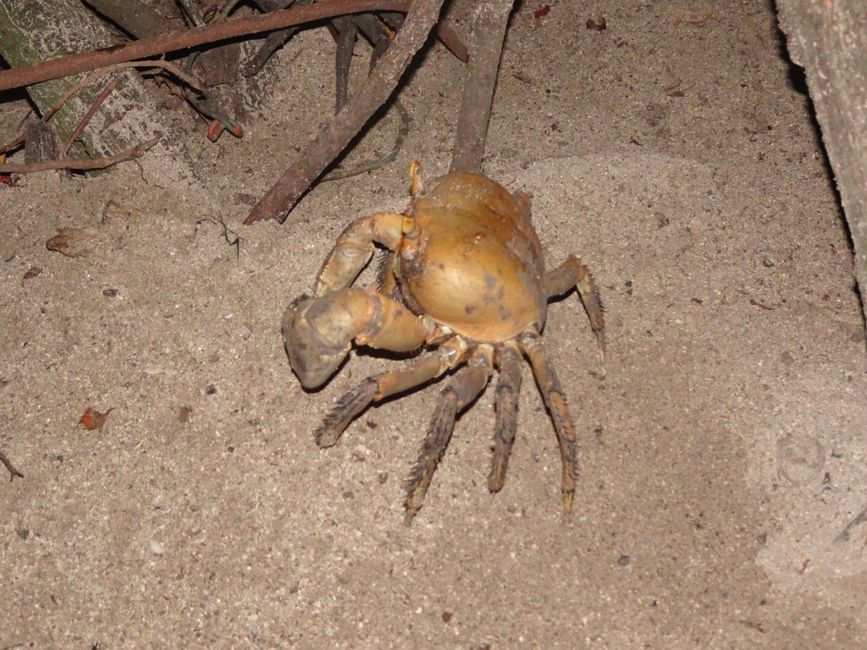
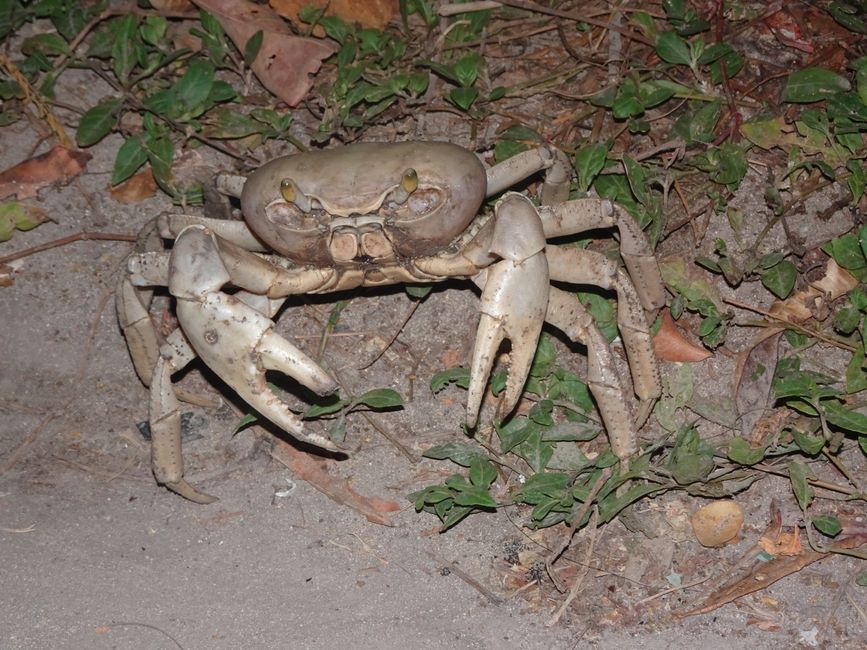
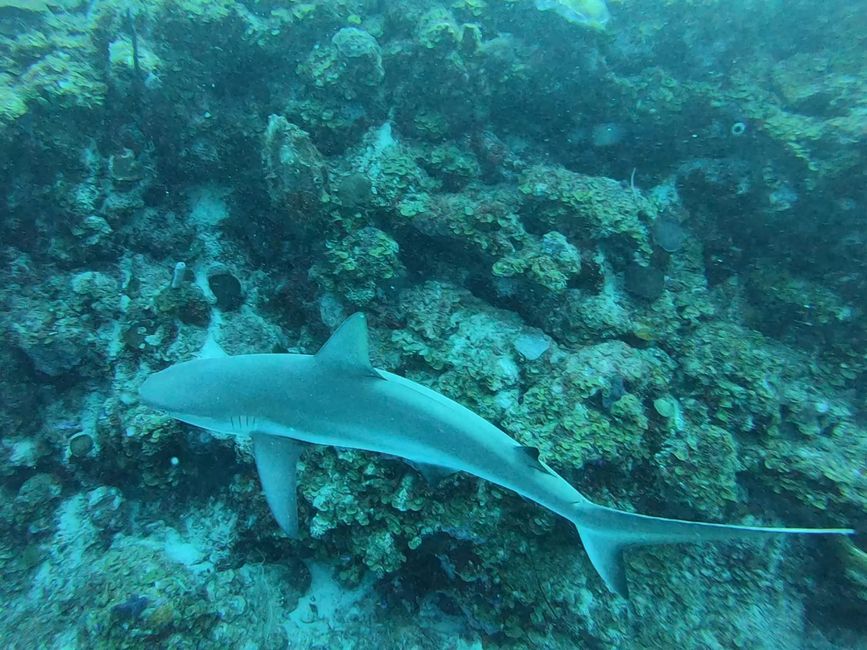
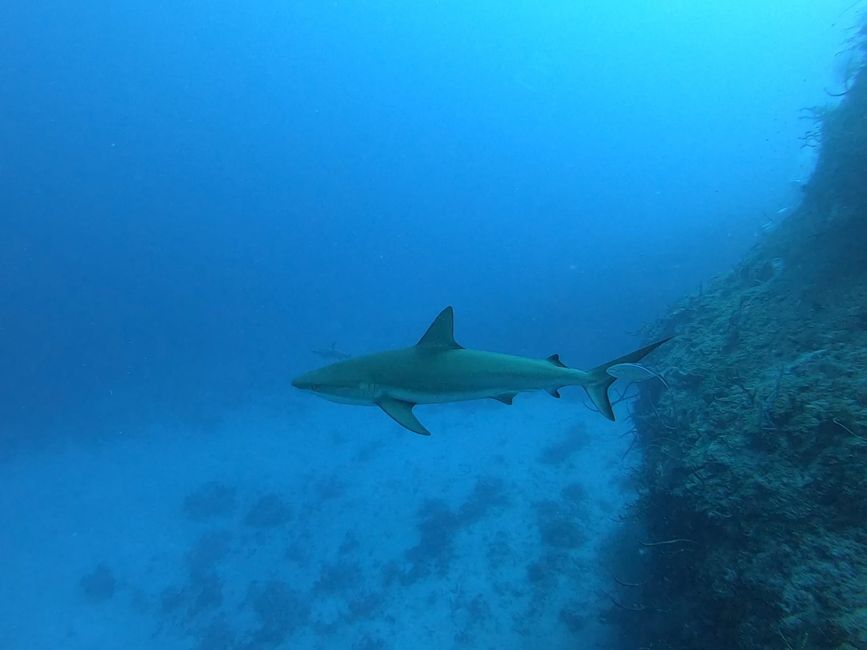
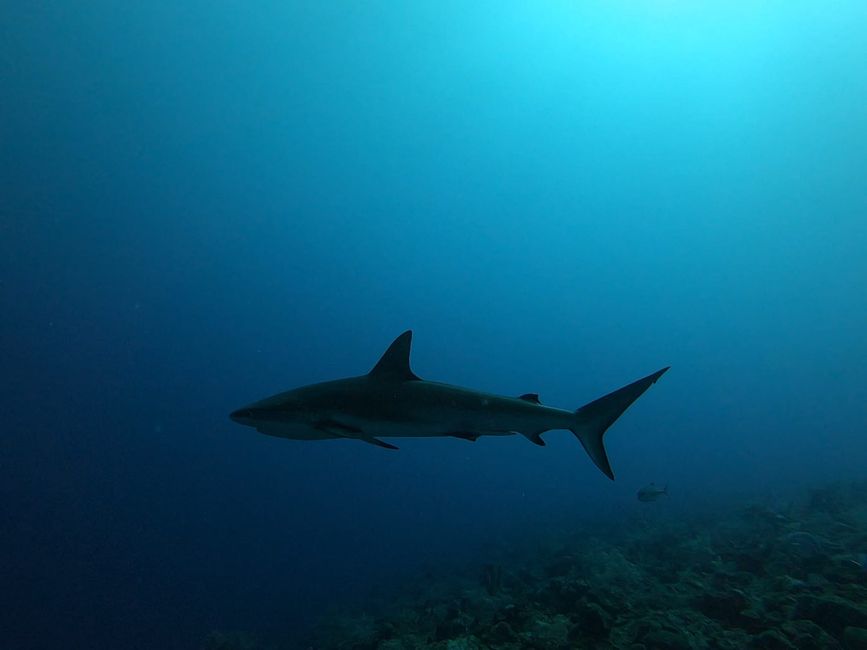
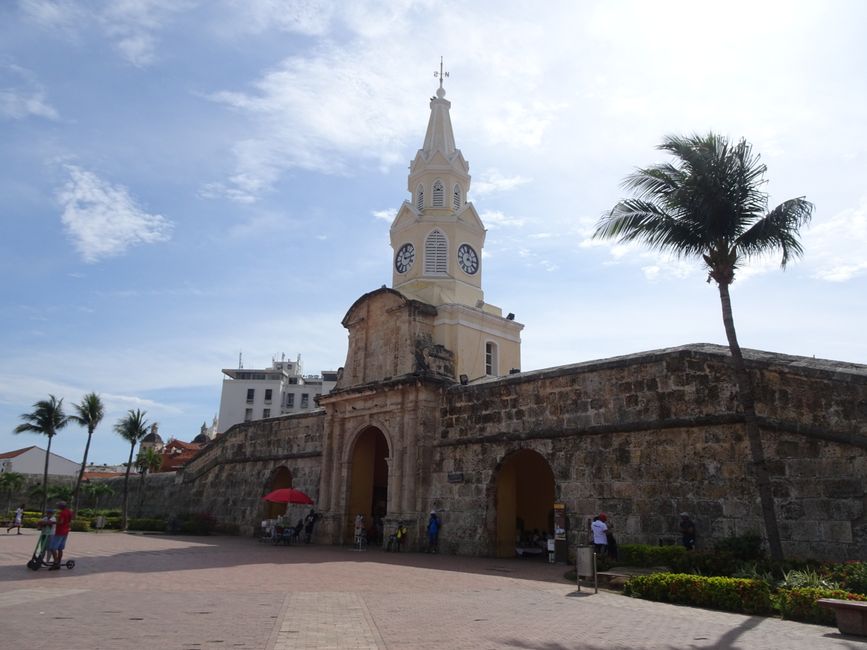
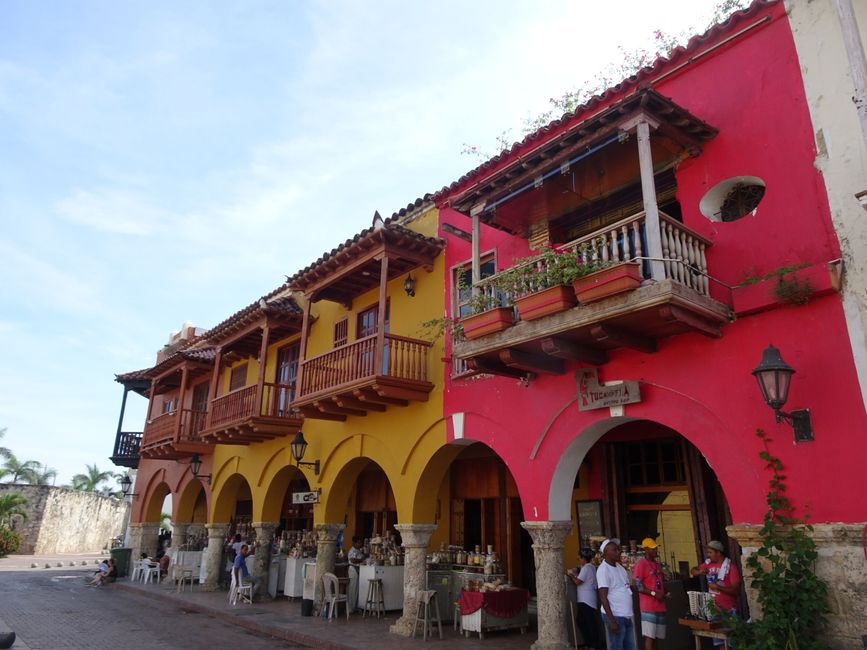
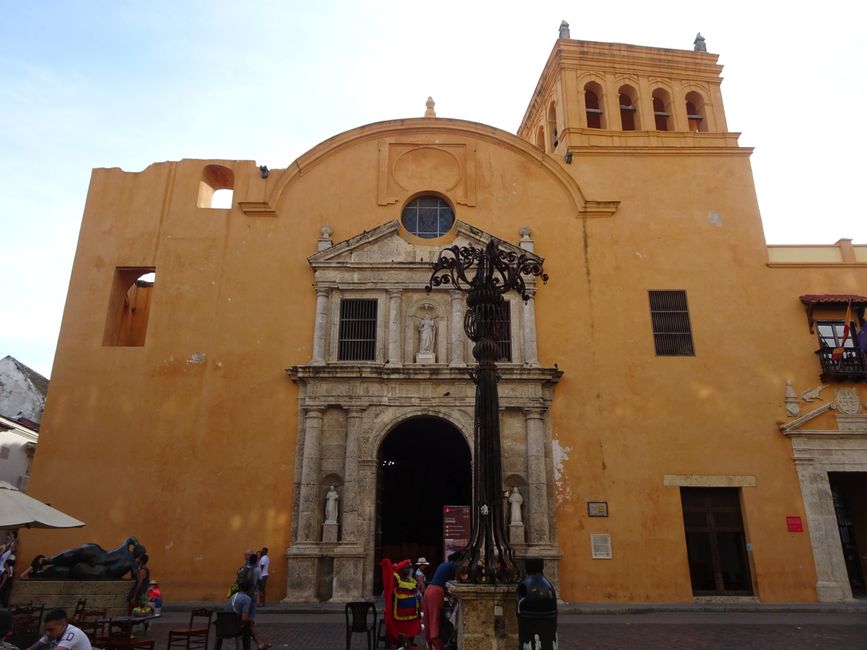
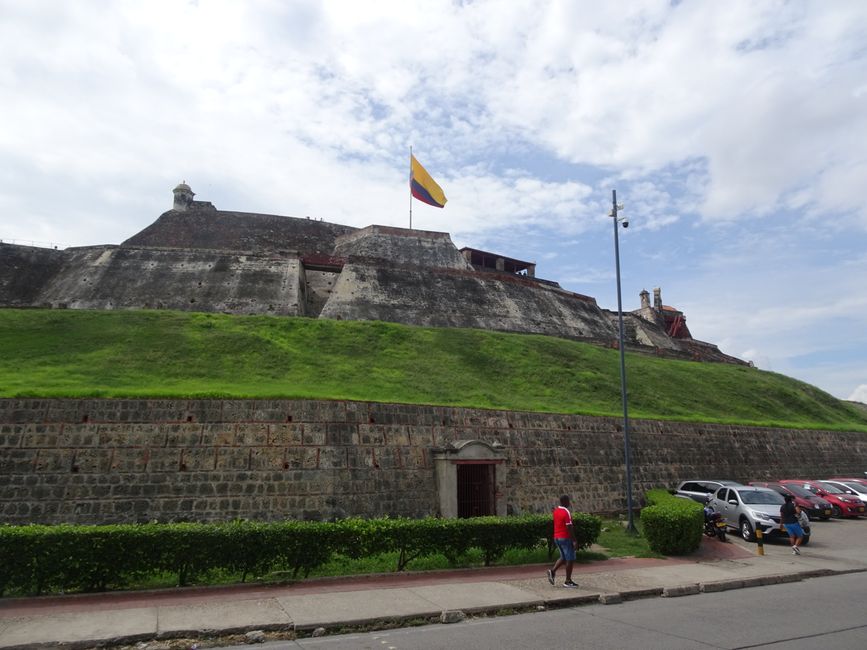
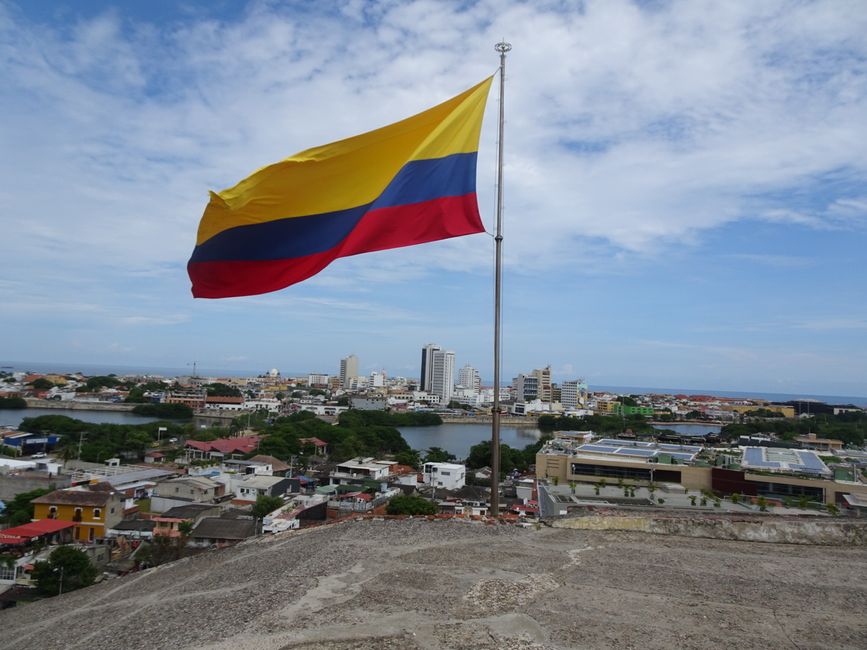
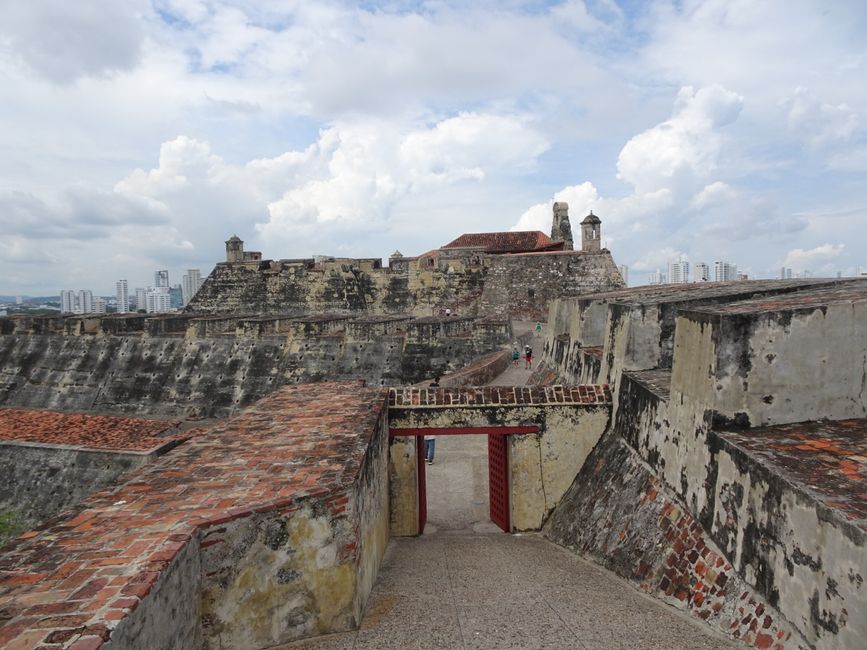
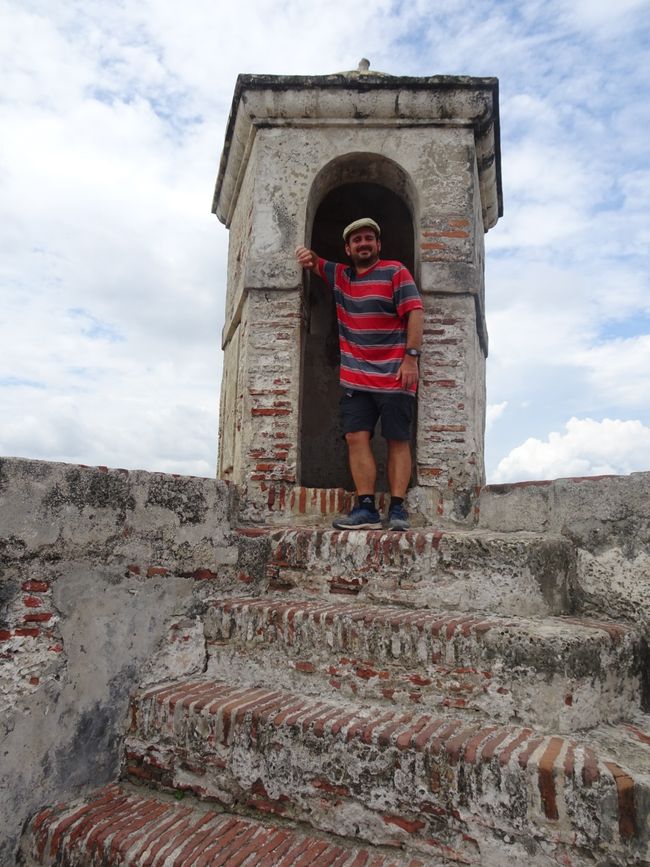
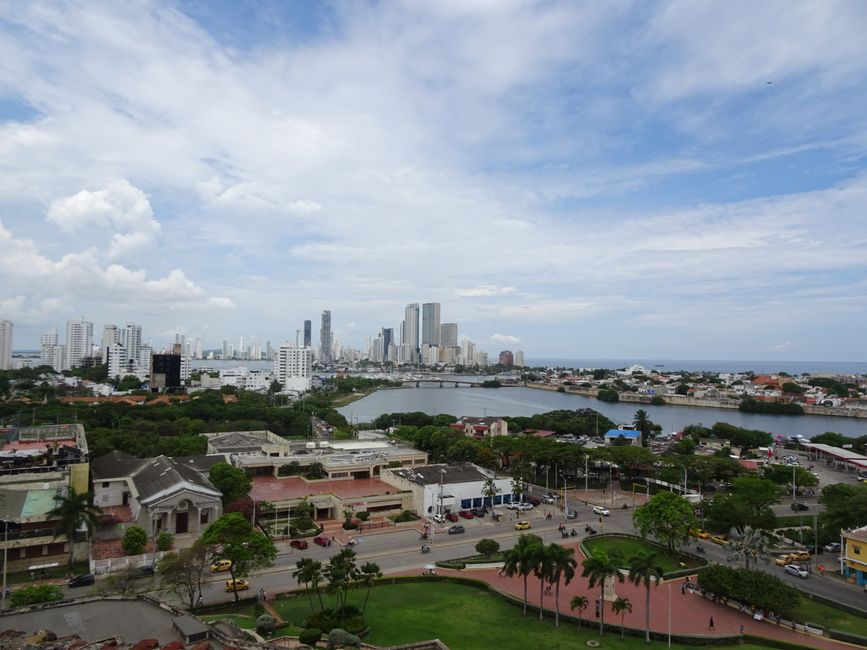
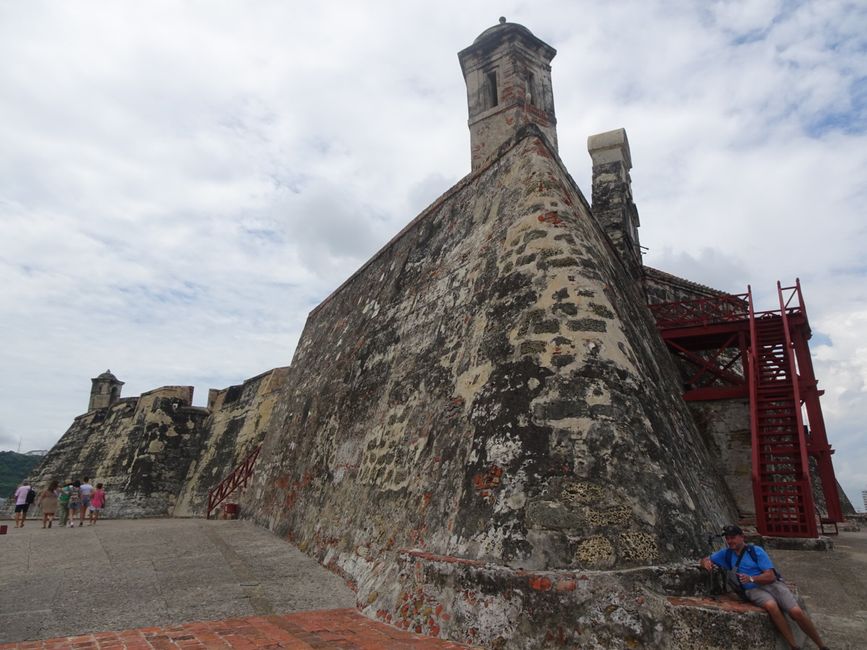
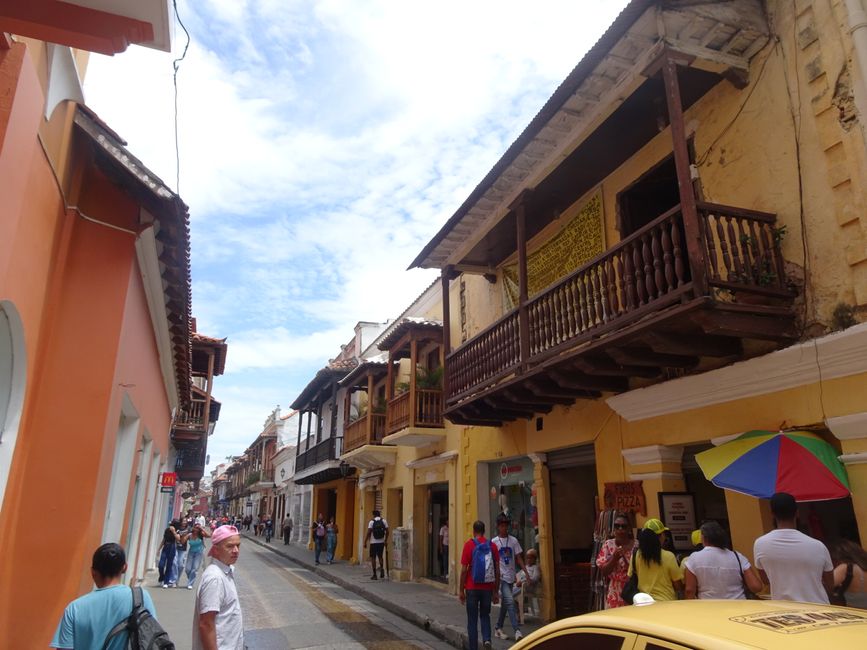
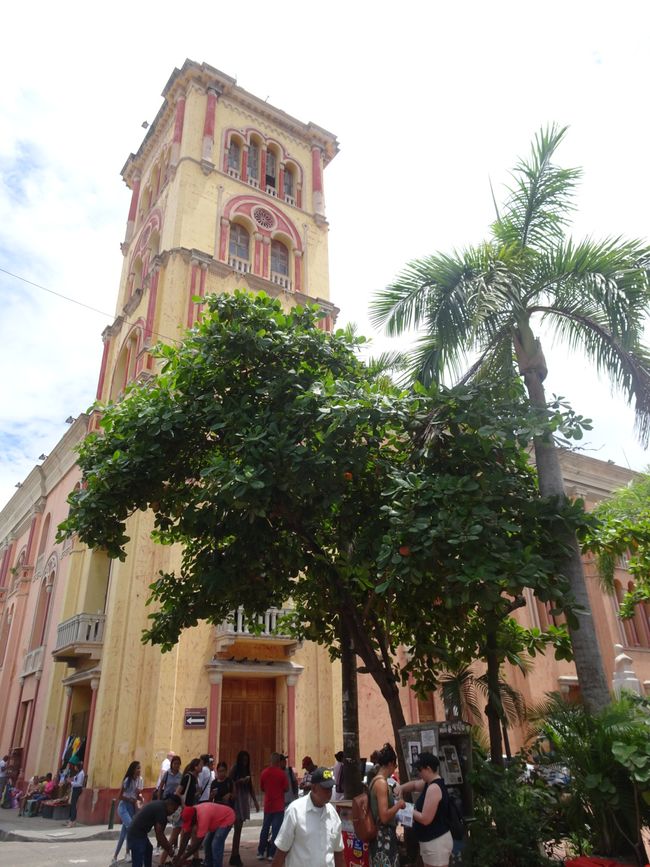
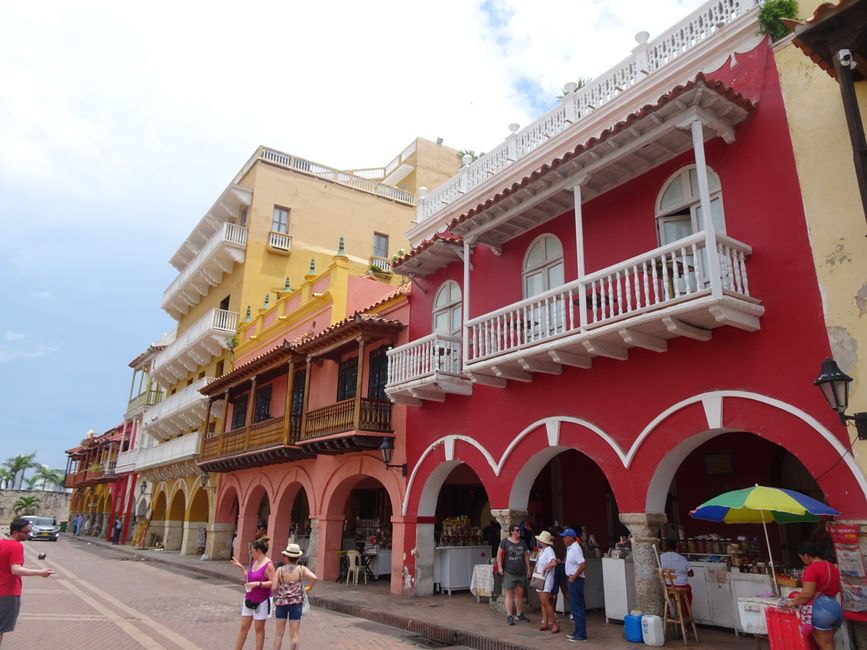
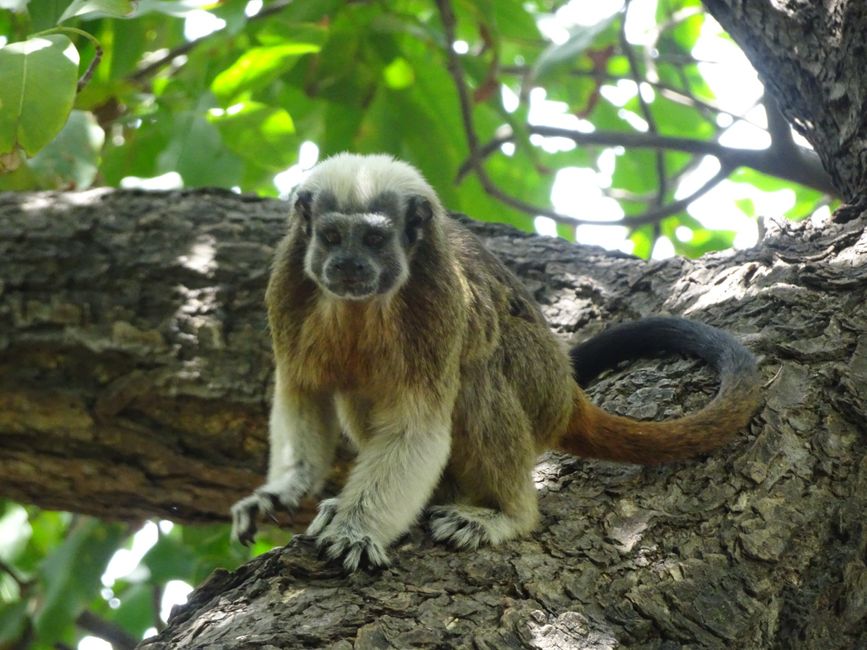
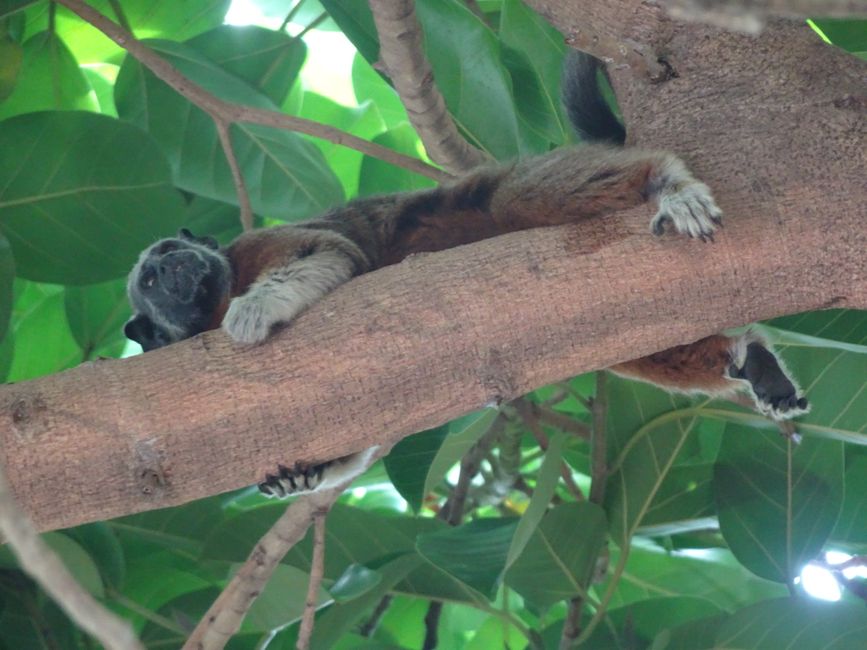
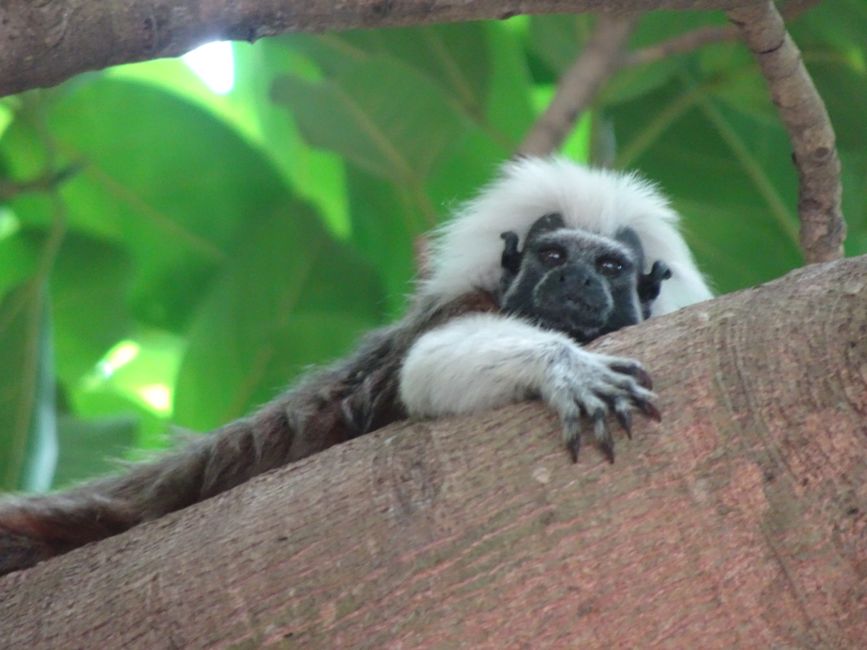
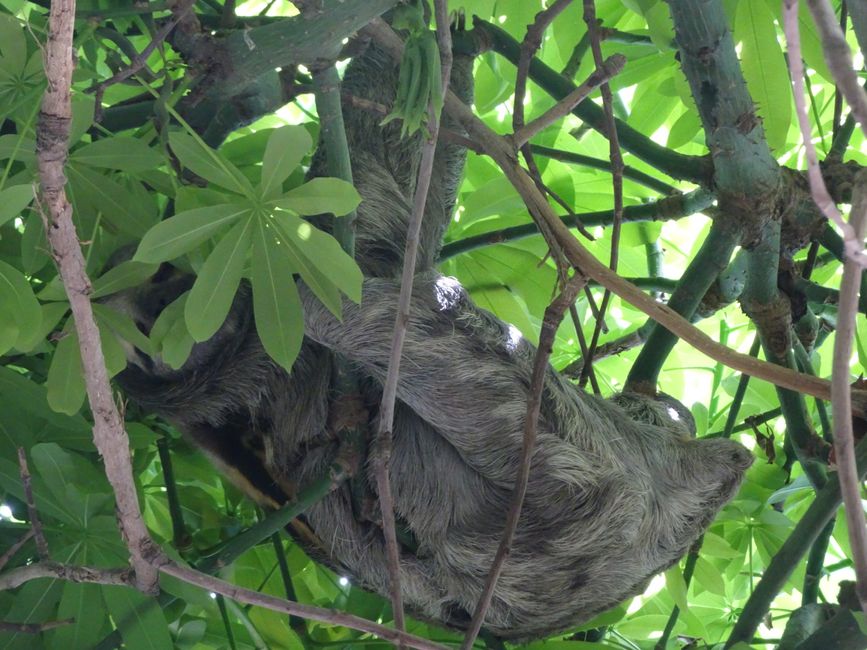
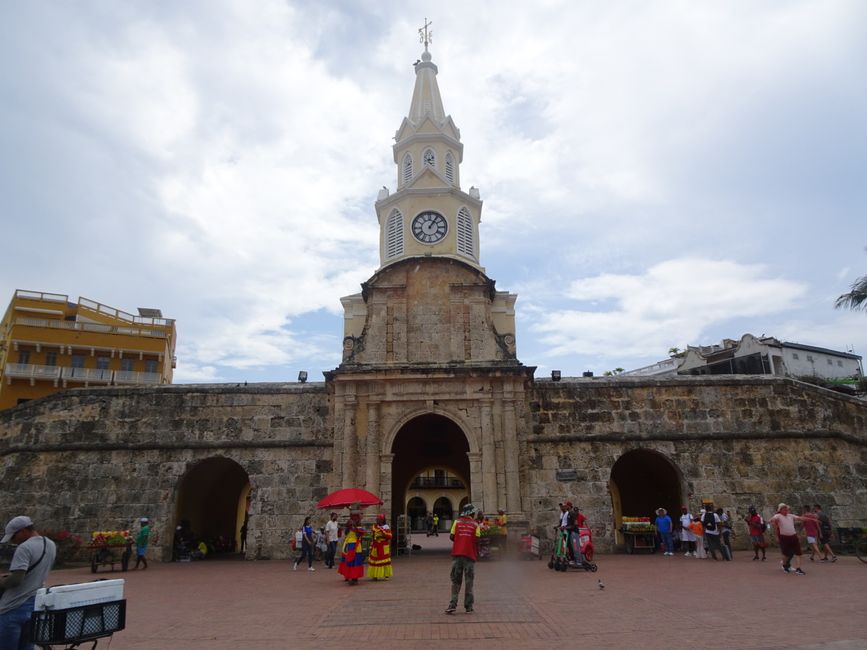
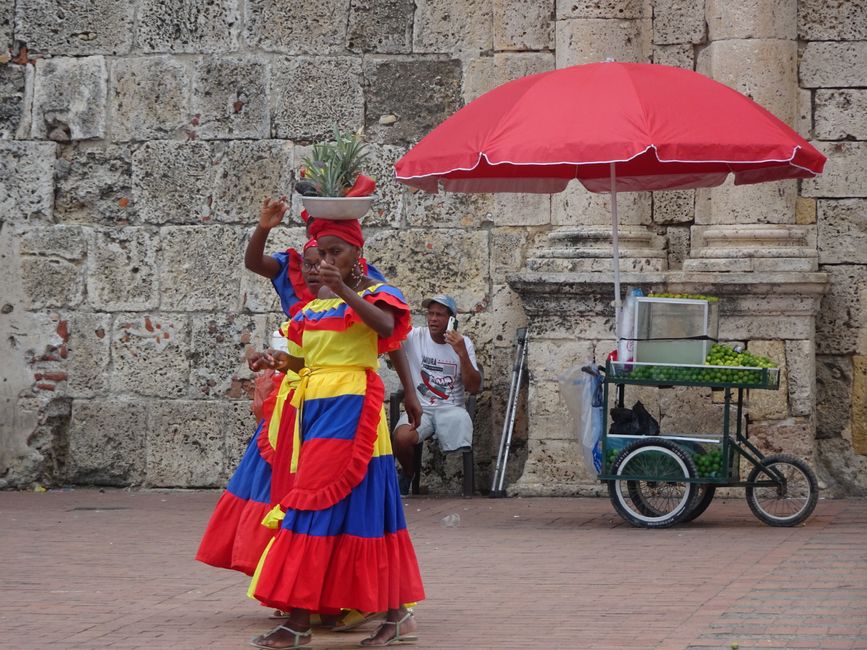
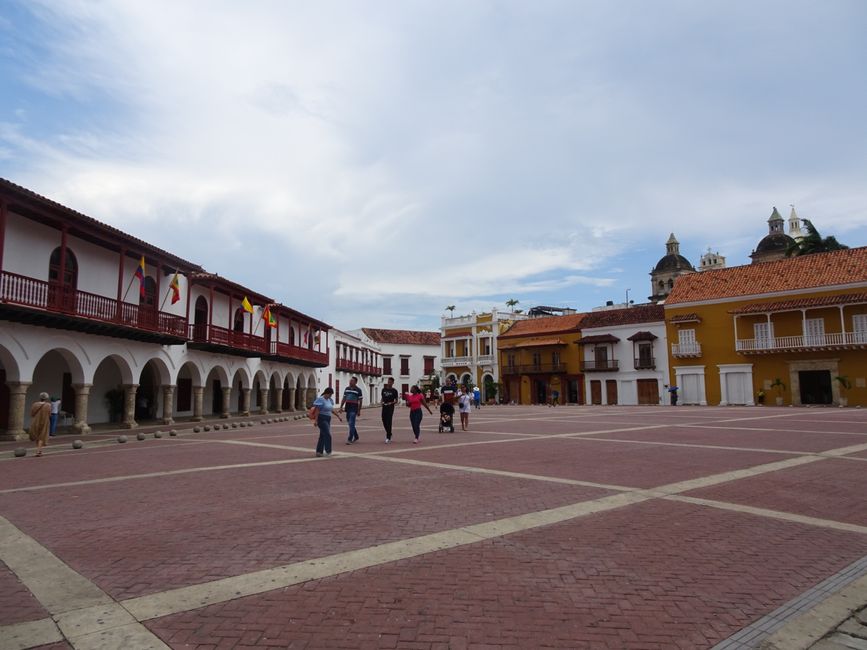
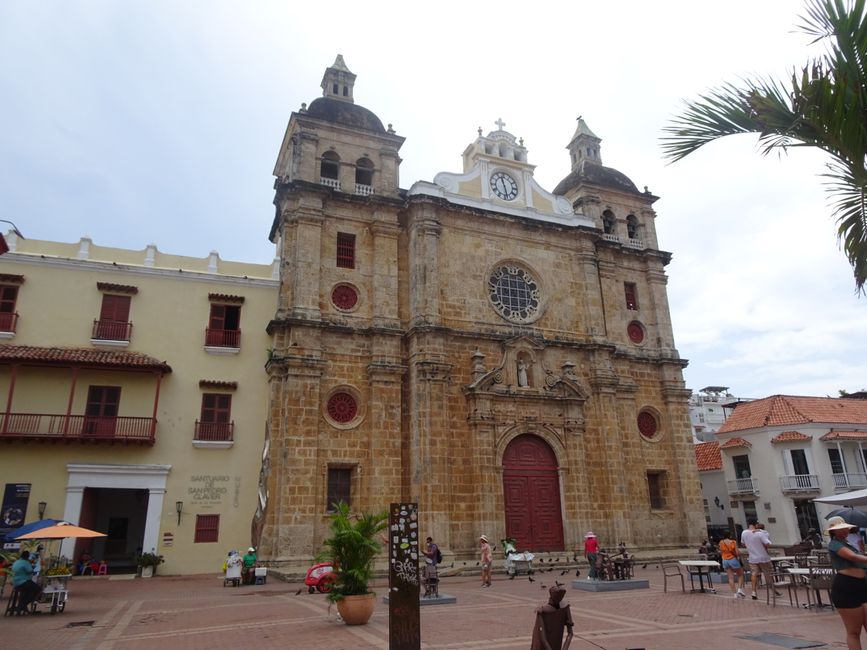
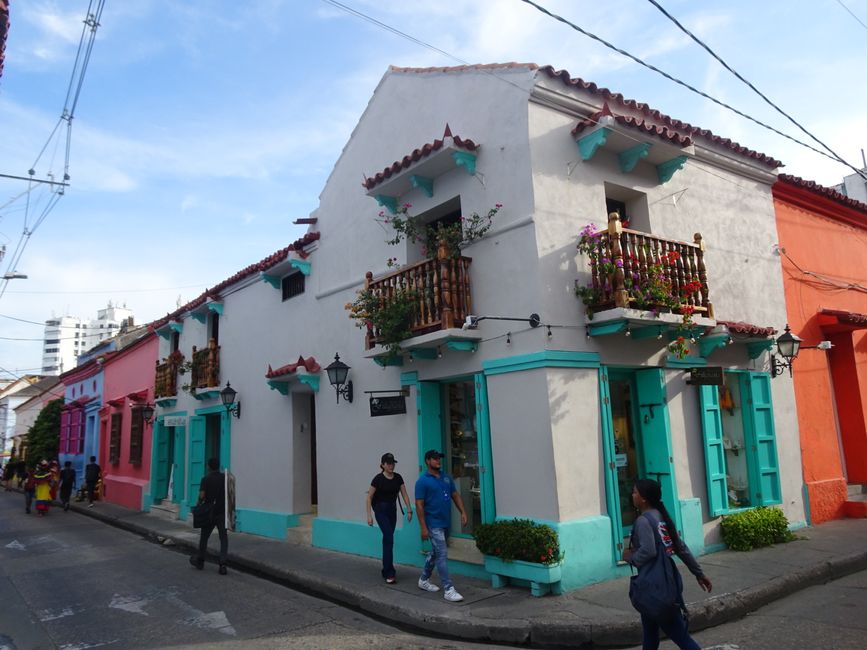
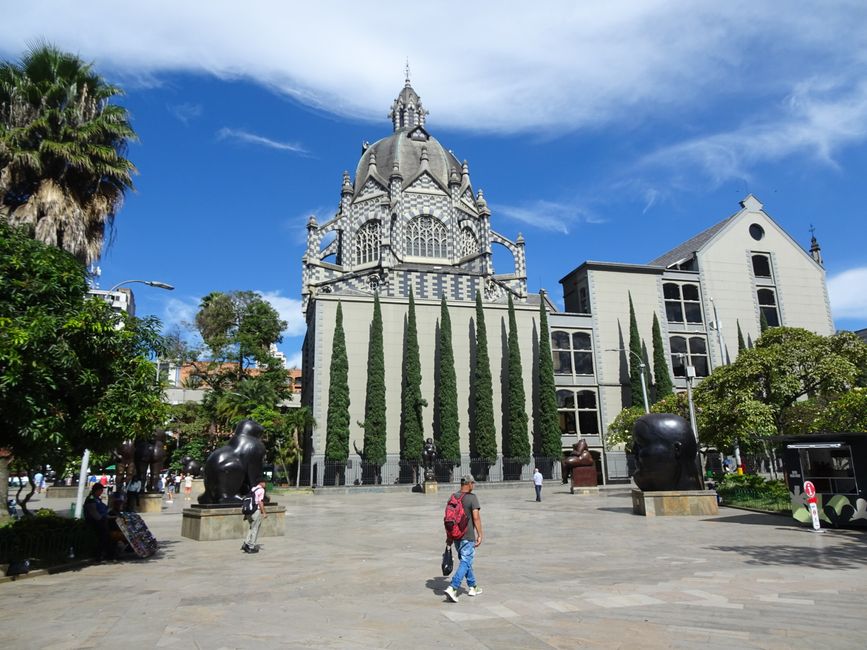
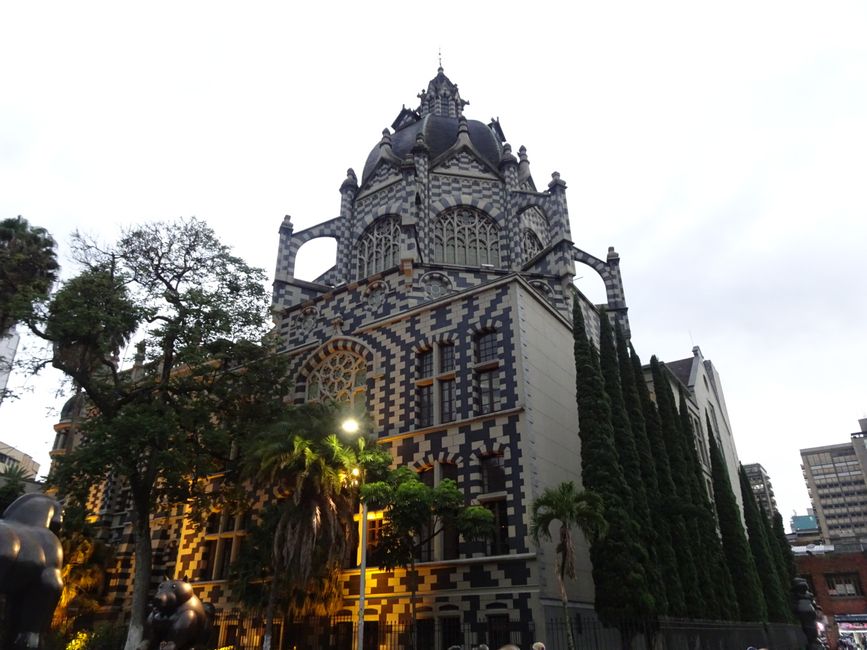
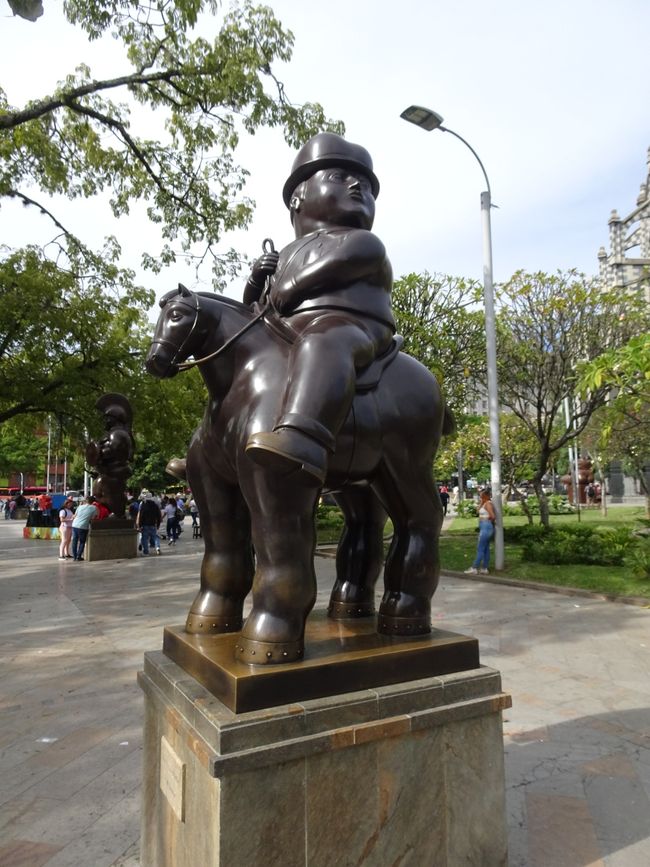
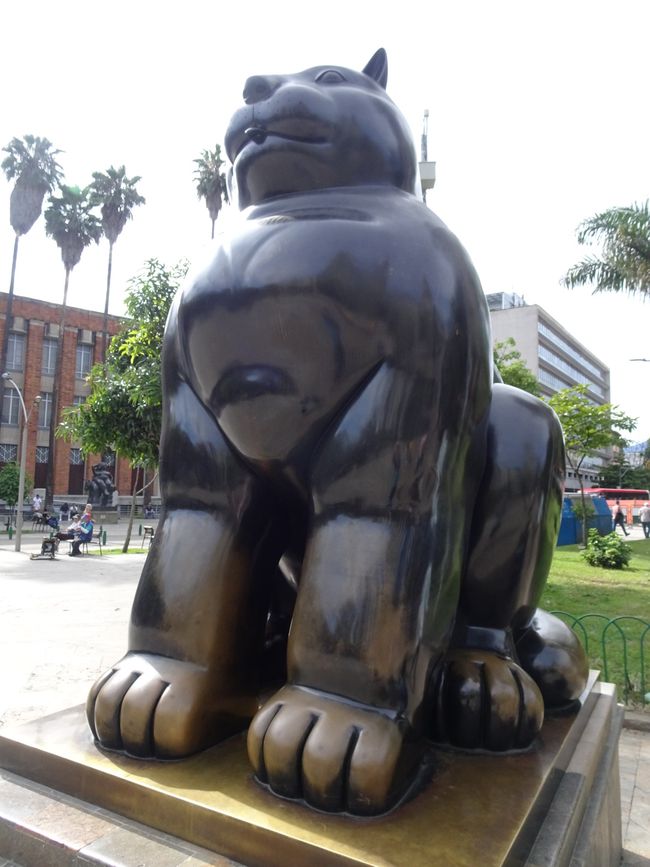
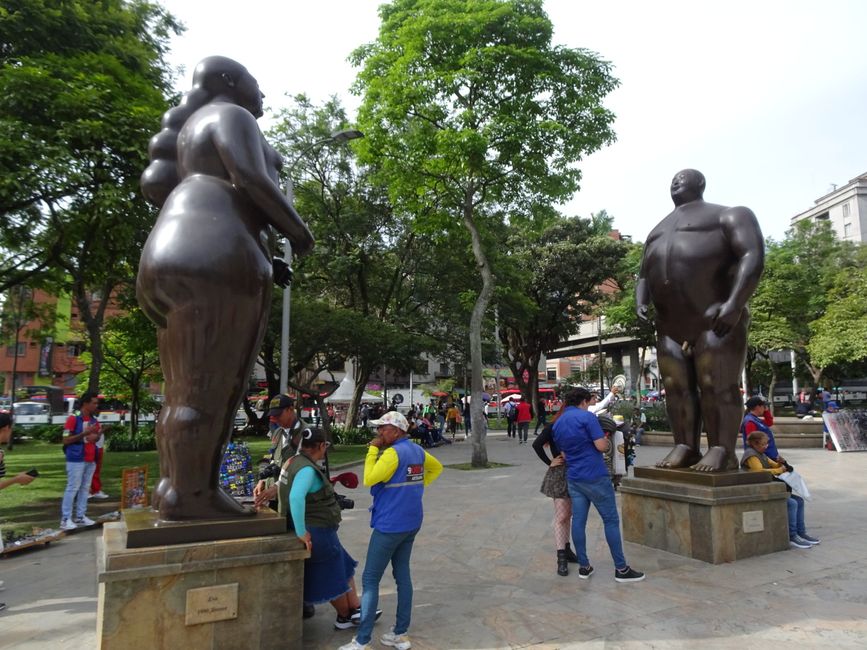
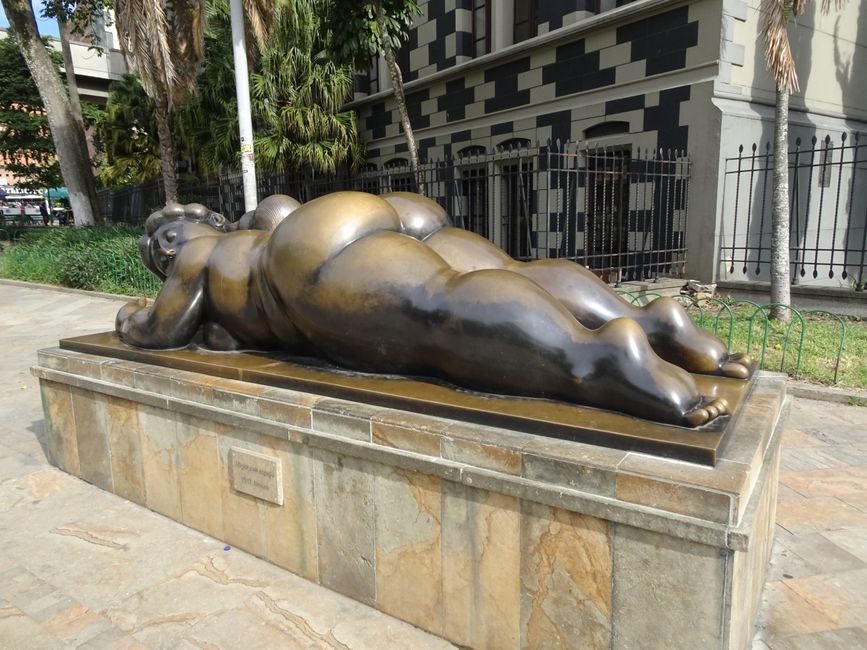
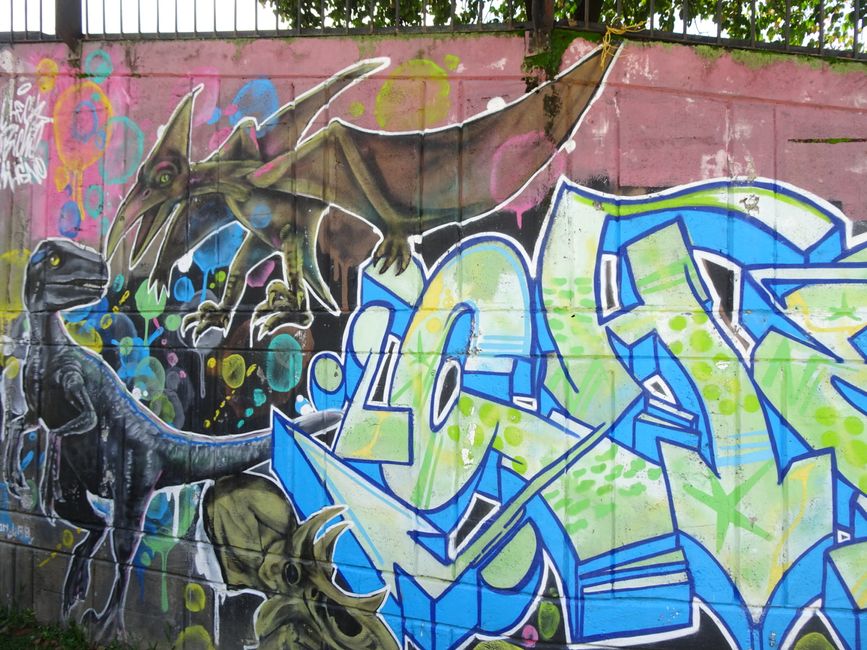
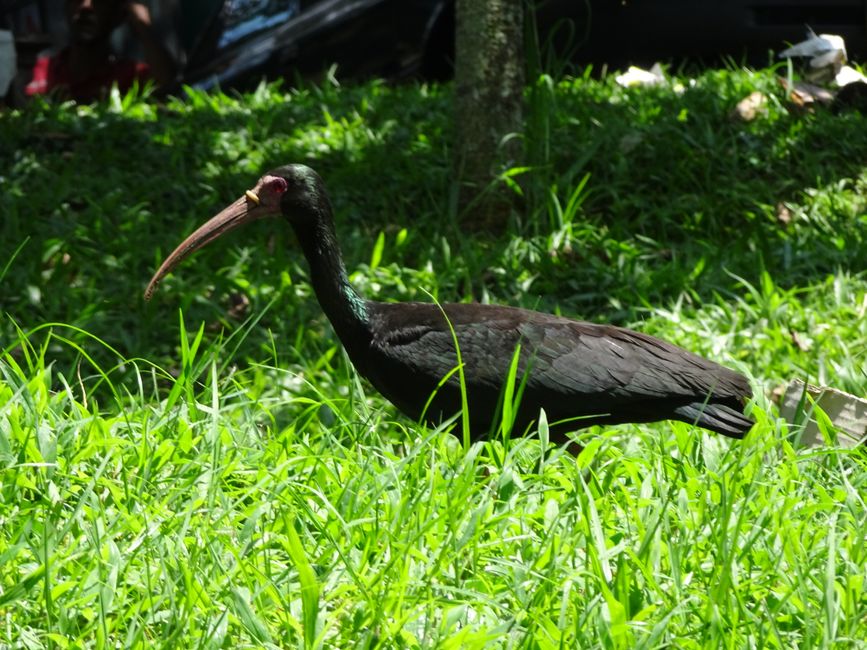
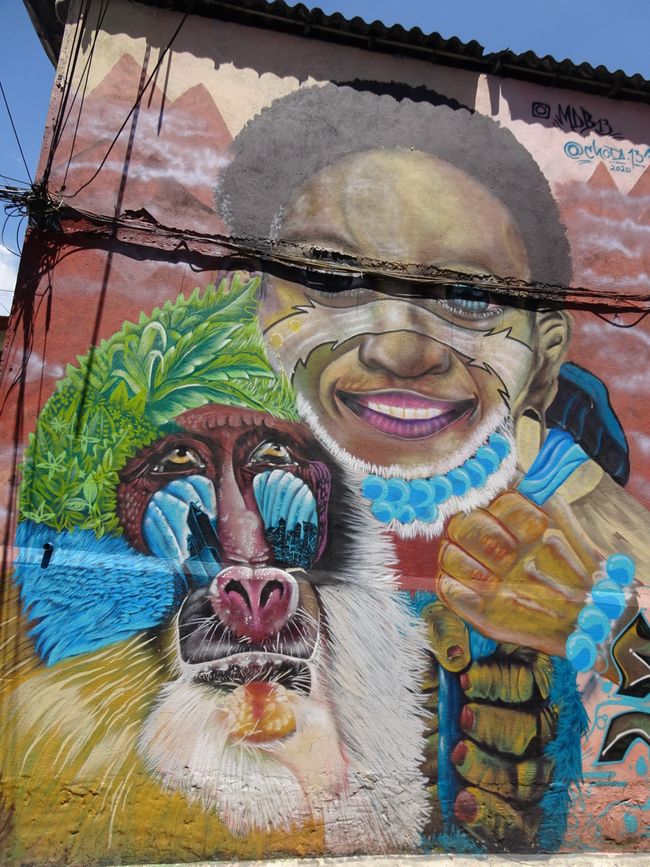
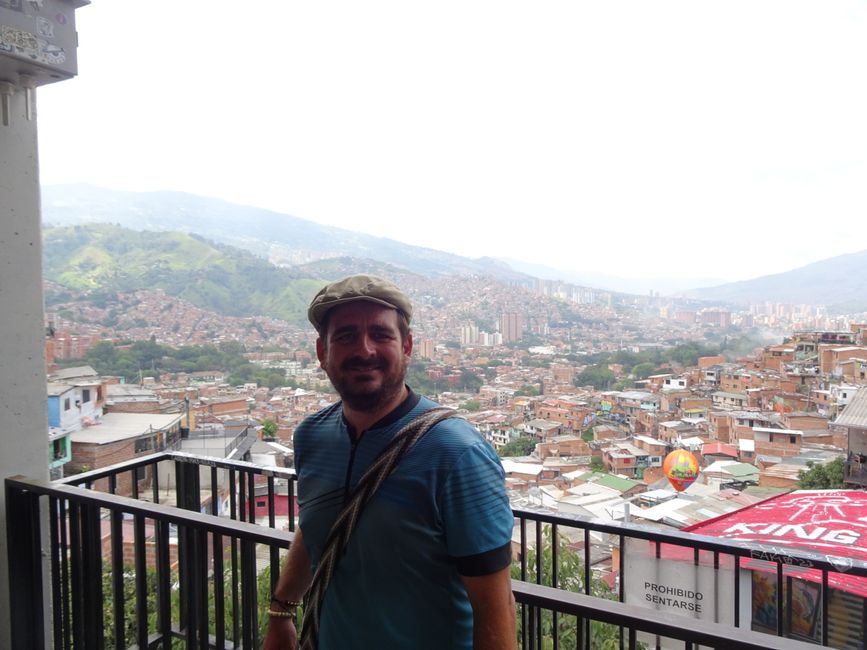
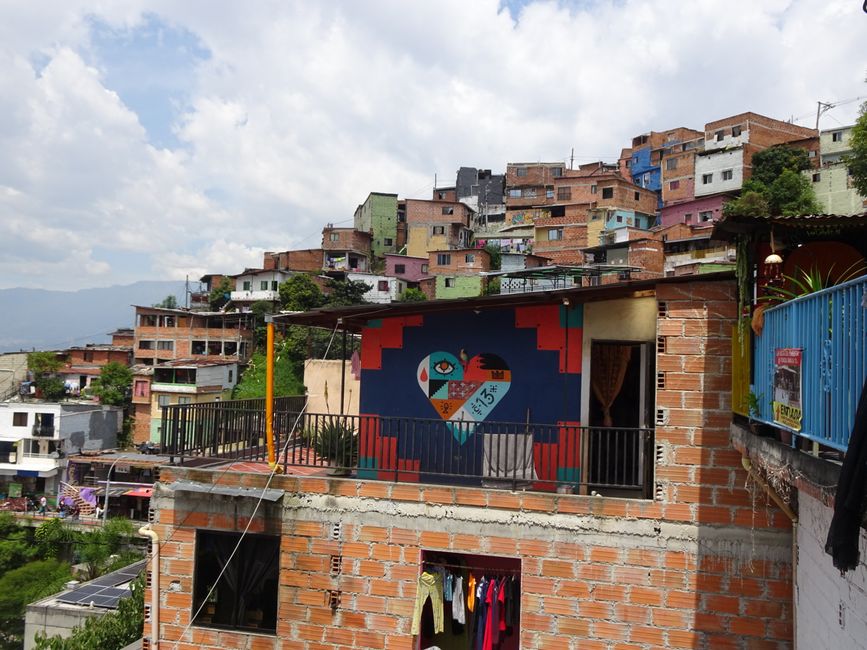
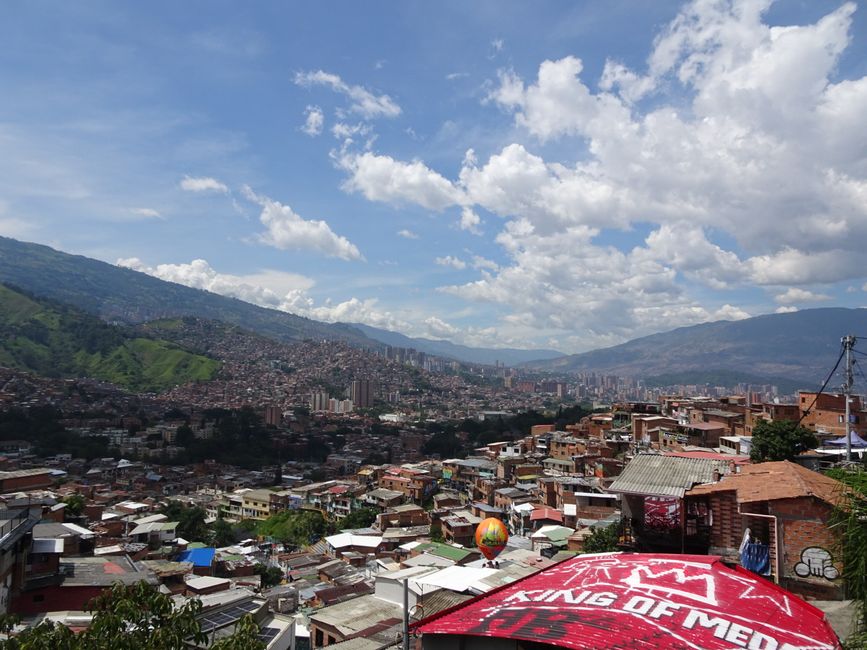
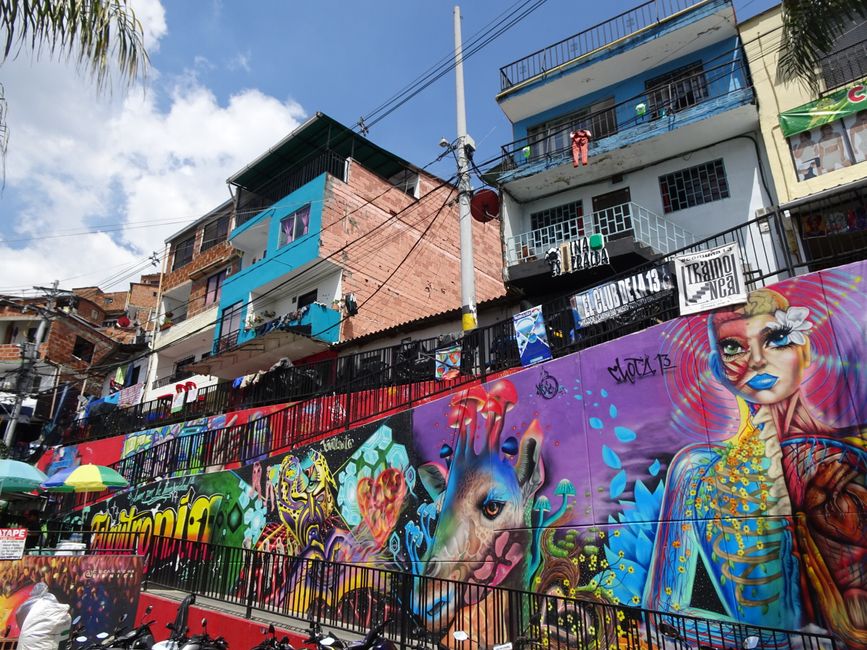
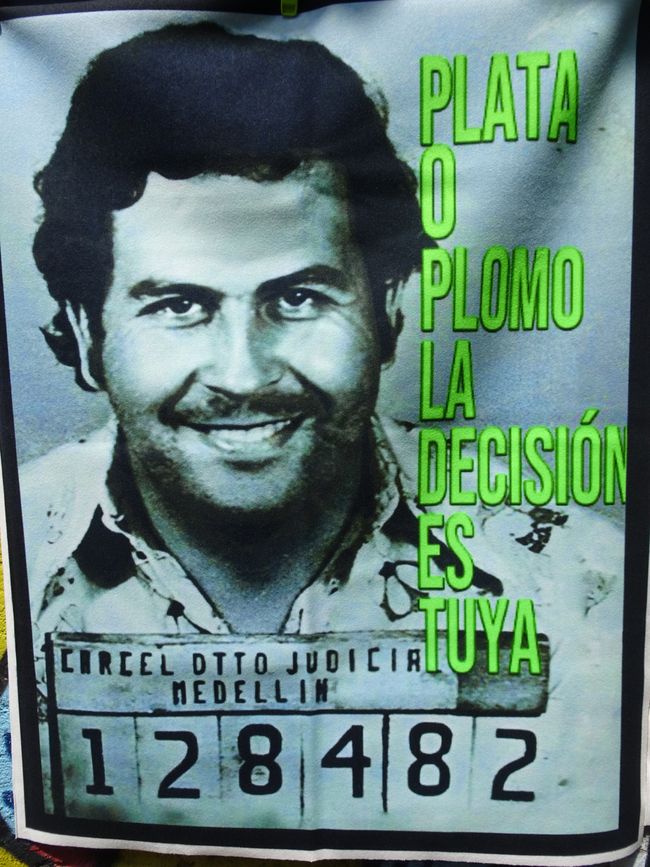
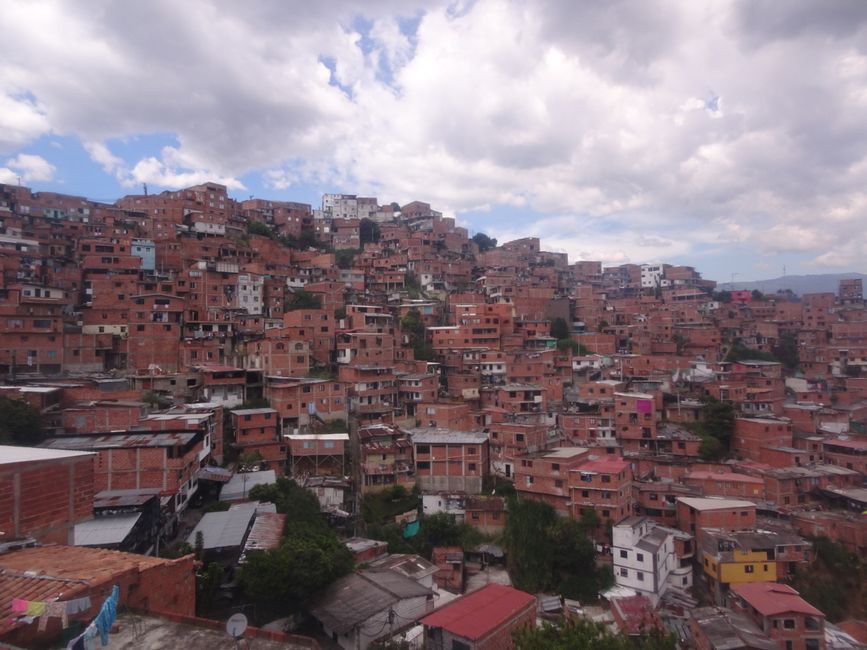
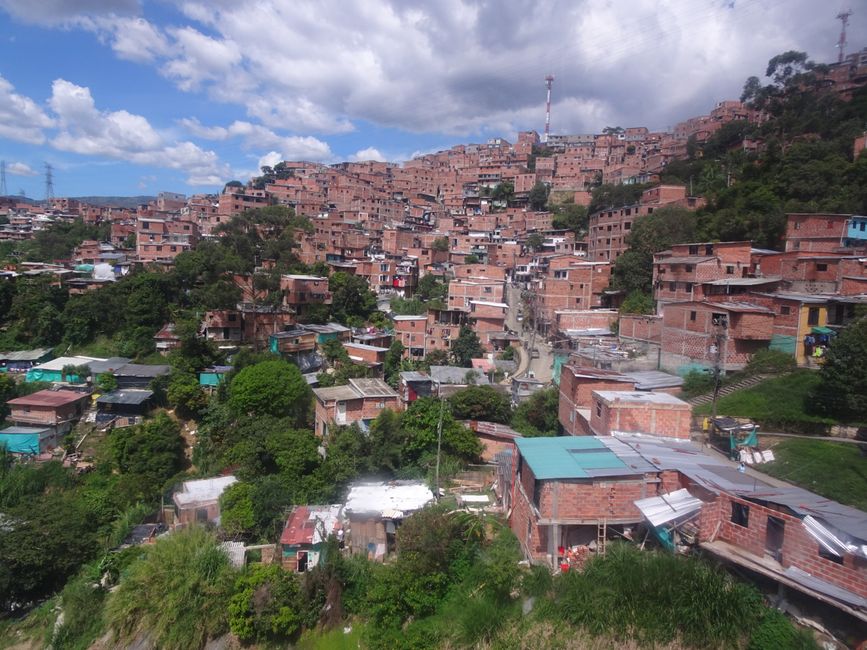
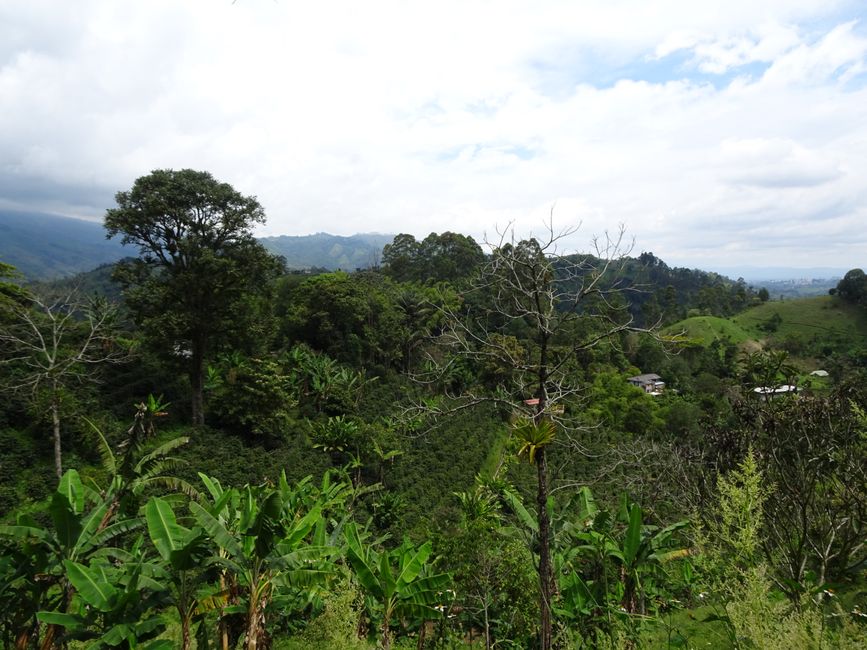
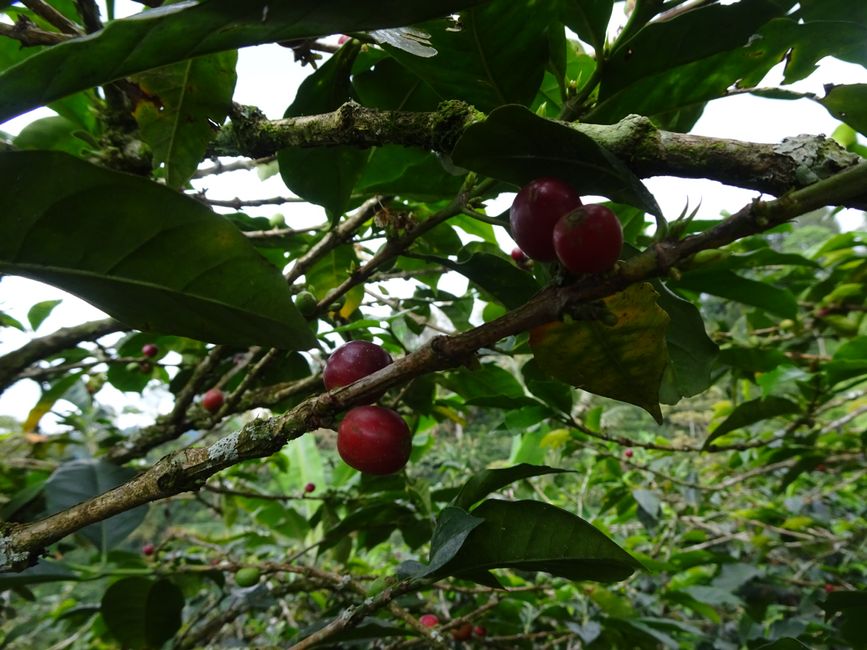
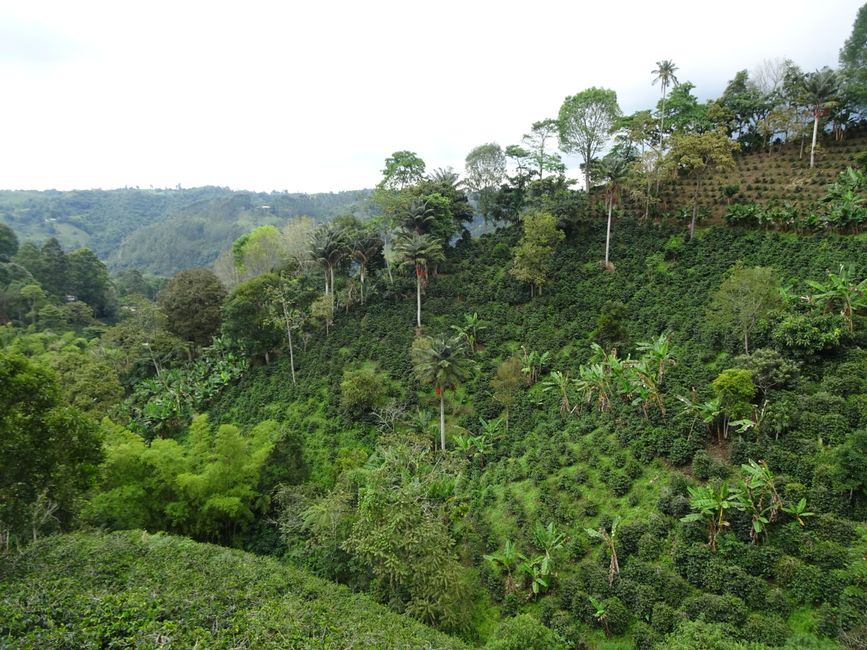
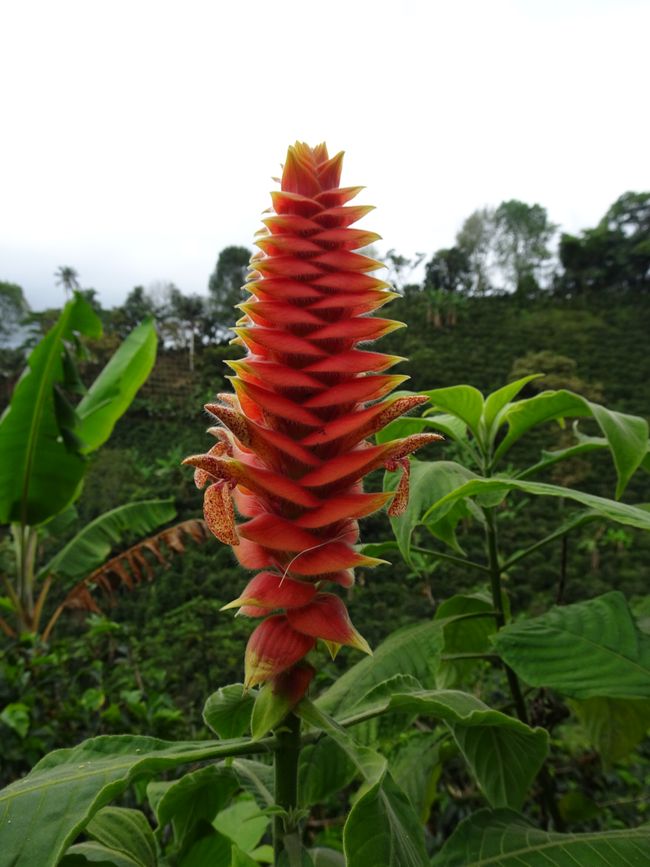
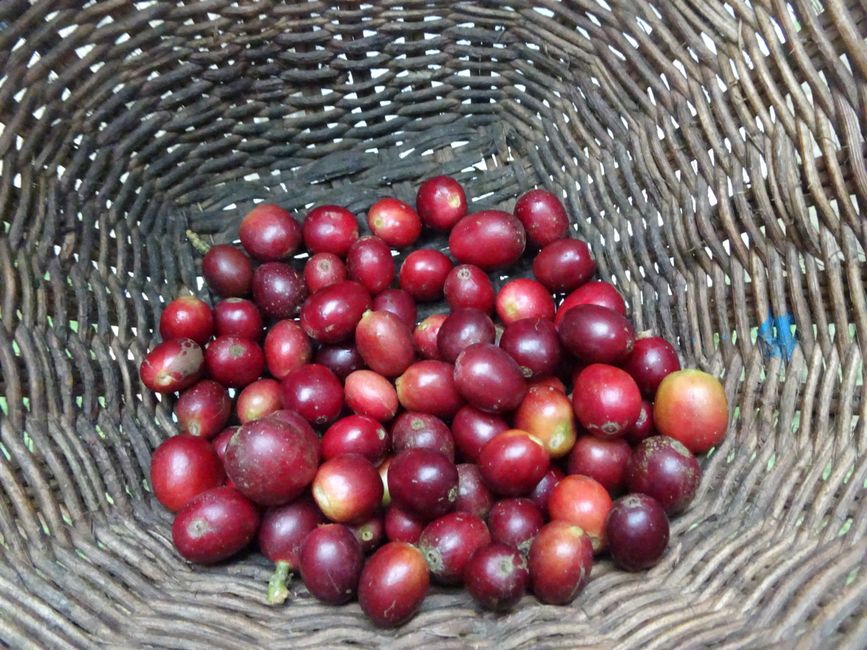
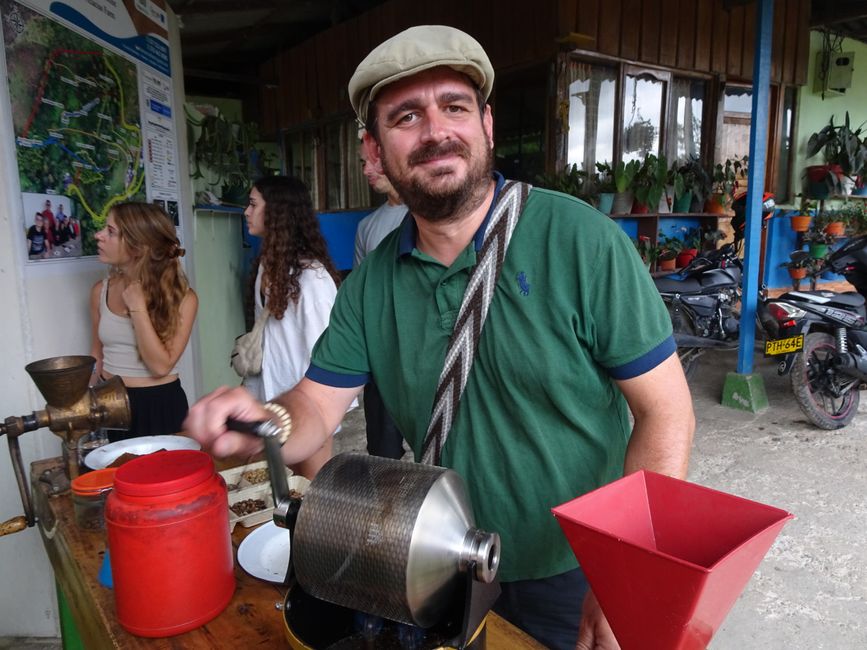
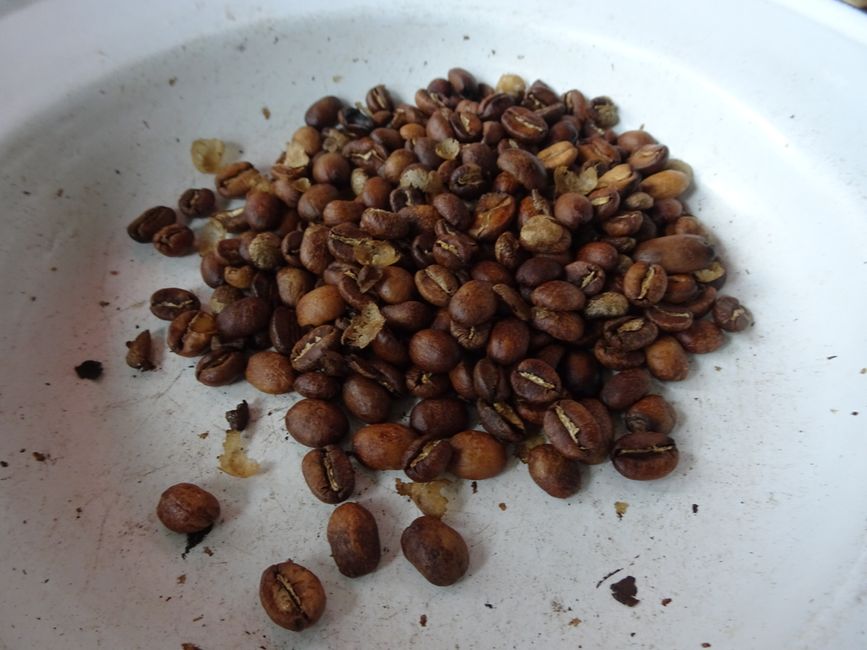
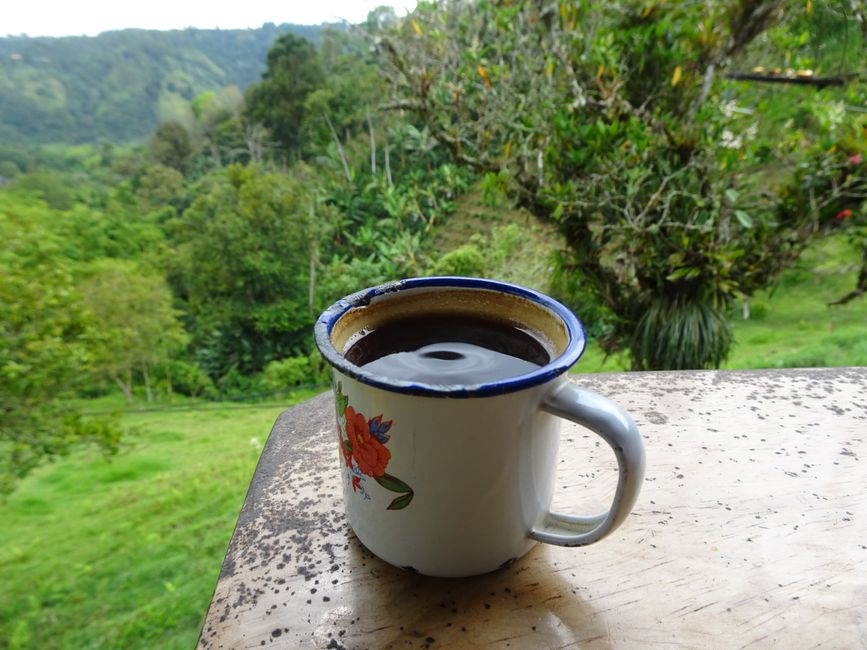
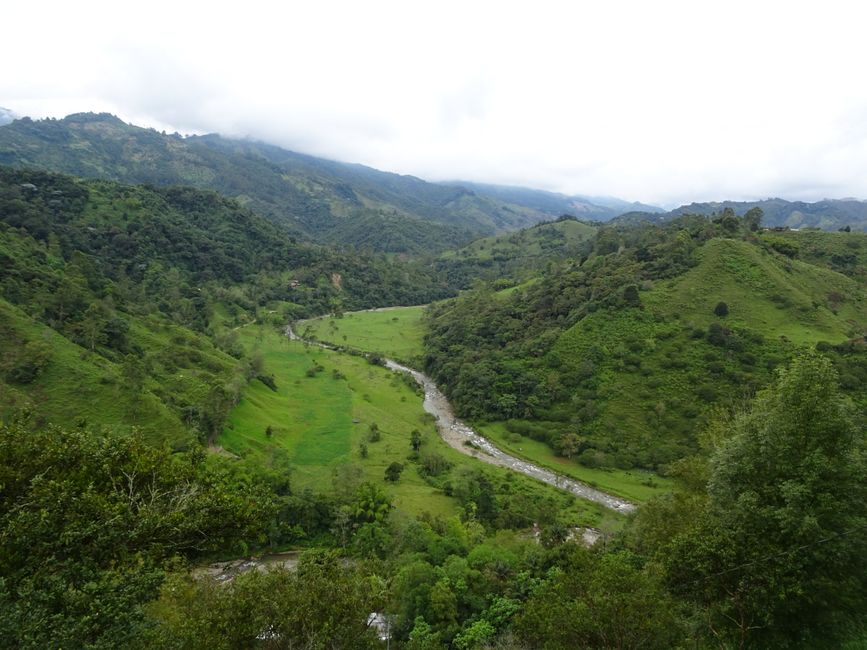
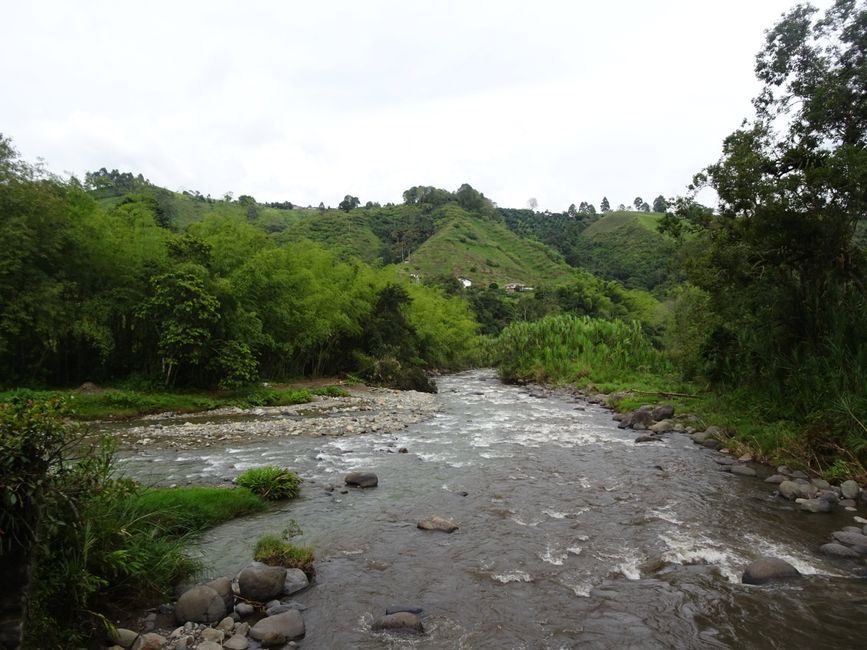
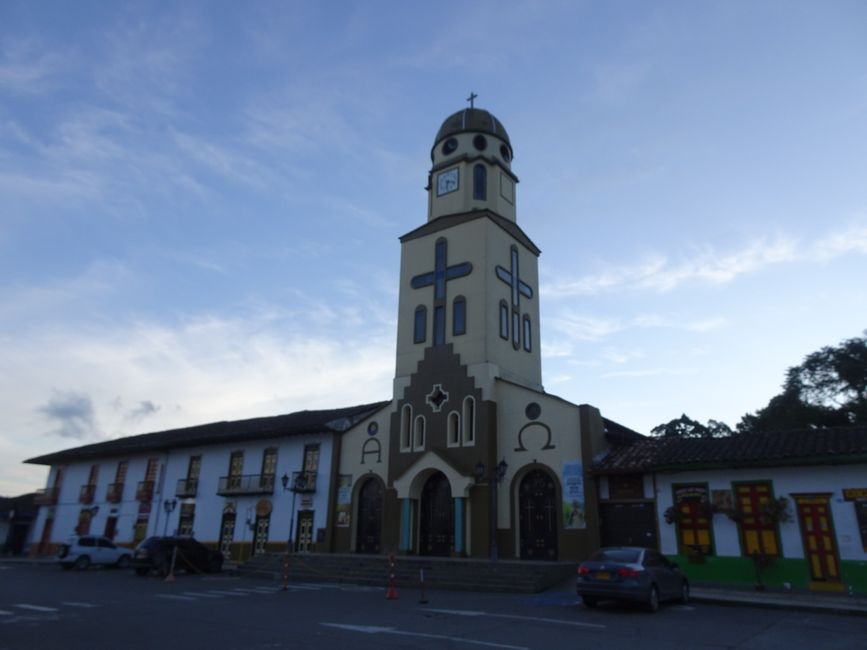
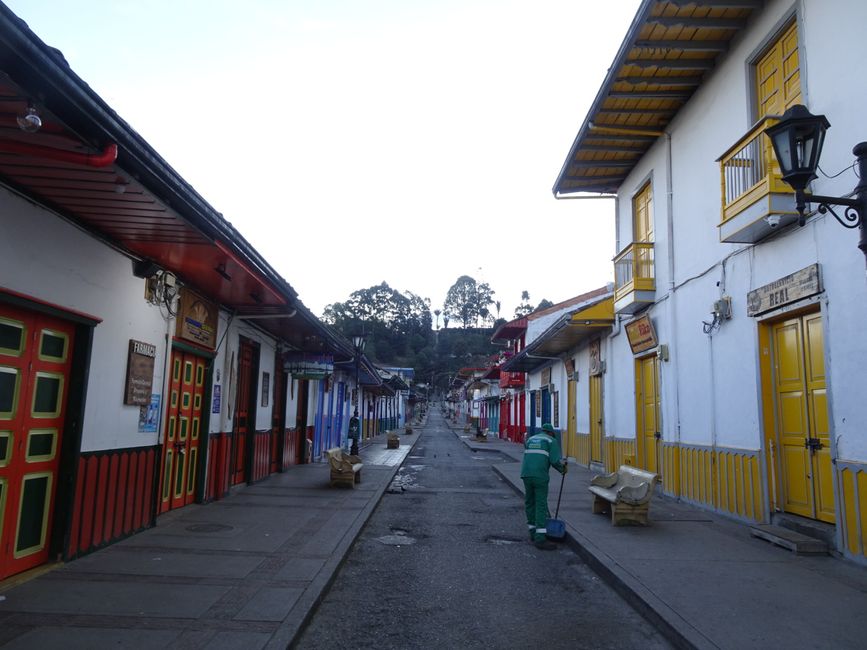
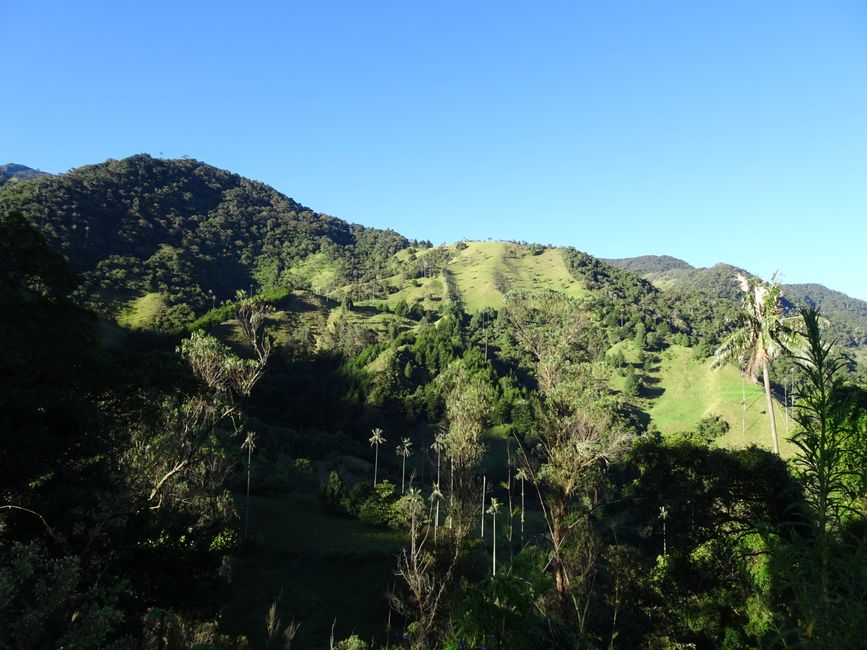
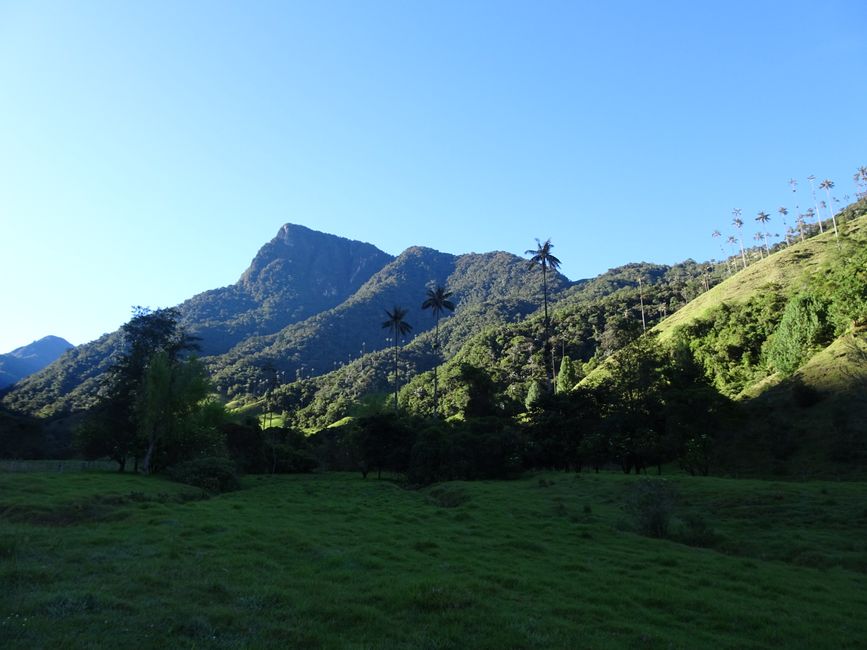
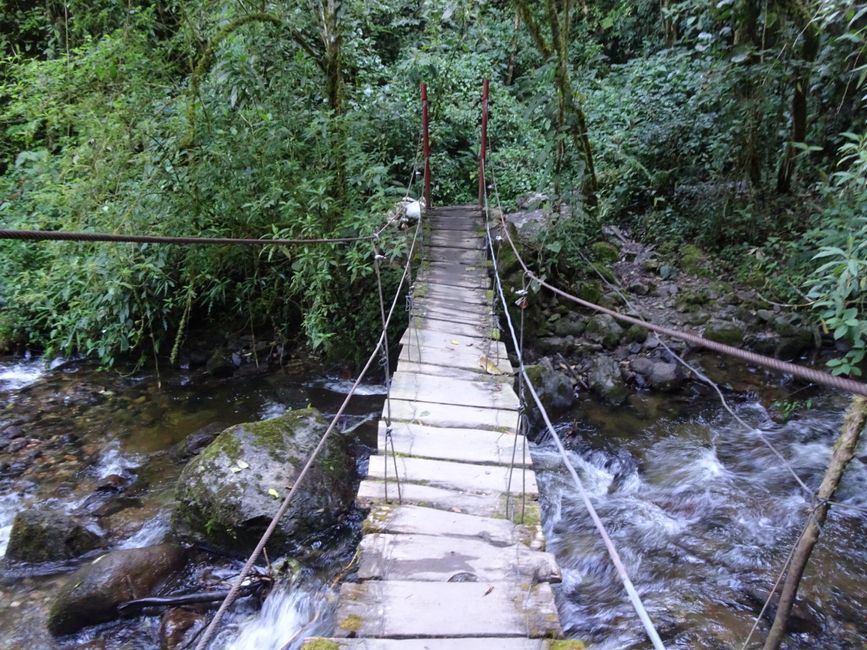
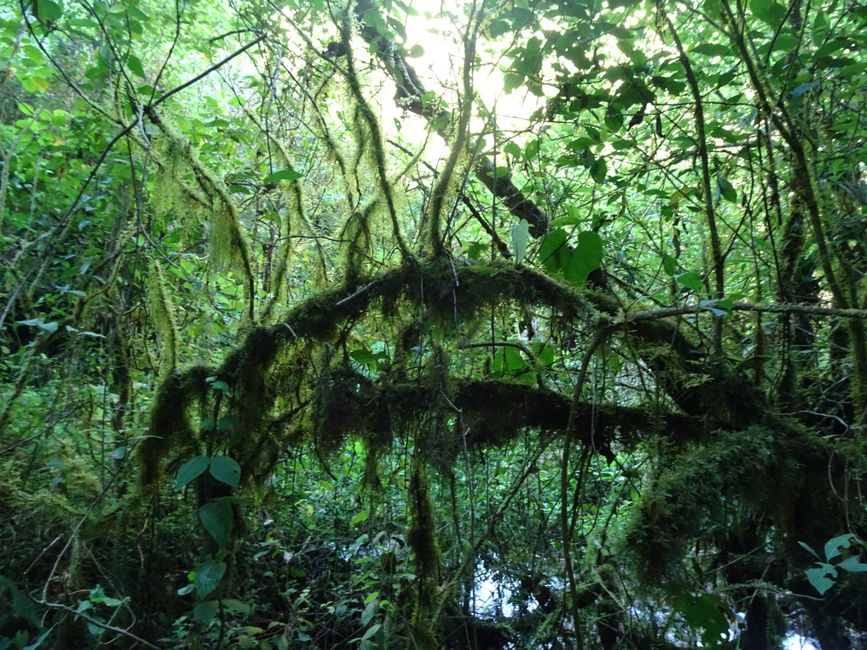
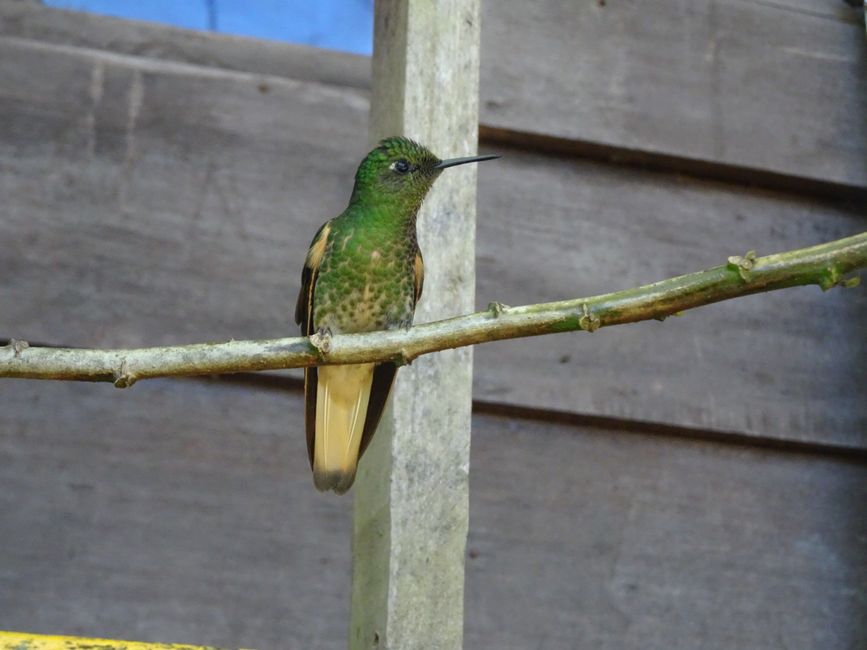
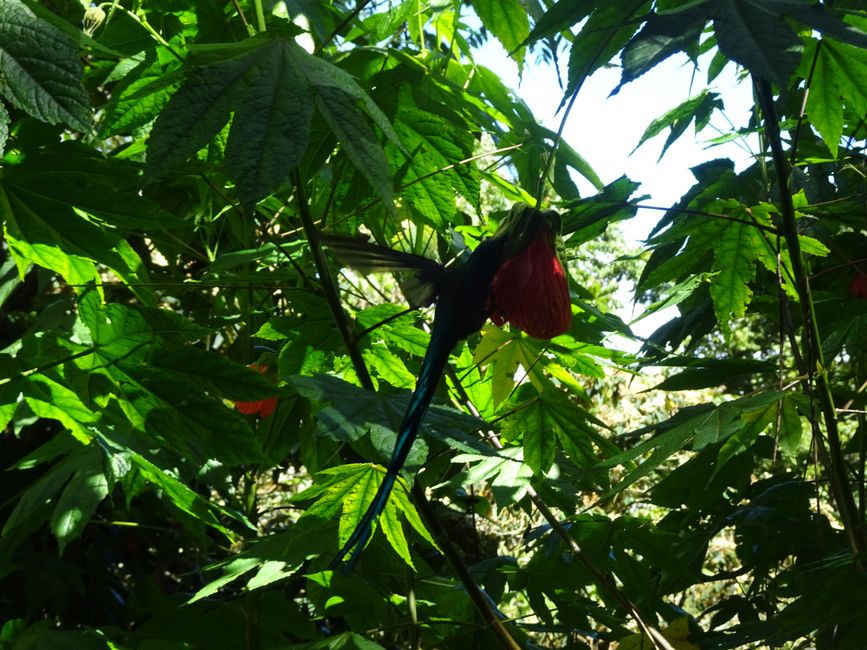
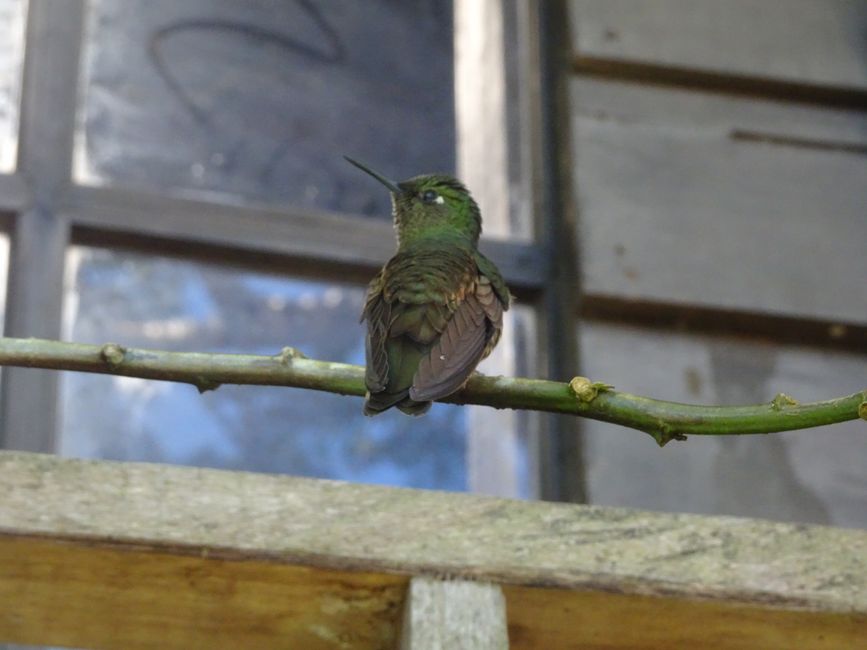
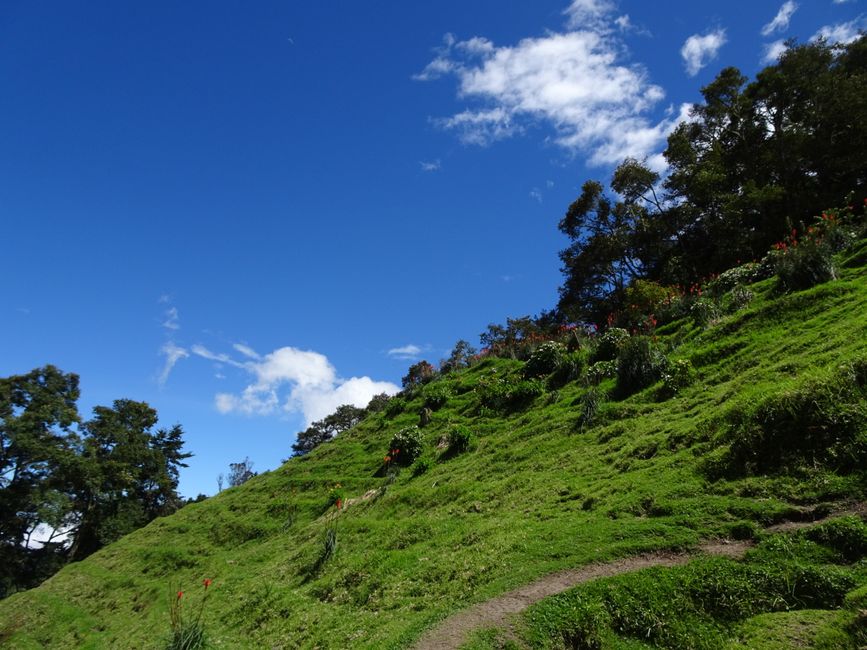
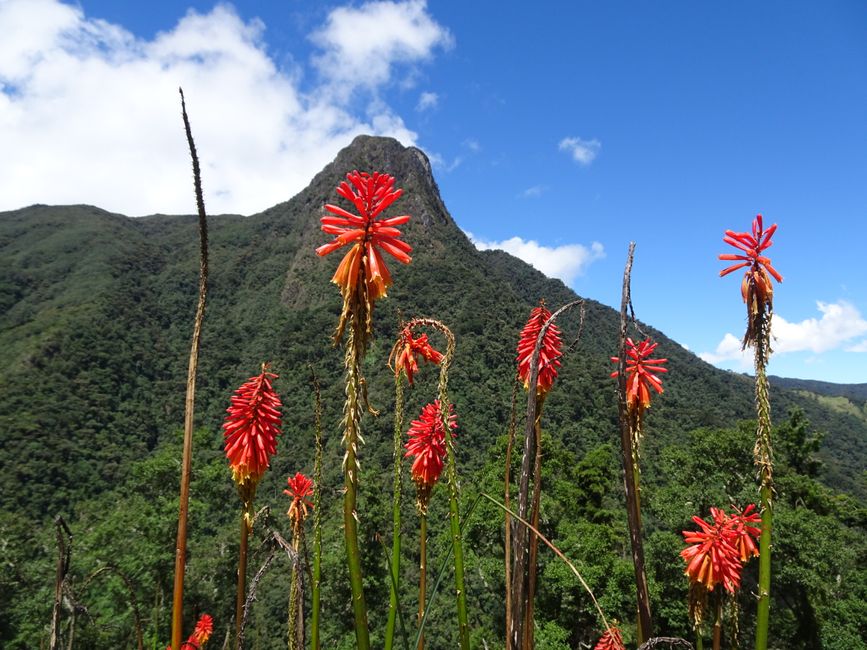
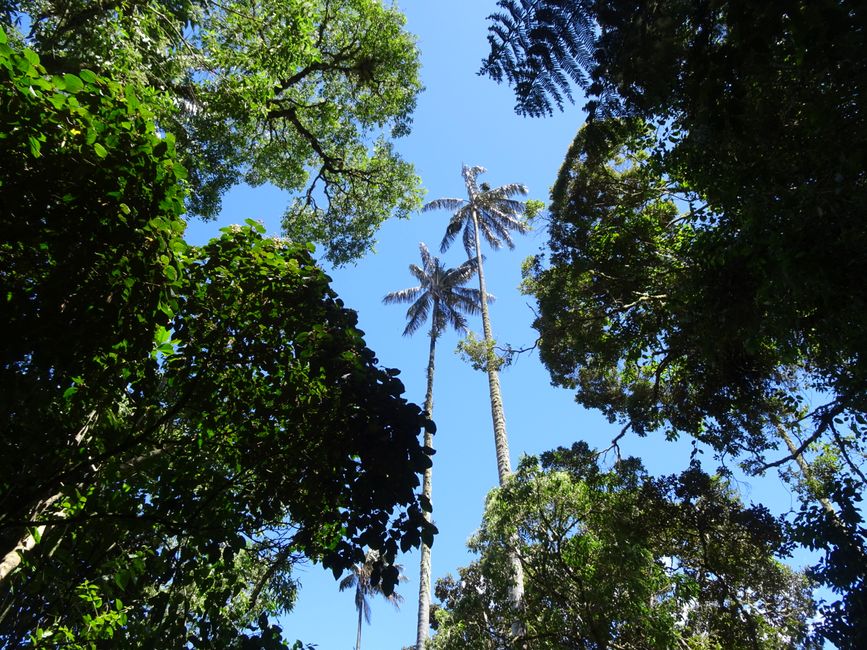
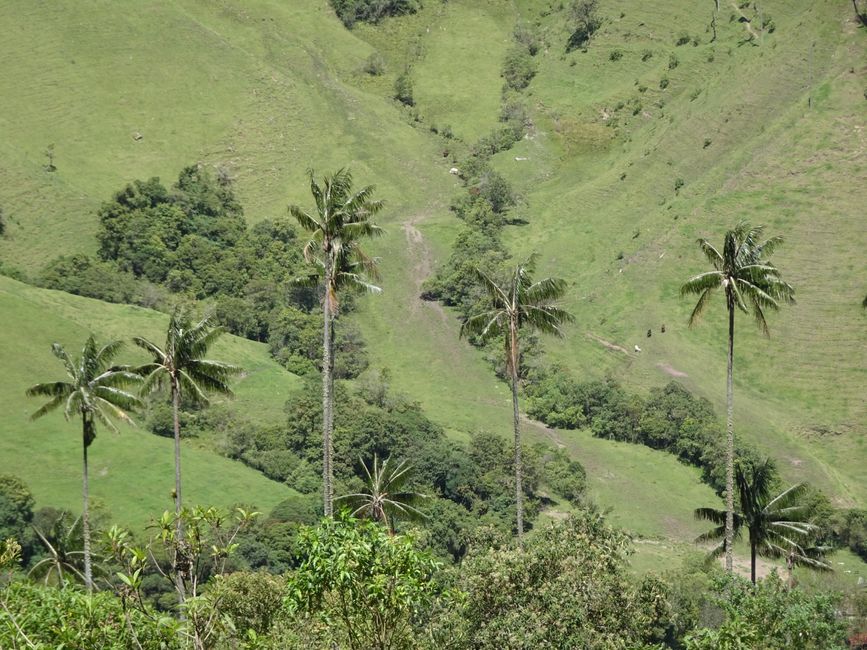
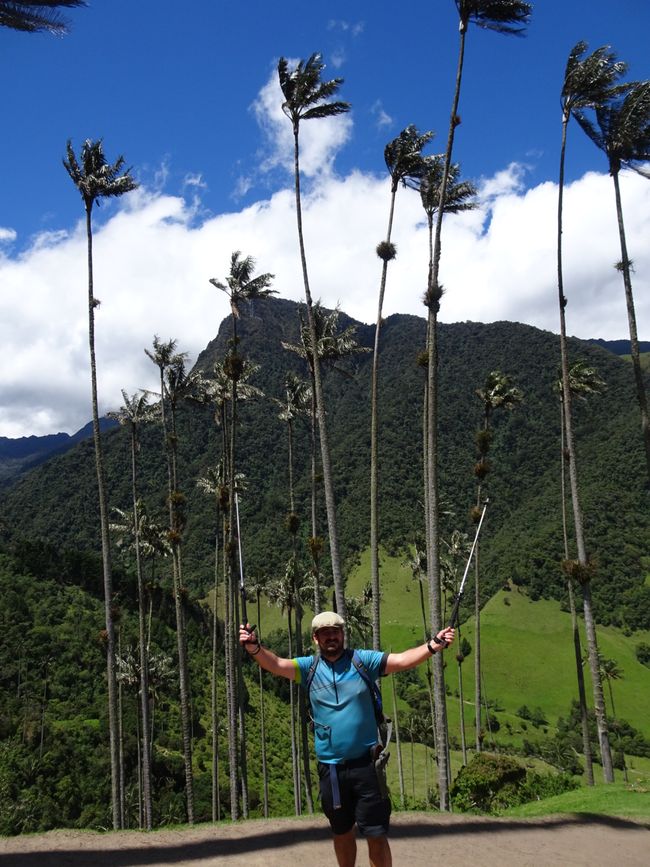
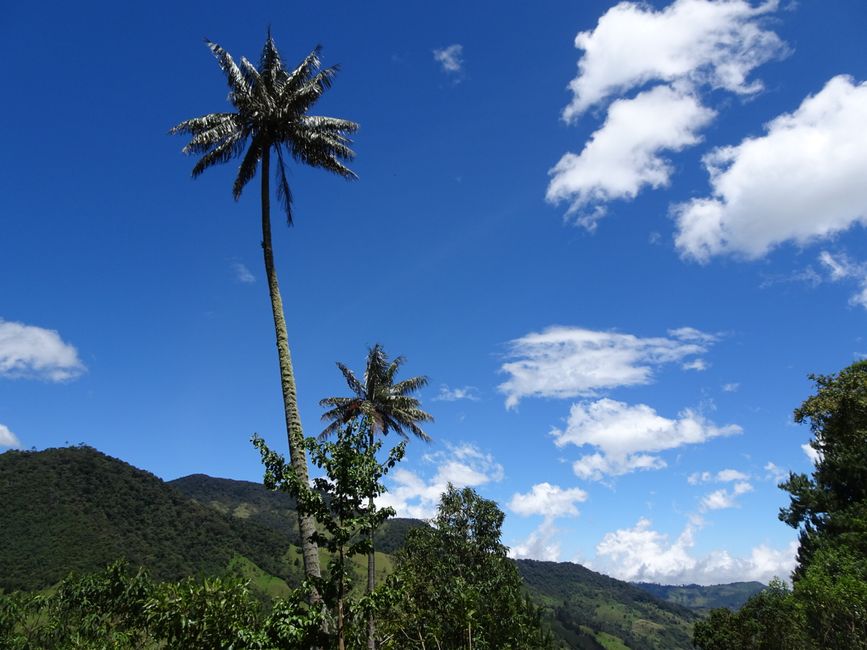
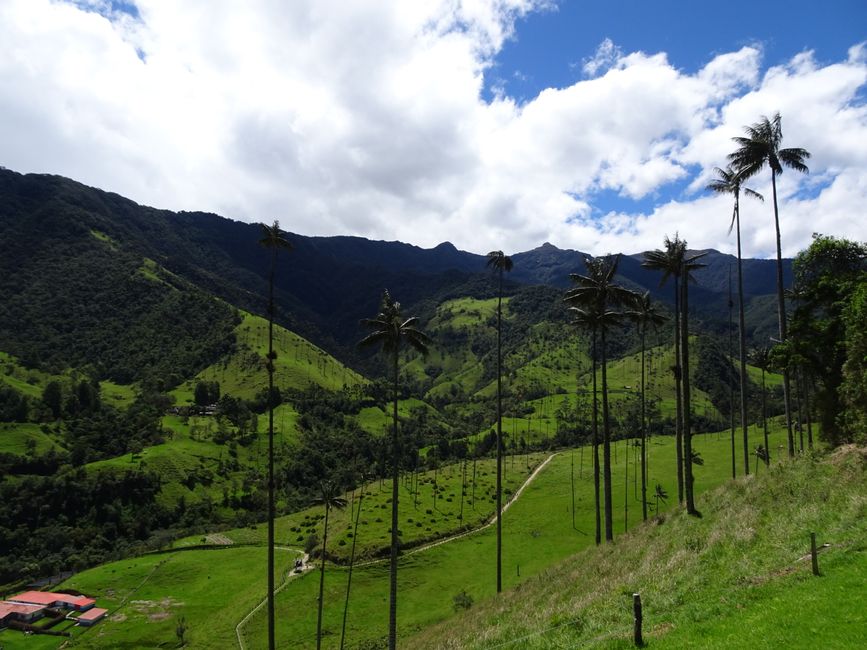
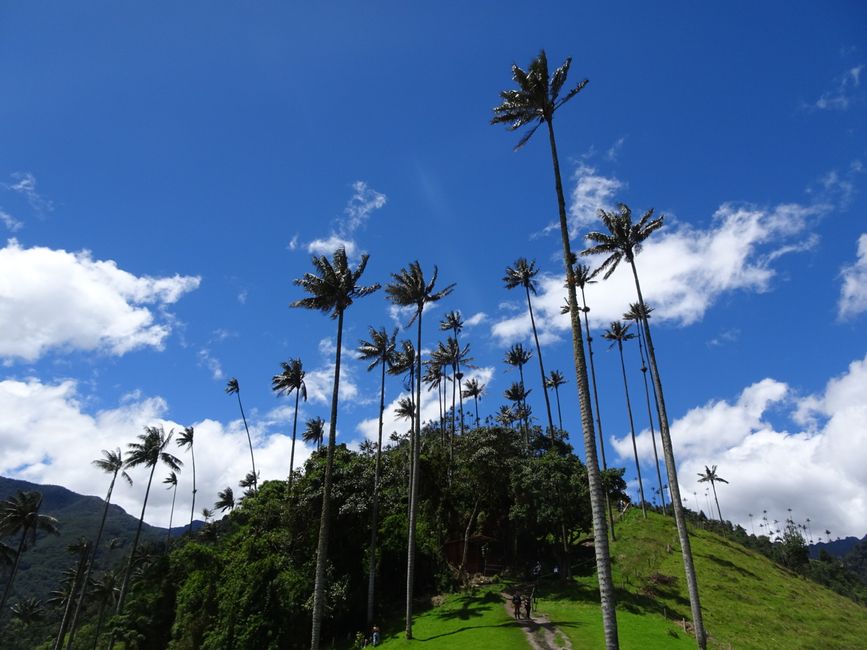
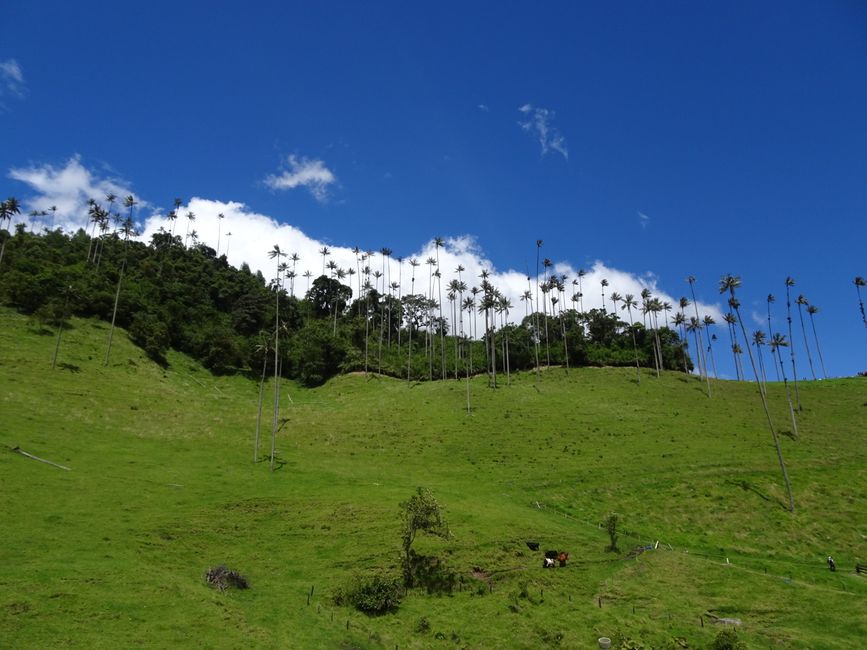
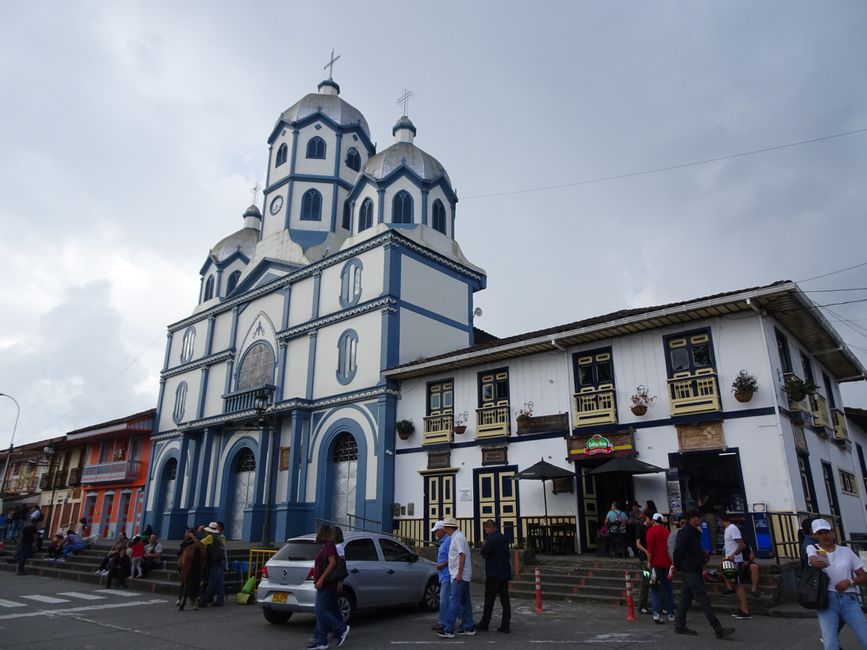
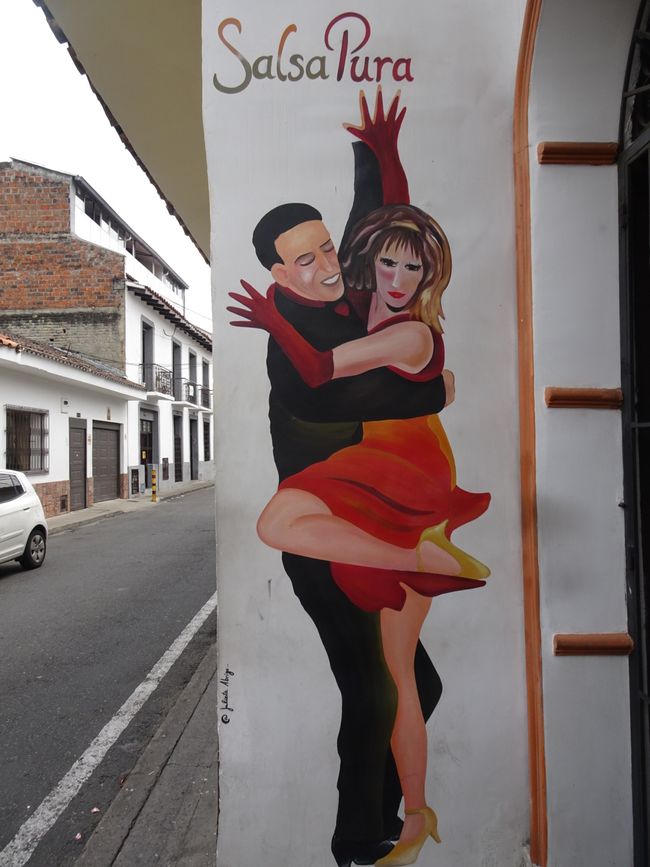
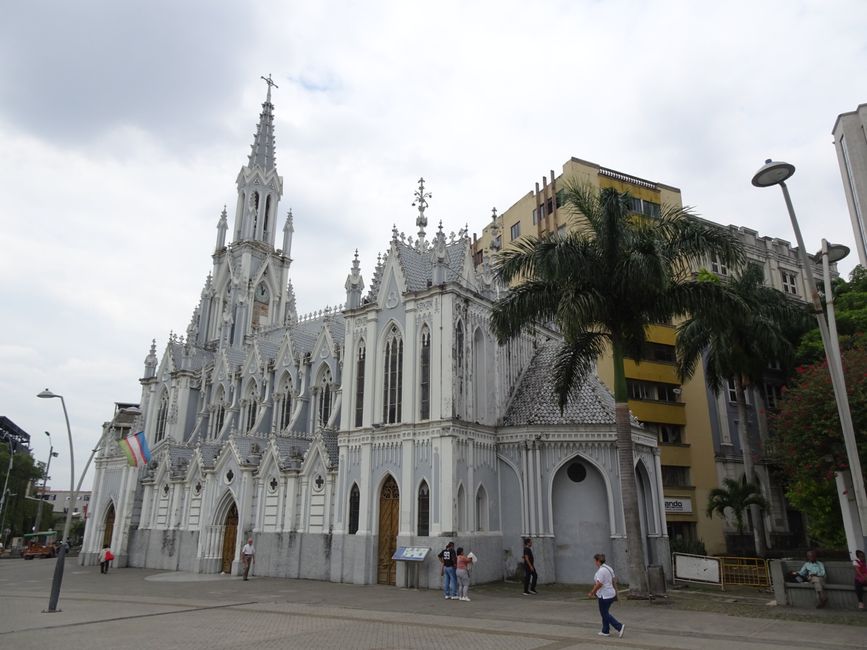
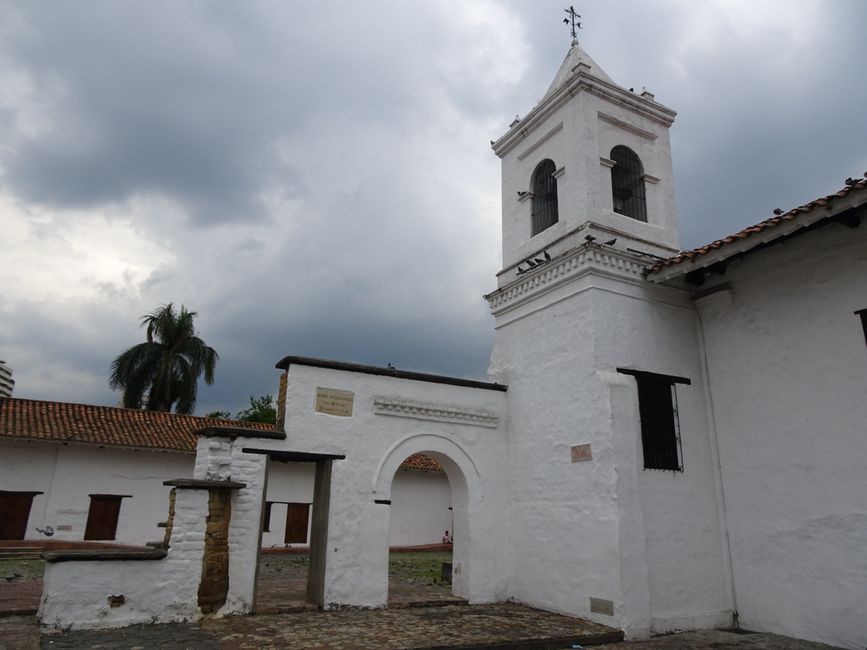
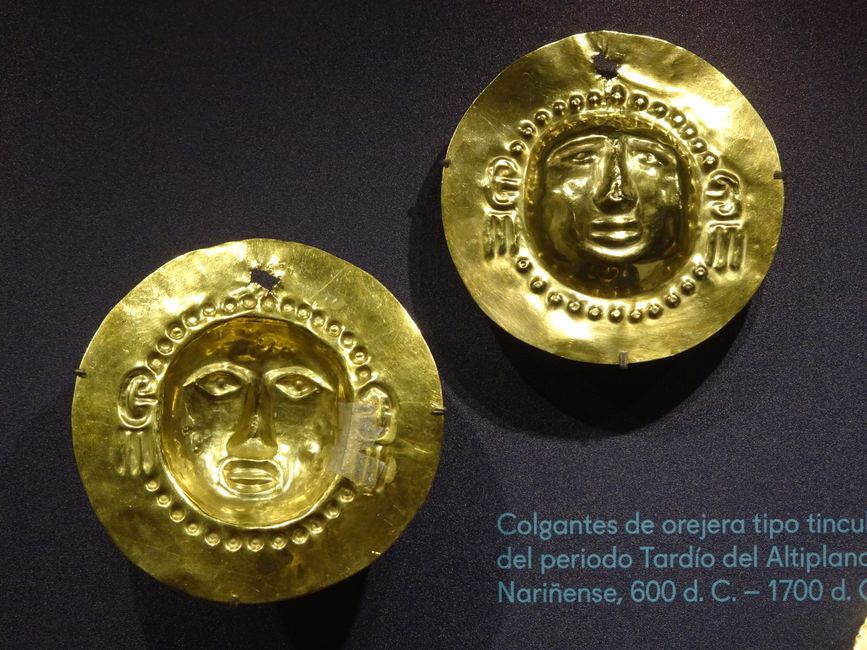
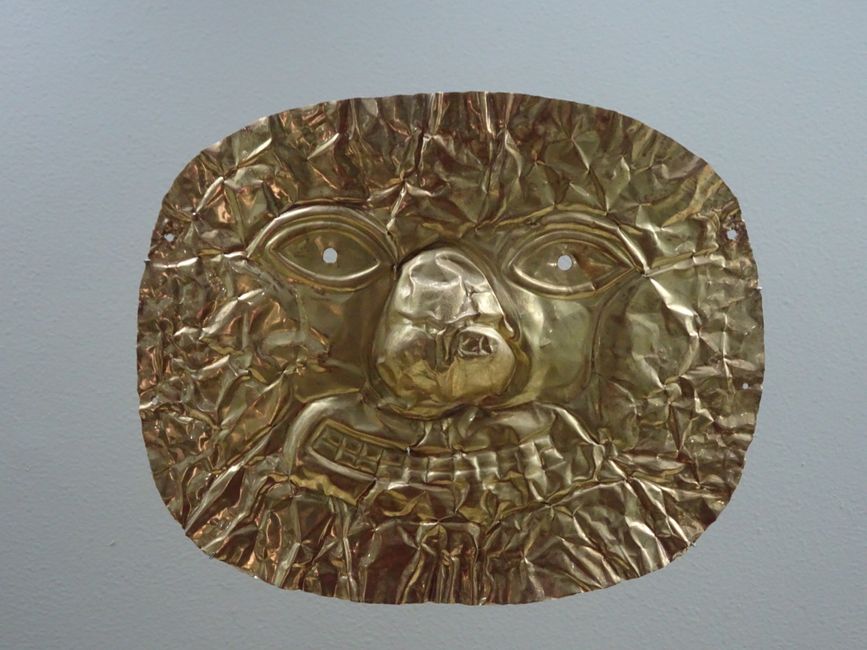
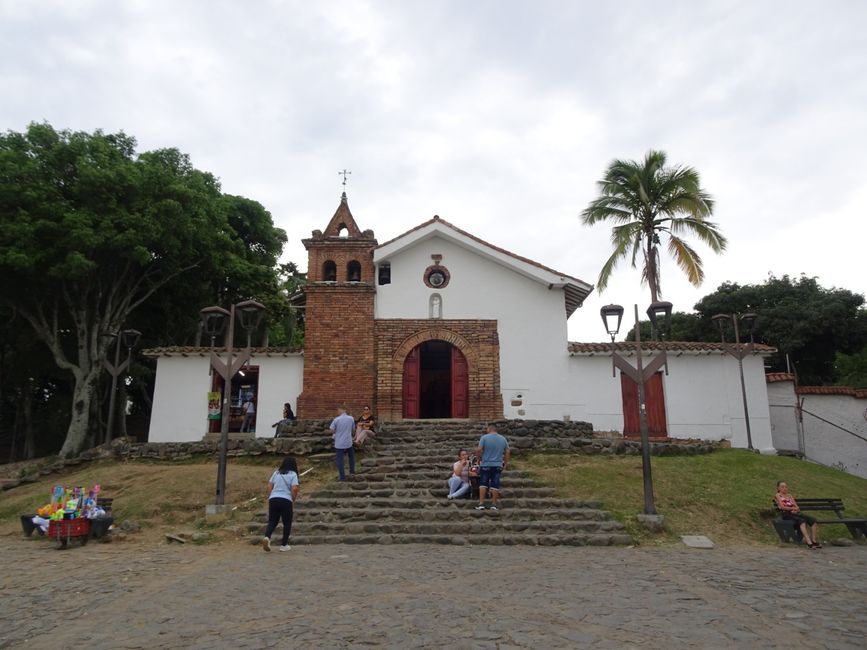
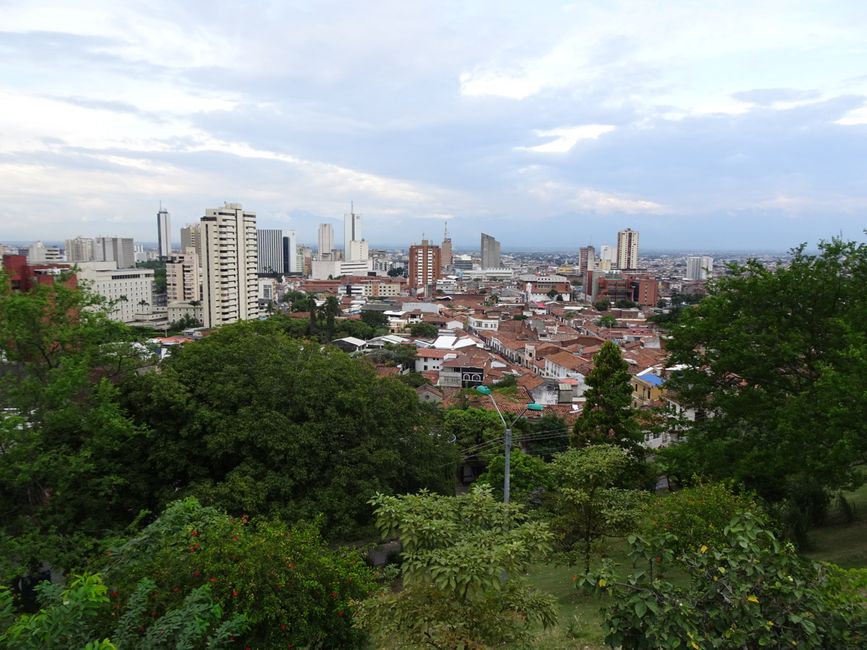
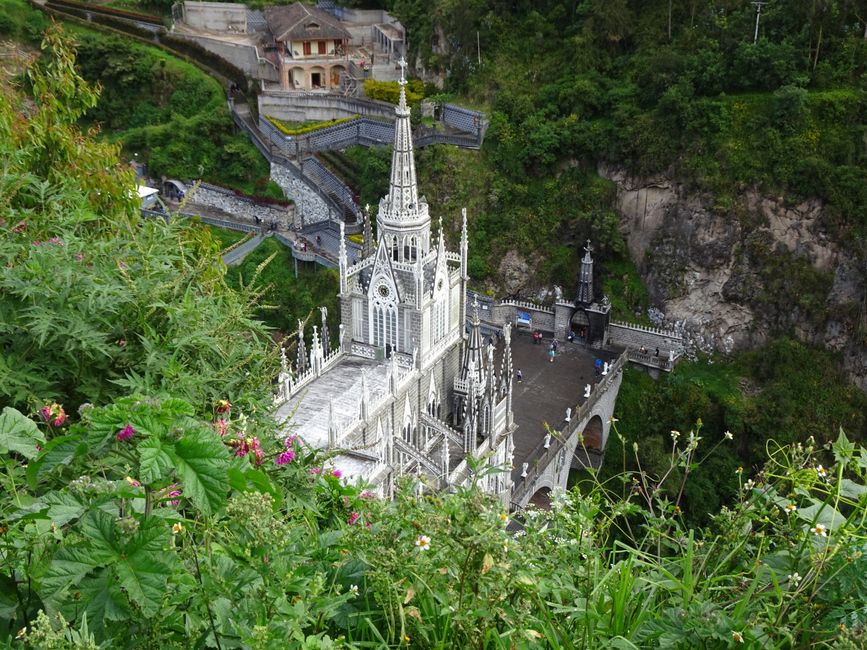
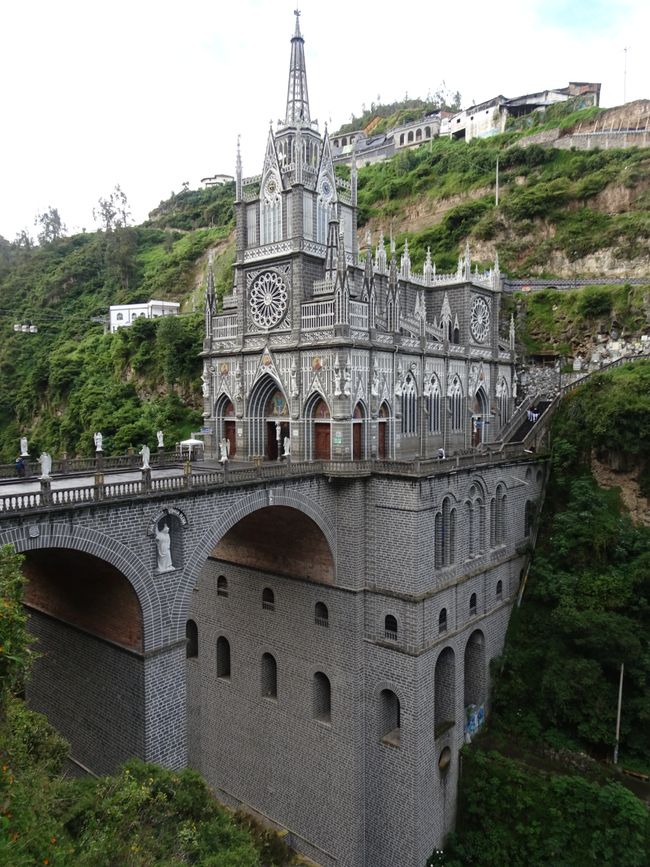
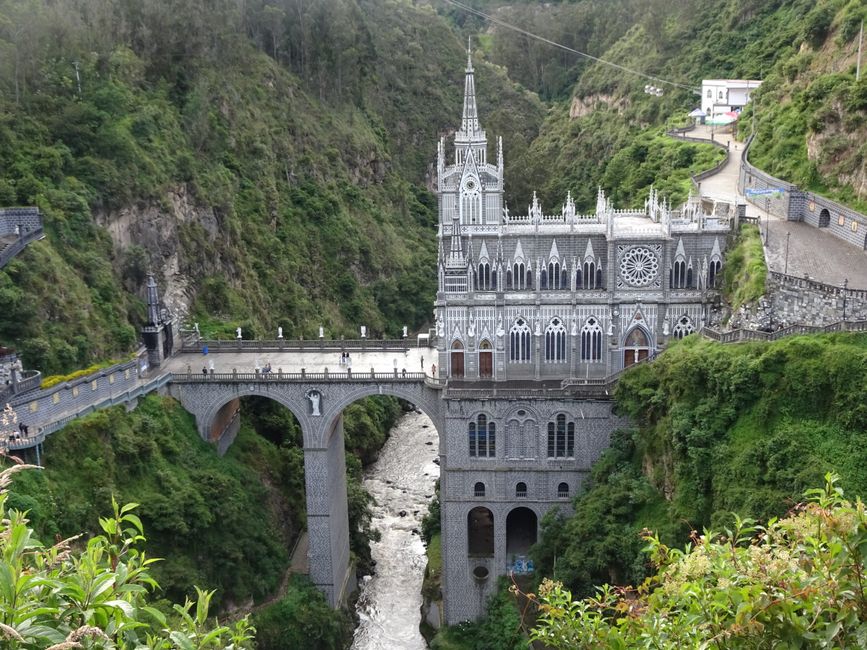
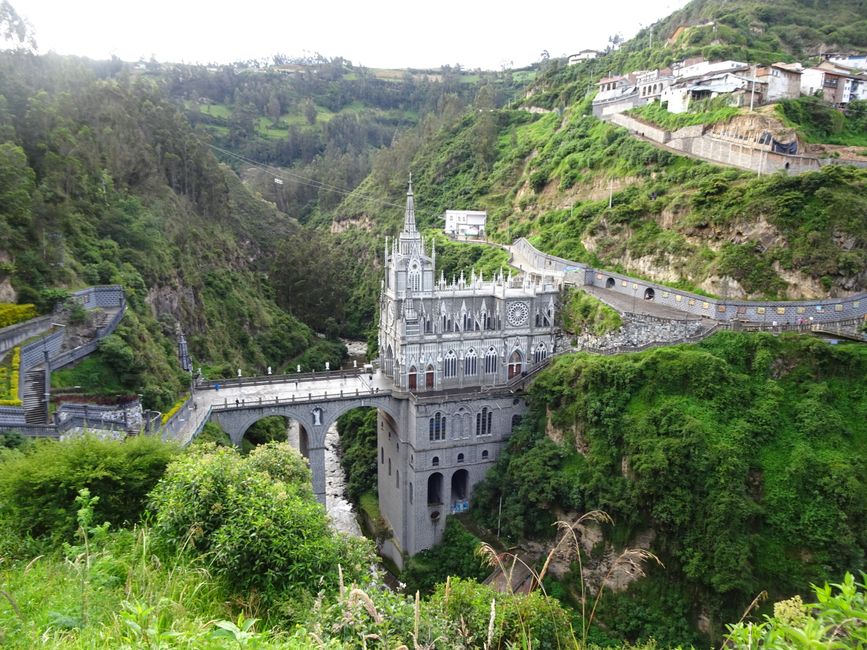
گېزىتلەرگە مۇشتەرى بولۇڭ
On the morning of May 17th, I arrived in Bogotá, the capital of Colombia, after a four and a half hour flight. I was picked up by Felipe, a young Colombian doctor who I have been friends with for 9 years. Felipe and his future wife Lorena, also a doctor, recently moved to a beautiful apartment near the city center where I stayed for five nights. This was the first time I met Lorena, as the last time I was here six years ago, Felipe and she were not yet together. This was my third time in Bogotá, so I took it easy and went on some shorter trips to the beautiful old town of La Candelaria, visited the Museo Botero, and went with Felipe to Cerro de Monserrate, Bogotá's 'house mountain'. Bogotá is located at an altitude of 2600 meters, so the climate there is not tropical at all. During the day, the temperature sometimes rises to just over 20 degrees, and it gets cool at night. Felipe and Lorena had to work sometimes, so I was also alone on some occasions. We were invited to have dinner at Felipe's parents' house twice, whom I already knew, as well as Felipe's brother and his wife. It was great to have something like a family life for a few days! Thank you very much!
Finally, on May 22nd, I said goodbye to Felipe and Lorena and took the overnight bus to Santa Marta on the Caribbean coast, the tropical part of Colombia with daytime temperatures reaching 35 degrees, night temperatures of 28 degrees, and high humidity. The bus ride was supposed to take 16 hours, but due to a roadblock and the resulting huge detour, it took me 26 hours to arrive on the evening of May 23rd. The next day, I visited the city, which I already knew from my trip to Colombia in 2016, and visited the Museo de Oro, the Gold Museum, and the final resting place of the national hero Simón Bolívar, who was instrumental in the liberation of Colombia from Spanish rule. Afterwards, I saw the statue of Carlos Valderrama in front of the city's stadium. Valderrama is considered the greatest Colombian football player of all time and is from Santa Marta. The next day, I visited the wonderful Tayrona National Park, a jungle that is directly on the coast. I went hiking and spent a night in a hammock. Then I returned to Santa Marta, where I had left my luggage, and headed to the mountains, specifically the town of Minca at an altitude of about 800 meters. It was slightly less hot there than on the coast. When I arrived there, I had to do without electricity. A thunderstorm had knocked out the power supply. The next day, I went on two shorter hikes to two nearby waterfalls. You could also swim at the first one. The next morning, I went on a three-hour hike with a local ornithologist to observe birds. We saw a variety of birds, over 40 different species in total. The toucans were certainly the most beautiful. After that, I took the bus to Cartagena via Santa Marta, which is probably the most beautiful city in Colombia. I already visited Cartagena in 2016 as well. The old town is almost completely surrounded by a Spanish city wall and if you're unlucky, it can be crowded with passengers from cruise ships. Fortunately, that was not the case. However, I only planned for a longer city tour a week later, as I flew to the island of Providencia the next morning, May 29th. Providencia, a Caribbean island near the coast of Nicaragua, is part of Colombia. The population on both islands is predominantly dark-skinned and the people speak an interesting mix of Spanish and English. Providencia is known as a diving paradise, which was the main reason for my visit. I spent a week on this beautiful island, which is still recovering from the hurricane damage in 2020, and did a total of eleven dives. The coral reefs here are very healthy, and I saw sharks from a very close distance like nowhere else. I got along well with the other diving tourists, and we spent several evenings together. The diving school 'Anda ti Wata', run by a local and a Swiss woman, is highly recommended. Additionally, there are many birds and iguanas to observe on the island and the neighboring island of Santa Catalina. The most beautiful iguanas are completely blue, but unfortunately, I was unable to photograph them.
On June 5th, I flew back to Cartagena, where I met Dimitri, one of the other divers from Providencia. We strolled through the city and had a meal at an Asian restaurant. The next day, I visited Castillo San Felipe, a Spanish castle just outside the old town, a park where you can see monkeys and even sloths, and the beautiful old town with several museums. The city was not very crowded, there were no cruise ships in the harbor. As beautiful as the city is, unfortunately, there is a lot of poverty outside the old town. In the evening, I took the overnight bus to Medellin and once again, I had bad luck! We had to wait for three hours due to a roadblock before we could continue. So, it was already noon when I checked into my hostel. Most backpackers stay in El Poblado, a neighborhood in Medellin with many bars and restaurants. But there is no authentic Colombian city life there, so I chose a hostel in the city center. On June 8th, I visited the Museo Casa de la Memoria, which commemorates the countless victims of the decades-long conflict in Medellin. For many years, Medellin was one of the most dangerous cities in the world outside of war zones. And it was not just because of the Medellin Cartel and Pablo Escobar! But Medellin is not only a city of decades of violence but also the city of the most famous South American visual artist of the present, Fernando Botero! Many of his slightly 'plump' artworks can be seen here in the Museo de Antioquia and outdoors on the Plaza Botero. The next day, I took part in a 'Free Walking Tour', a city tour that is actually free and you give a tip at the end depending on the quality of the tour. Our tour was good and took us to Comuna 13, one of the formerly most feared neighborhoods, where peace has been restored in recent years and it has become a tourist attraction. Unfortunately, it was not entirely clear during the tour why this area has truly become peaceful. Then I took the Metrocable, a cable car that passes through actual slums. While Medellin has improved significantly, there is still a lot of work to be done!
In any case, I was glad when I left Medellin on June 10th towards Salento, a small town in the Zona Cafetera, the most famous coffee-growing region. There, I went on two hikes over the next two days, one hike directly into the coffee zone, where I also visited a coffee finca as part of a tour, and another hike to Valle de Cocora, where 60-meter tall wax palms still grow at an altitude of almost 3000 meters. There are many hummingbirds there! In the afternoon, I took a short trip to the town of Filandia. Overall, I really liked this area.
Finally, on June 13th, I continued to Cali, the second-largest city in Colombia. Similar to Medellin, this city also had to deal with great violence, and the situation has also improved. My accommodation was in the picturesque neighborhood of San Antonio, from where the not-so-picturesque city center is within walking distance. I visited the few tourist attractions on June 14th before taking the overnight bus to Ipiales on the Ecuadorian border in the evening. Ipiales has nothing to offer except for the Las Lajas Sanctuary Church in a spectacular location. If you like grilled guinea pig, you'll enjoy it here. Originally, I wanted to climb the El Azufral volcano from here, but the weather forecast for the next day was so bad that I decided to cross the border to Ecuador a day earlier, on June 16th.
Conclusion: I don't need to emphasize that I liked Colombia. After all, it was my third time here. The country is beautiful, incredibly diverse, and the people are very hospitable. The improved security situation is encouraging. Unfortunately, there is still a lot of poverty in the cities.
گېزىتلەرگە مۇشتەرى بولۇڭ
جاۋاب
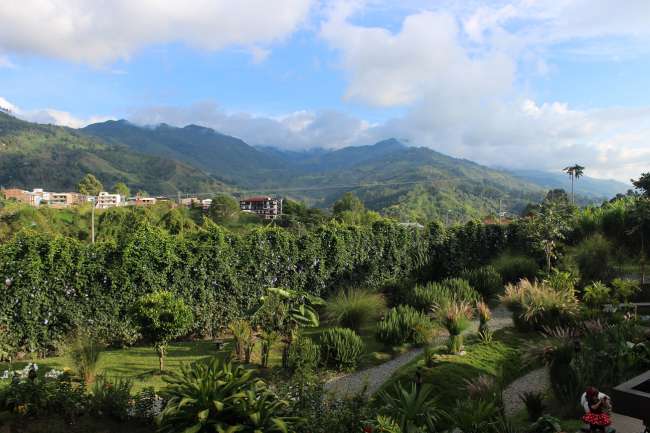
ساياھەت دوكلاتى كولۇمبىيە
